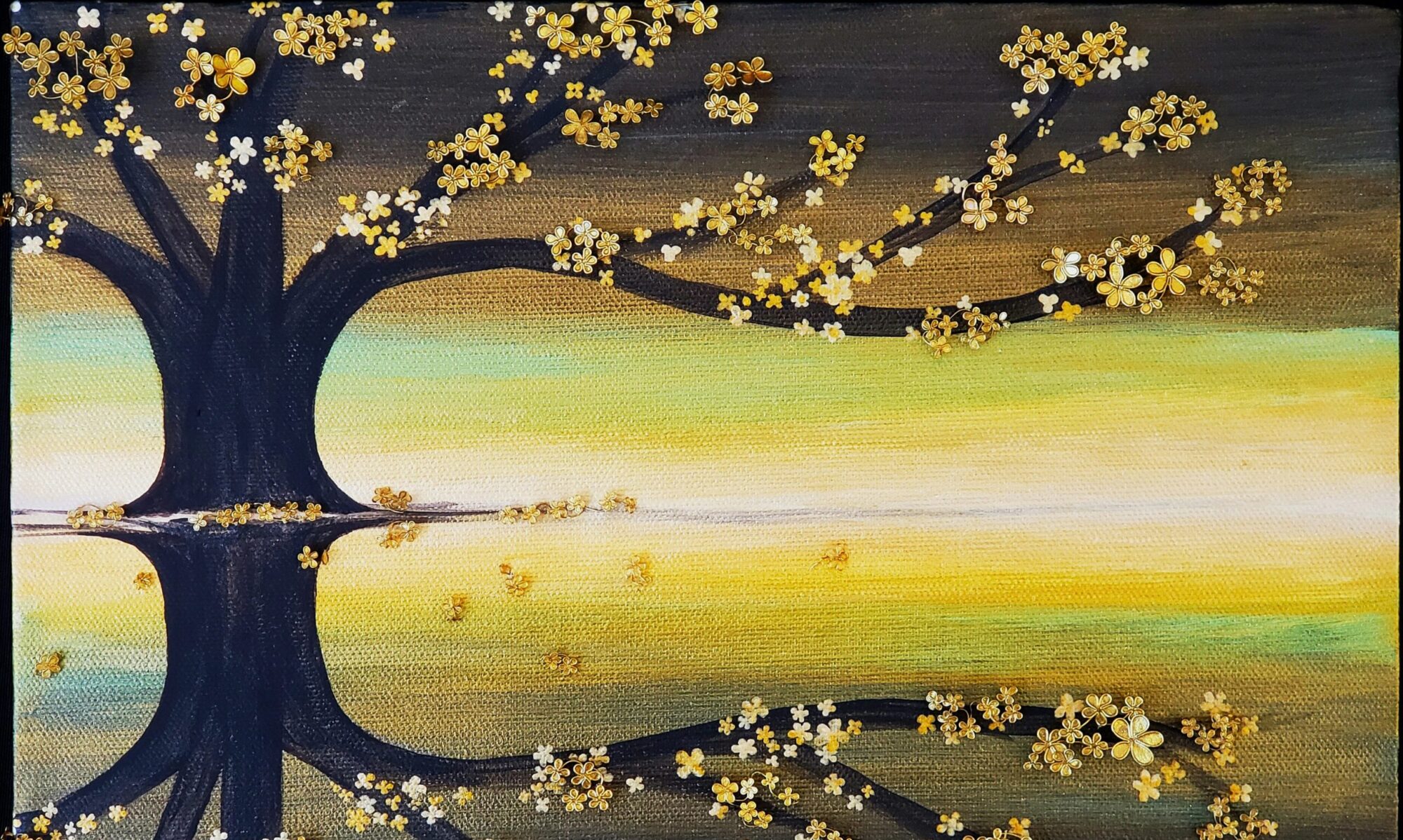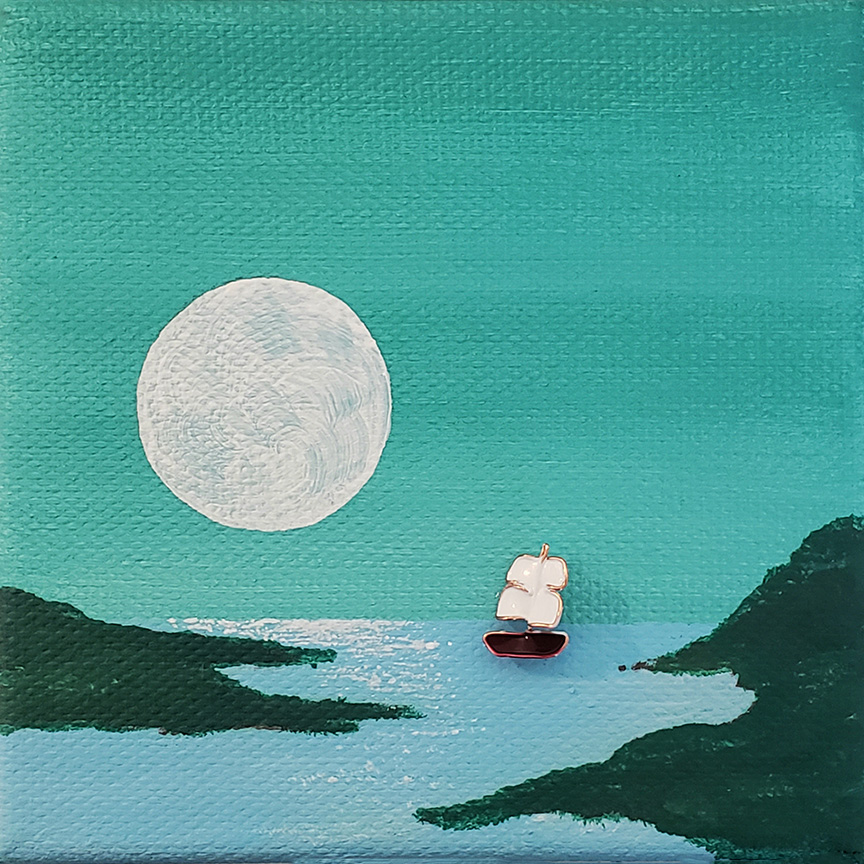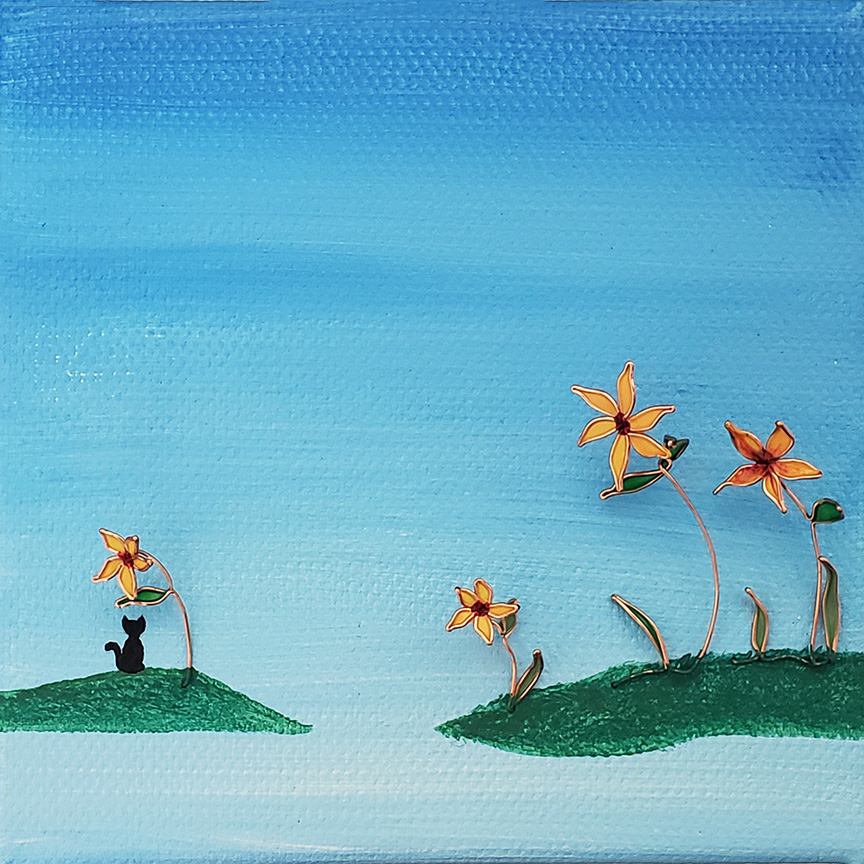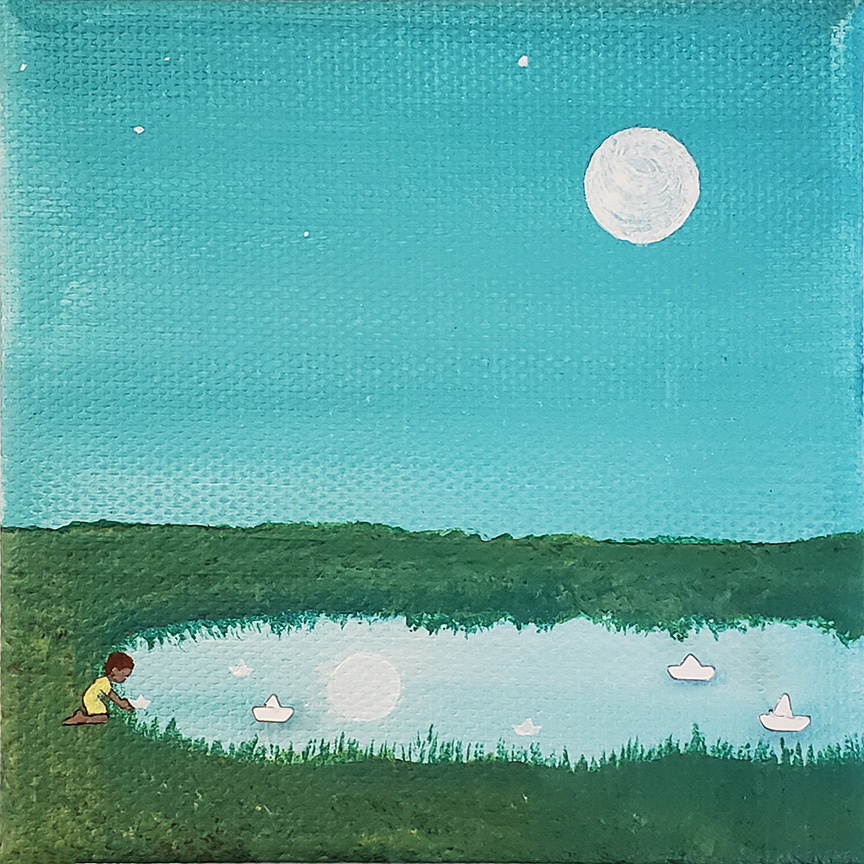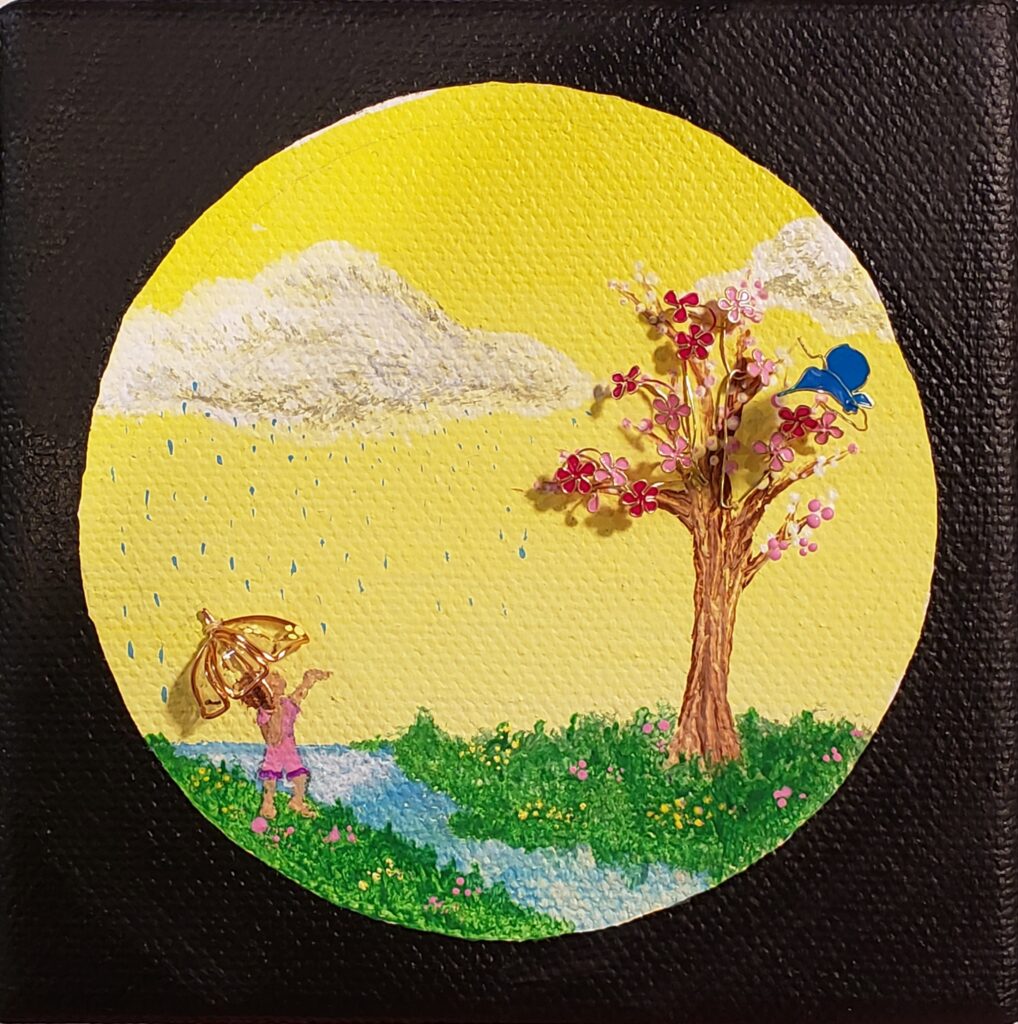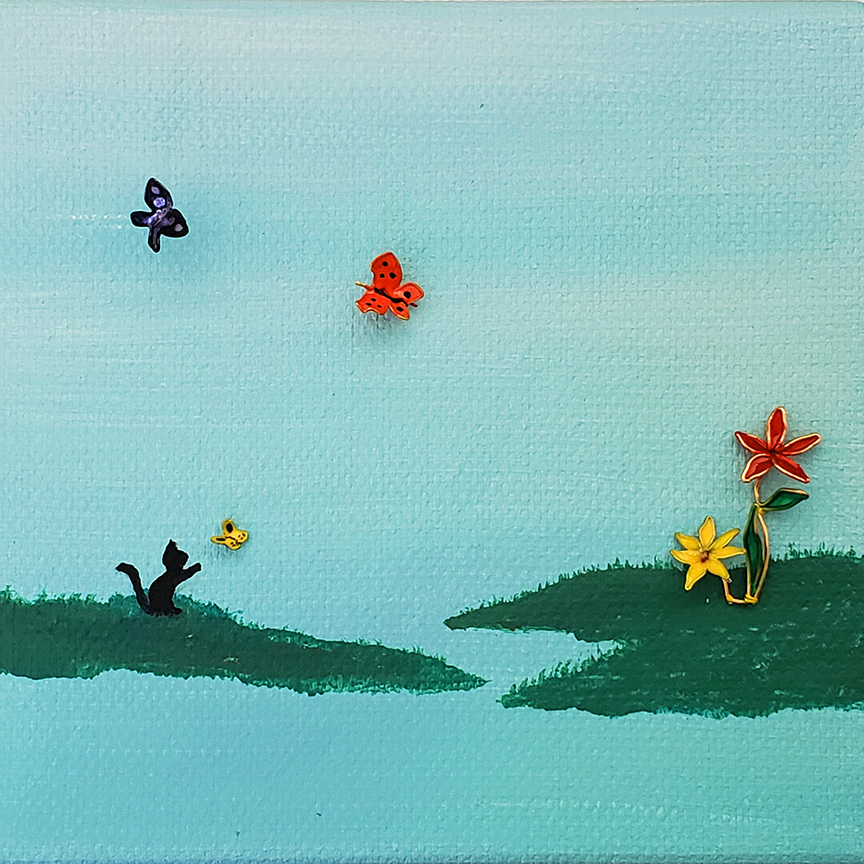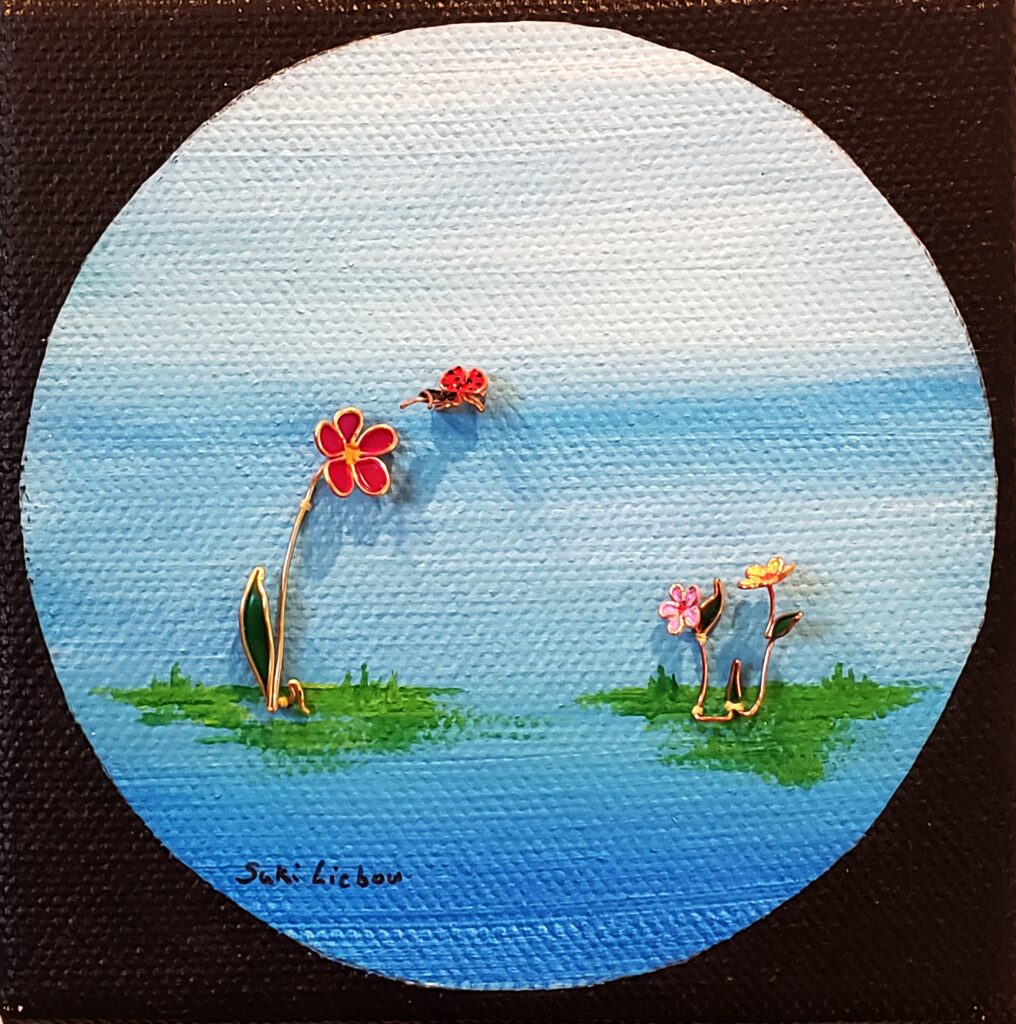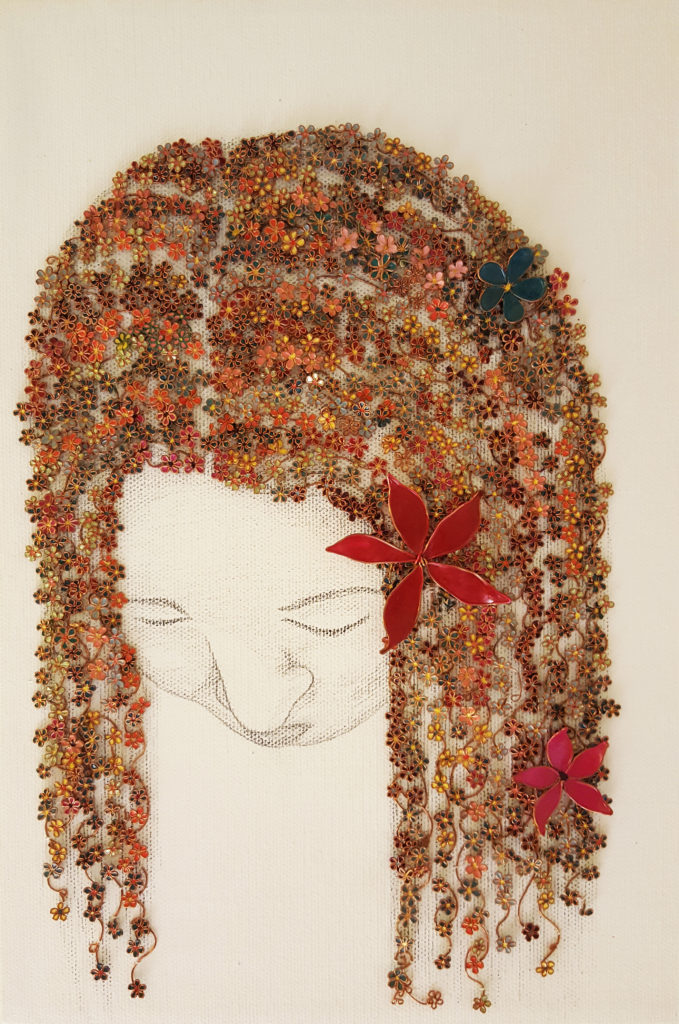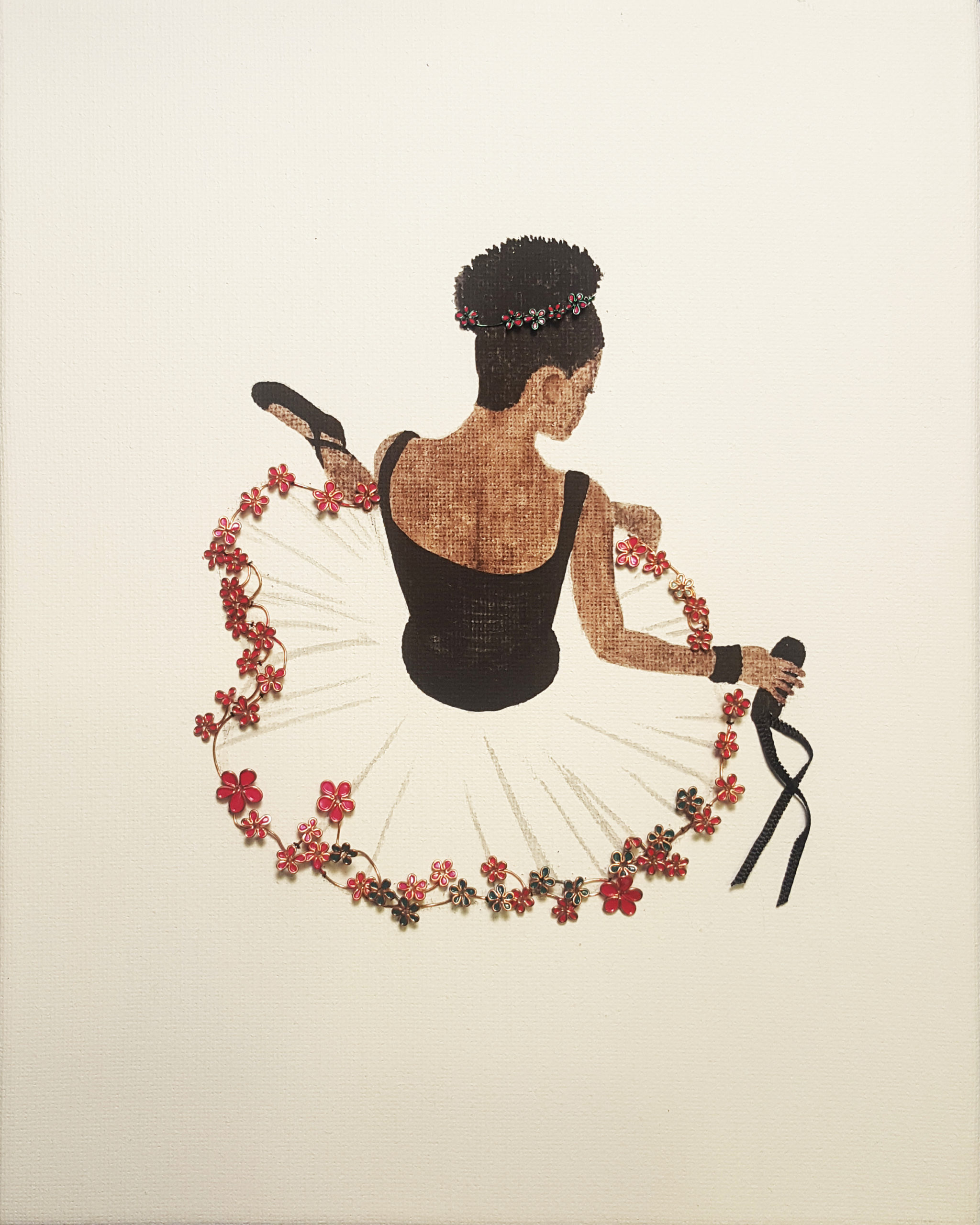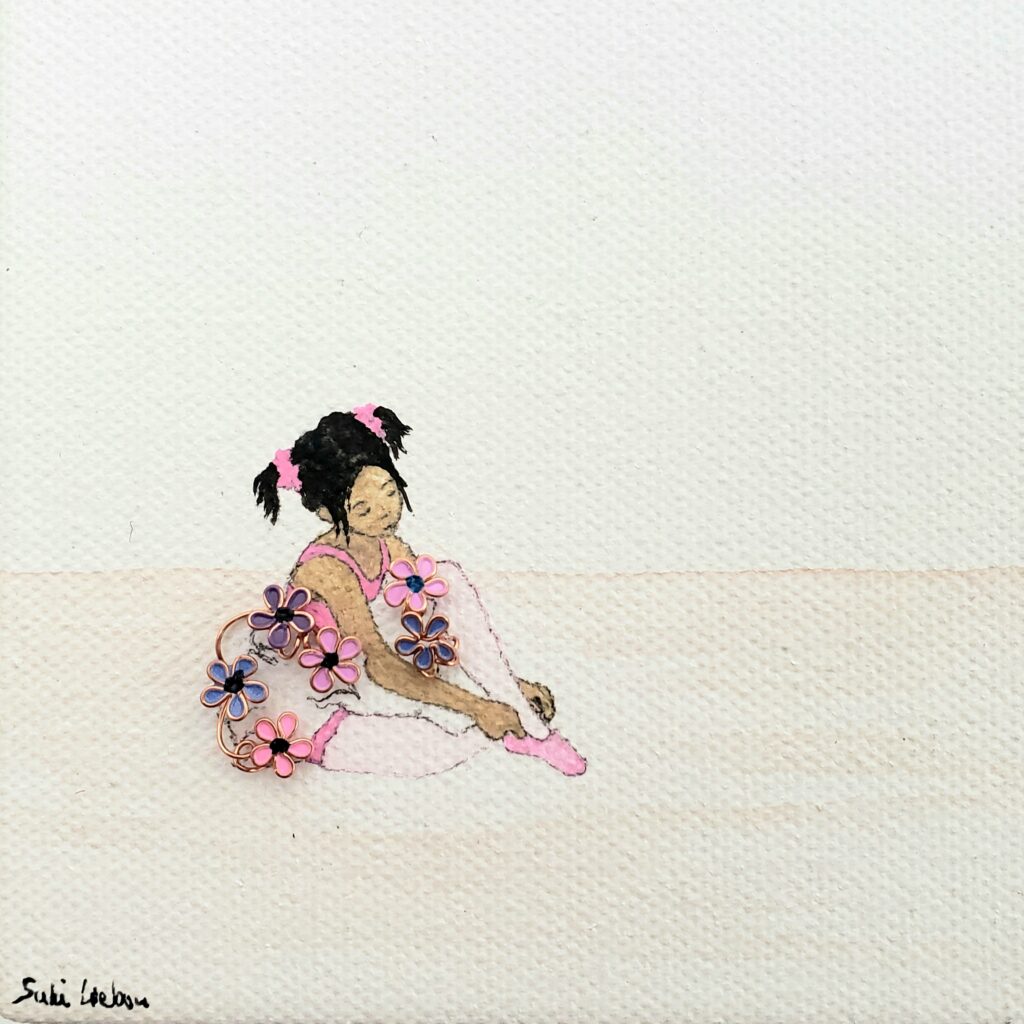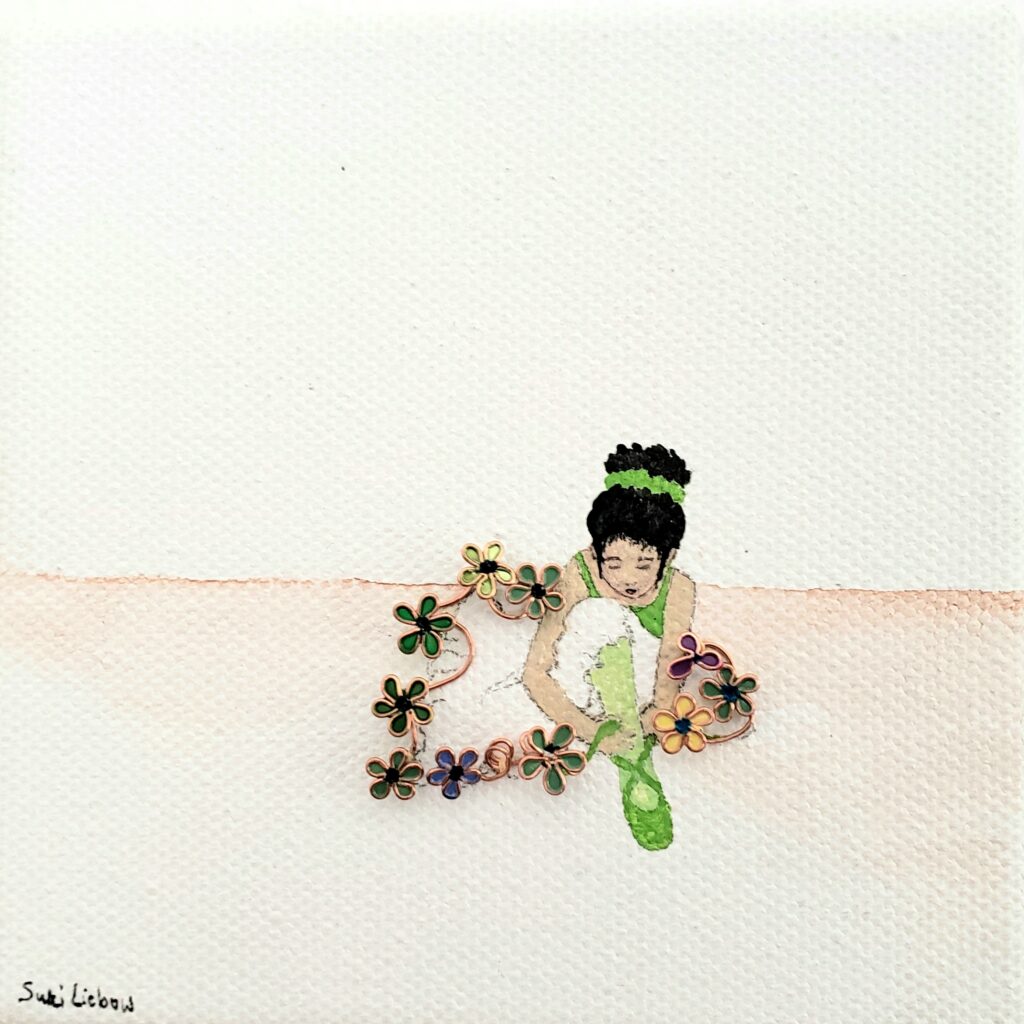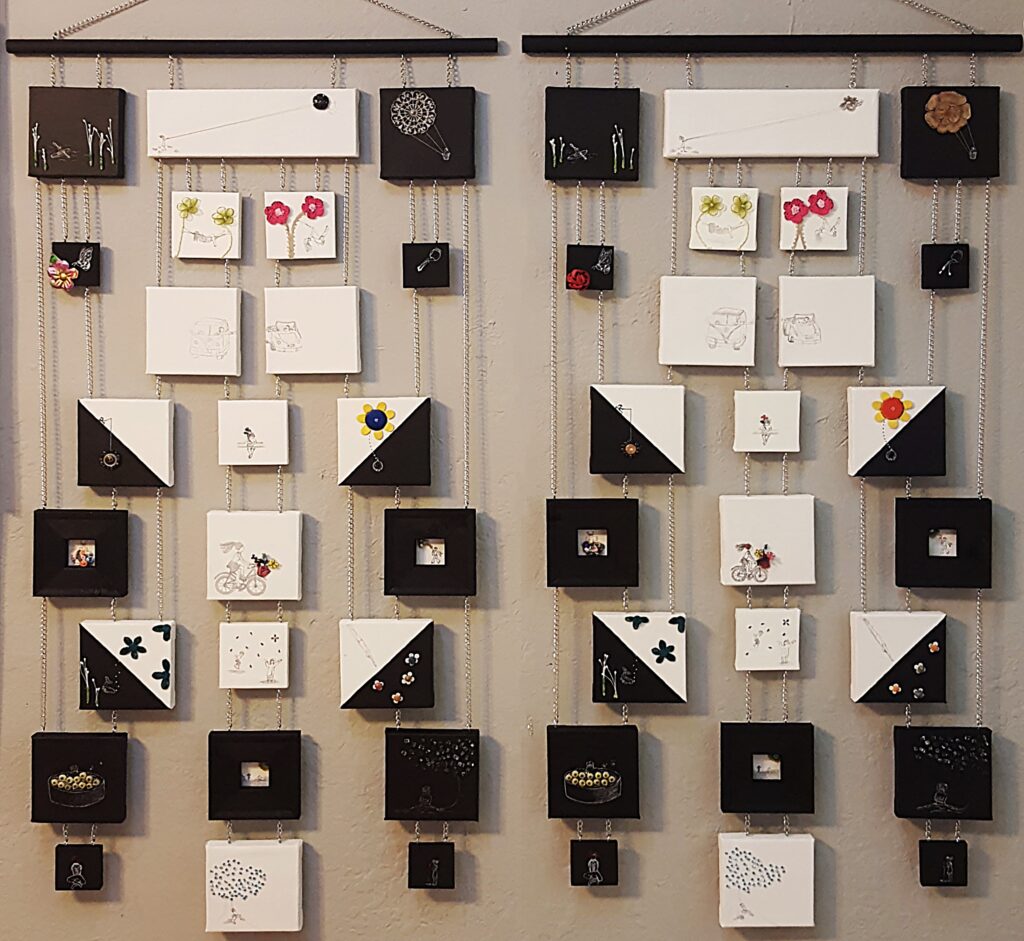Creation Series
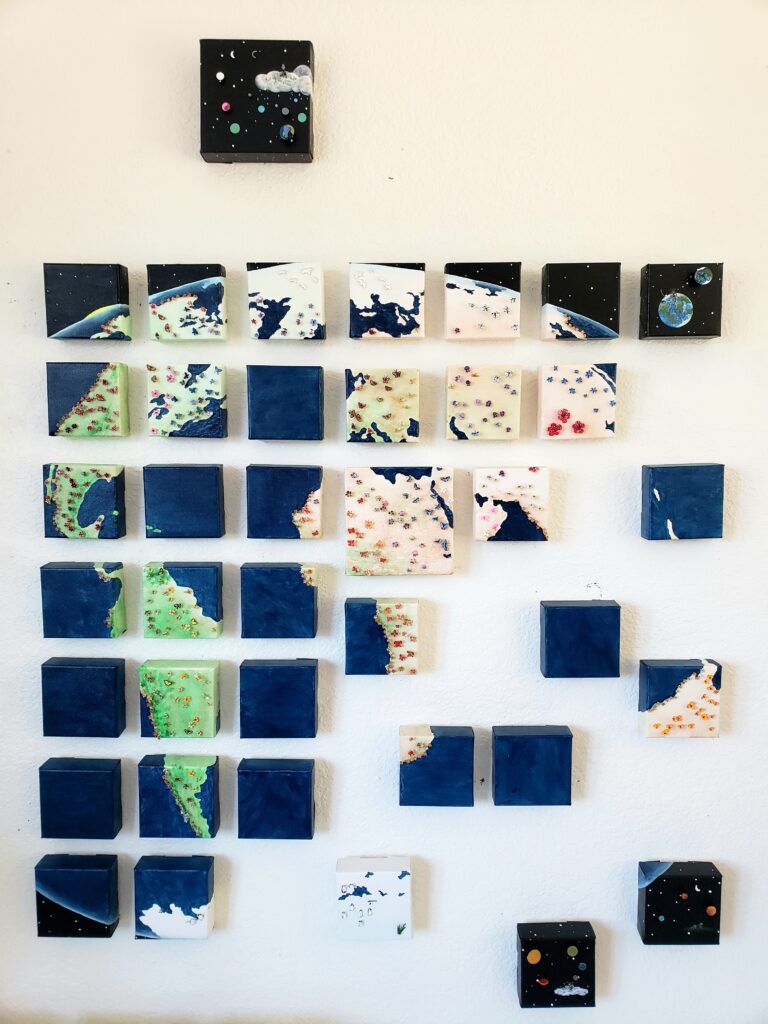
“Earth” 3rd in the Creation series
With a Youth Perspective by Daniel Levy, Age 17
Acrylic, wire and enamel on canvas
37″ x 51″ x 2″
2025
“Earth” Detail Images
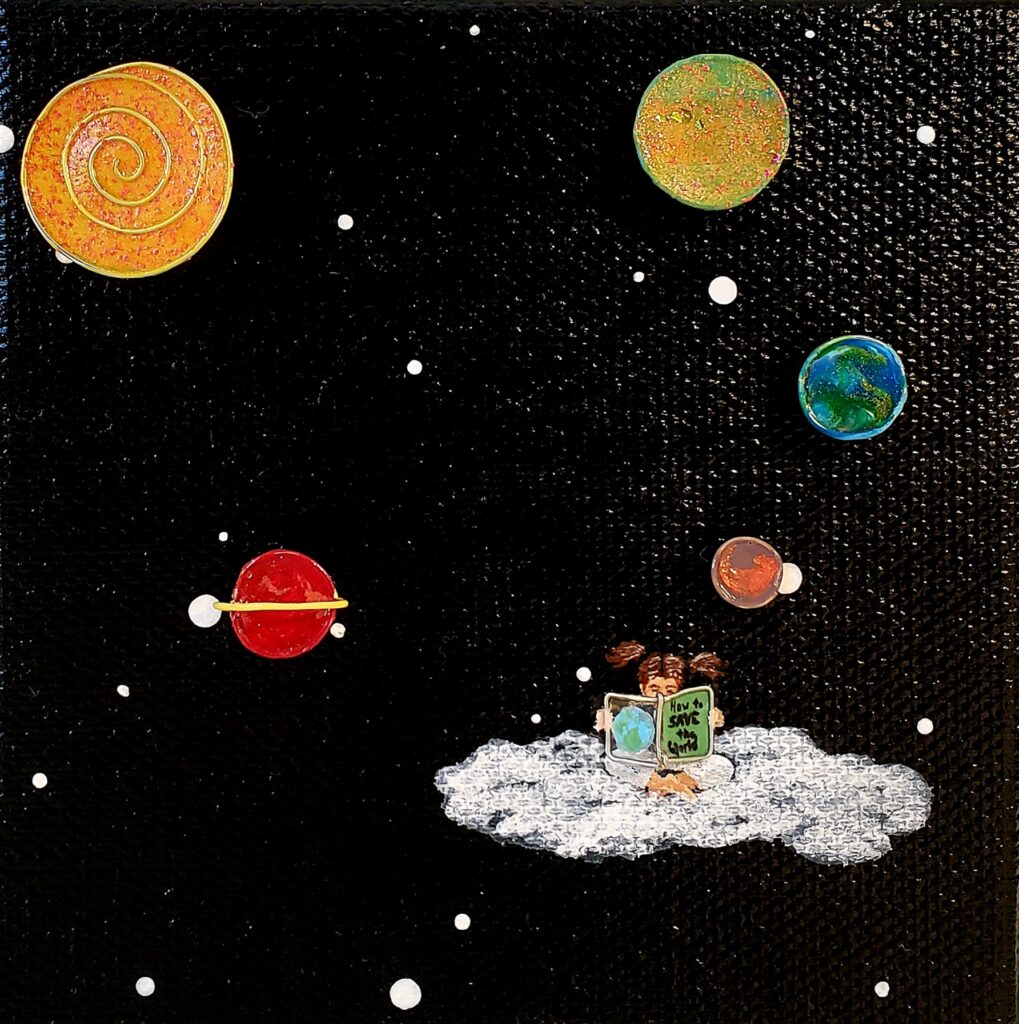
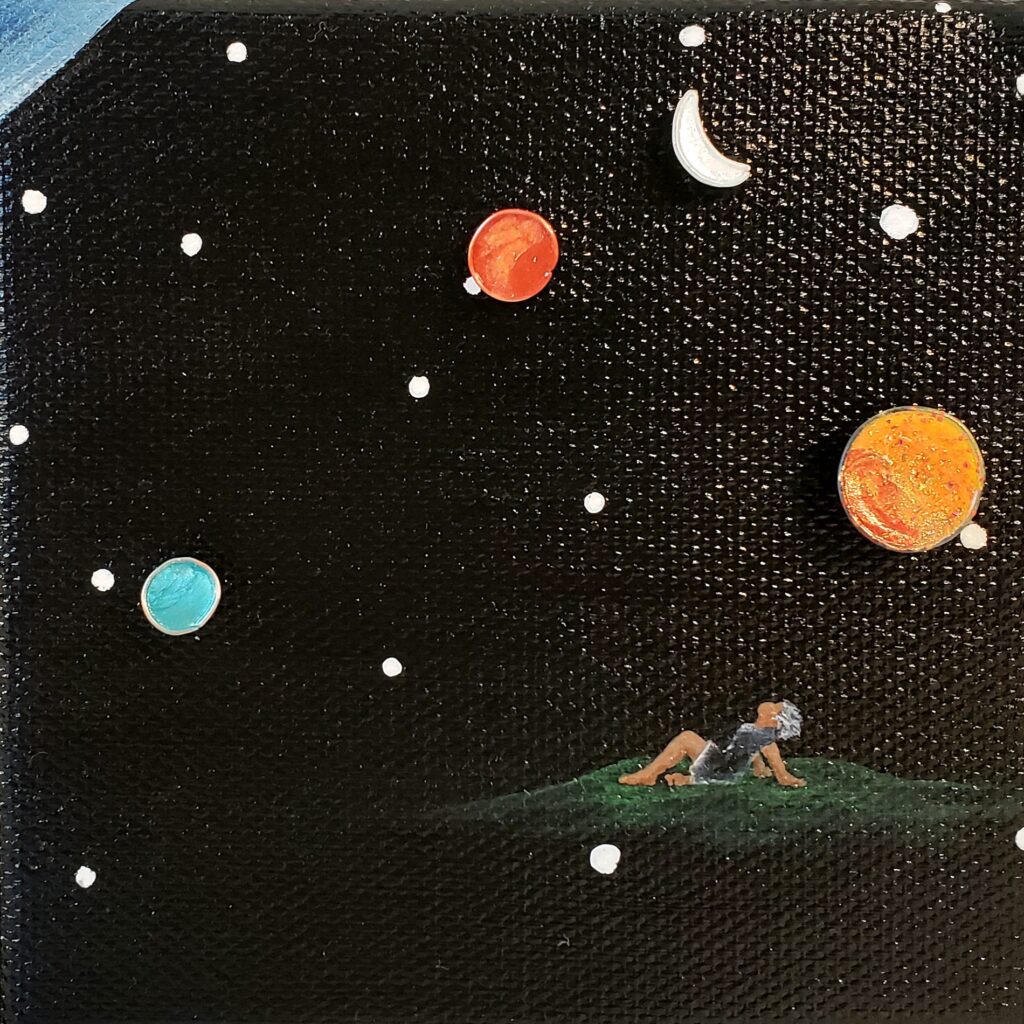
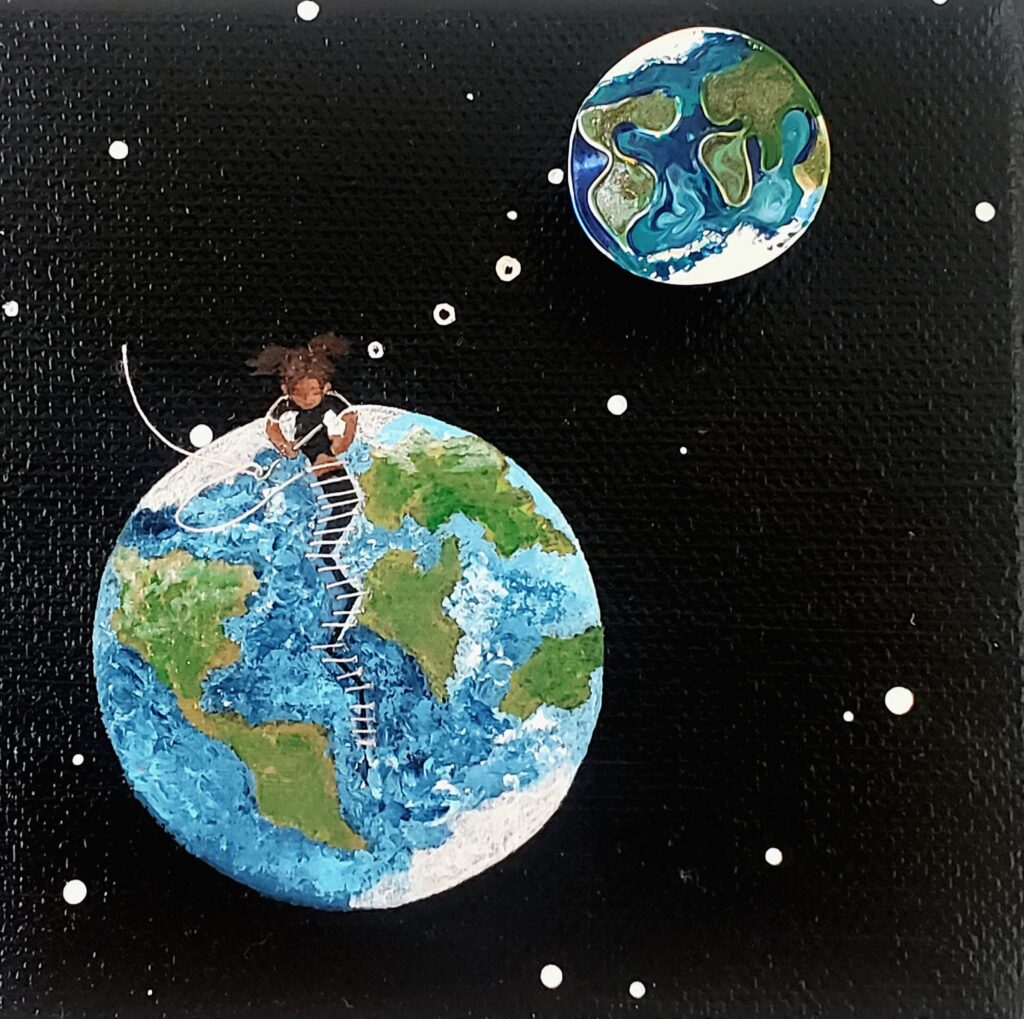
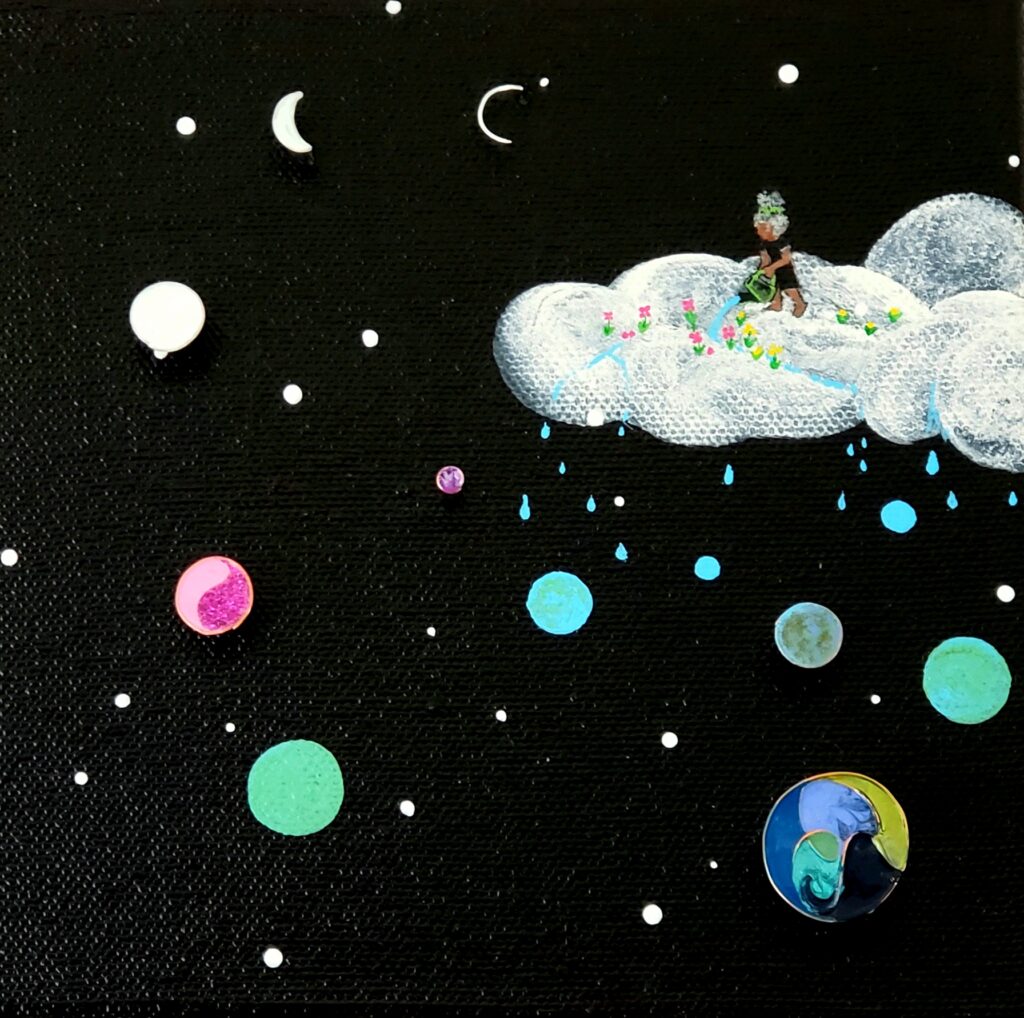
Earth, third in Suki Liebow’s “Creation” series, is an exploration of a changing planet, a visual representation of a system failing, and an invitation to recognize our role in visualizing and implementing a new direction.
Whether the topic is climate change, government, social, or personal, systems and relationships are constantly changing. Earth is a reminder that while we may have a crisis on our hands, we also have agency and a responsibility to contribute our own vision, narrative, and action to create the kind of world we want to live in.
Description: In the informing panel (top), a tiny human waters a garden in the clouds causing rain that forms a solar system including the earth represented in the 38 panels below. The earth, beginning as a grid, is interrupted by an odd size panel which causes the “system” to become erratic and fall apart.
In space surrounding Earth are three small panels. In one, a tiny human is seen physically mending the earth with needle and thread while visualizing a whole, unbroken planet. In another, a tiny human observes the planets and changes happening around them, and in the third, a tiny girl reads a book titled “how to save the world,” her thoughts actively forming new planets as she visualizes the future.
In this artwork there are over 500 handmade wire and enamel elements representing 23 rare, endangered or extinct species of flowers and pollinators, along with 2 animal species; polar bears and empire penguins.
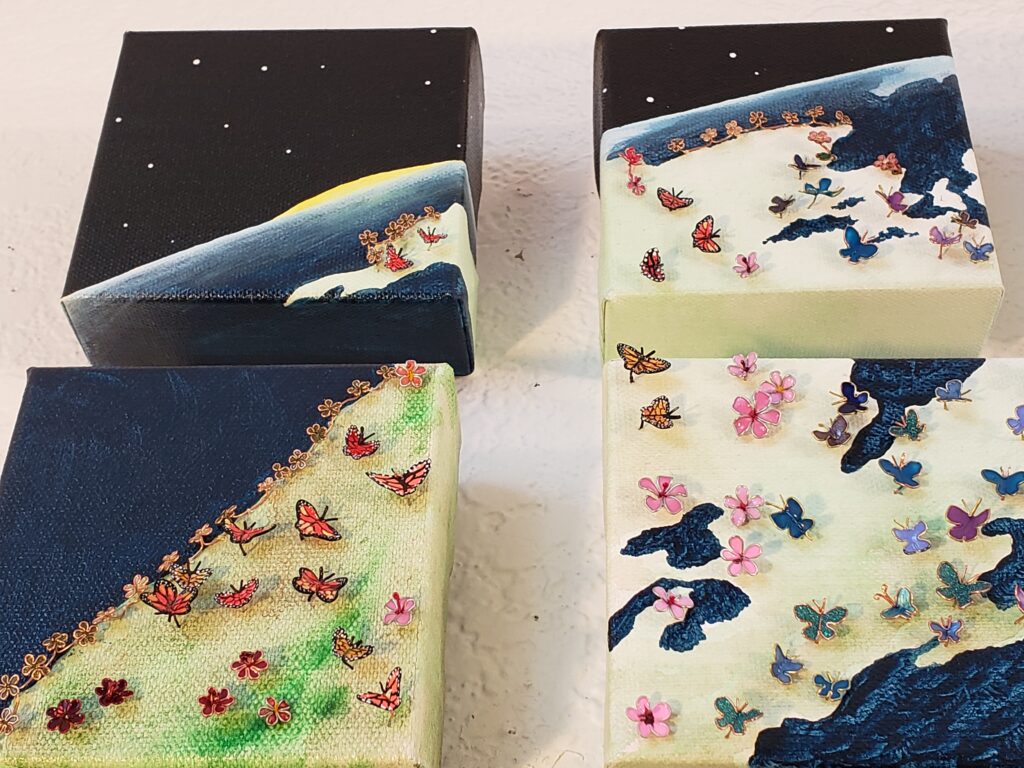
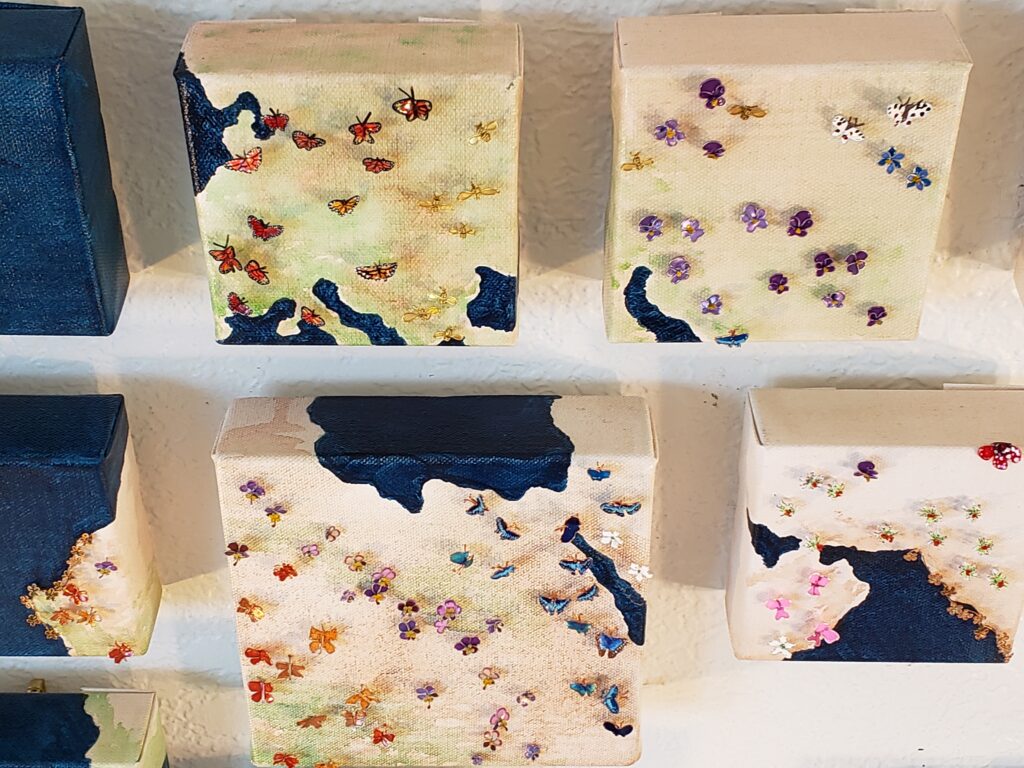
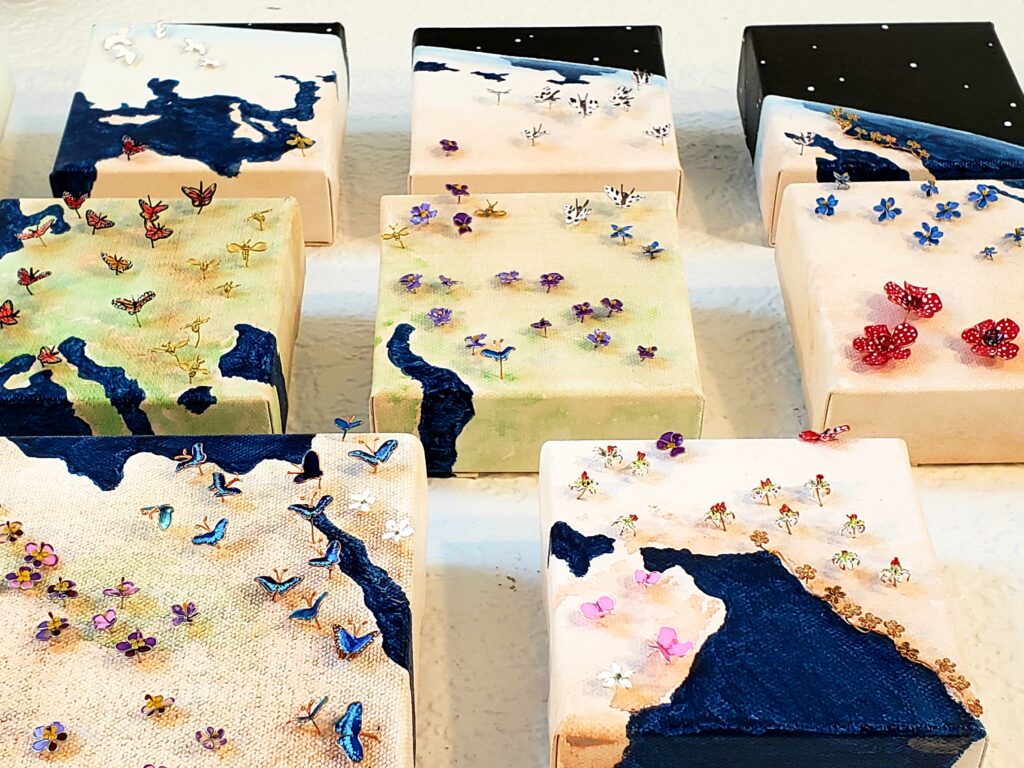
Earth – A Perspective by Daniel Levy, Age 17
The effects of a warming planet have forced many species around the globe to adapt in unique ways. From butterflies to penguins and flowers, climate change has taken a deleterious toll on populations of numerous species. Scientists are actively examining and researching how and why certain species obtain specific adaptations and the effect climate change may have on specific populations.
There are three types of adaptations: structural, physiological, and behavioral. Due to hotter temperatures, bird pollinators may need to reduce their body size, a structural adaptation that allows them to dissipate more heat while potentially reducing their effectiveness at pollinating. Consequently, many flowers may change when they bloom to correlate with the change in pollination times, a physical adaptation. As a result, moths may need to shift their foraging times to coincide with earlier flower blooms, a behavioral adaptation. As global warming plays an increasingly prominent role as a selective force in evolution and speciation, it behooves us to elucidate how both species and us humans are adapting in response to environmental shifts.
Anthropogenic climate change has a huge impact on insect species, especially on butterflies and moths of the insect order Lepidoptera. Studying their evolutionary and ecological responses to climate change is crucial to gaining insight into the impact of global warming on genetic, morphological (what organisms look like), and physiological traits (the functions and processes of organisms). Many species of Lepidoptera are specialists that have a narrow ecological niche and need specific environmental conditions to thrive. Burdened with an accelerating temperature change, even flowers that were once abundant are changing their nectar traits, affecting pollinators negatively. Furthermore, Lepidoptera are ectothermic animals. In other words, they rely on the temperature of the surrounding environment to maintain a stable body temperature and perform their intended functions in the ecosystem. Thus, when their preferred habitat changes due to rising atmospheric temperatures, their range shifts and often leads to noticeable population decline. Notable effects on Lepidoptera due to climate change include reduced body size as well as completing more generations per year, which is a phenomenon known as multivoltinism. Furthermore, many butterfly species are expanding toward the poles to avoid warming temperatures.
Due to rising sea levels, many marine animals are negatively affected by environmental pollution, forcing them to adapt, albeit inadequately. A notable instance of adaptation can be seen in that of the polar bear (ursus maritimus). Their daily energy expenditure (DEE), or the total amount of energy in calories used in a full day, increased by a 5.2-fold range on land, and activity increased by a 19-fold range, according to one study using data from Manitoba, Canada. Since polar bears are increasingly making energetically demanding swims and foraging on land, most of them face a very high risk of starvation in spite of their high behavioral plasticity. They are also apex predators, species at the top of the food chain in their ecosystems, primarily hunting blubber-rich and energy dense ringed and bearded seals. Much of their energy resources are obtained between late spring and early summer, since the aforementioned seals tend to give birth to their pups during this short duration.
Another animal adapted to the polar climate, the emperor penguin, has also experienced significant population declines in Antarctica. Multiple years of poor breeding have negatively affected their populations, especially since they can only produce one egg per season with low juvenile survival rates. Now more than ever, we must protect species in the arctic, especially since the rate at which they adapt is not nearly sufficient to meet the pressing demand of a warming climate.
The onus falls on us to conserve and preserve the biodiversity of this unique blue planet. After all, nature is cyclical and full of patterns—from seasons to nutrient cycles to the symbiotic relationships that maintain a healthy environmental balance. Our greenhouse gas emissions have created a positive feedback loop, where warming the planet leads to a self-reinforcing cycle of higher temperatures, such as through increased water vapor feedback and wildfire feedback. It is our responsibility to lessen the impact of feedback loops while maintaining Earth’s natural cycles.
___
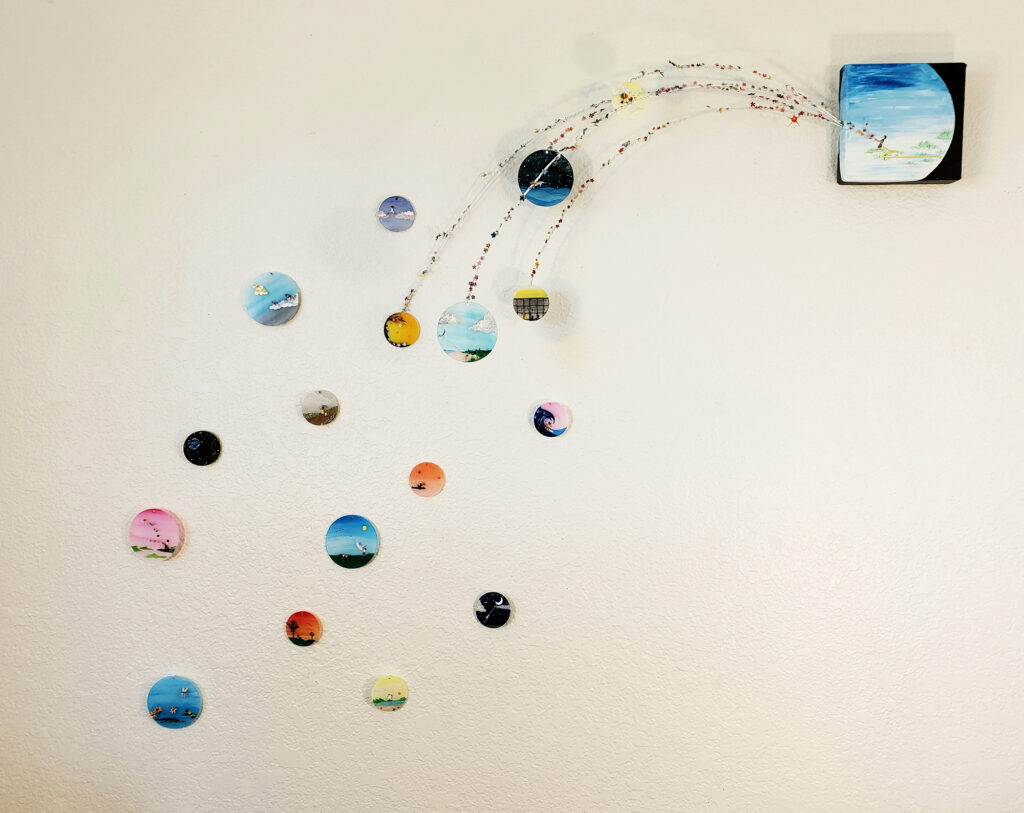
“Gardening” 2nd in the Creation series
Acrylic, wire and enamel on canvas and acrylic rounds
3.75′ x 3′ x 8″
2024
“Gardening” Detail Images
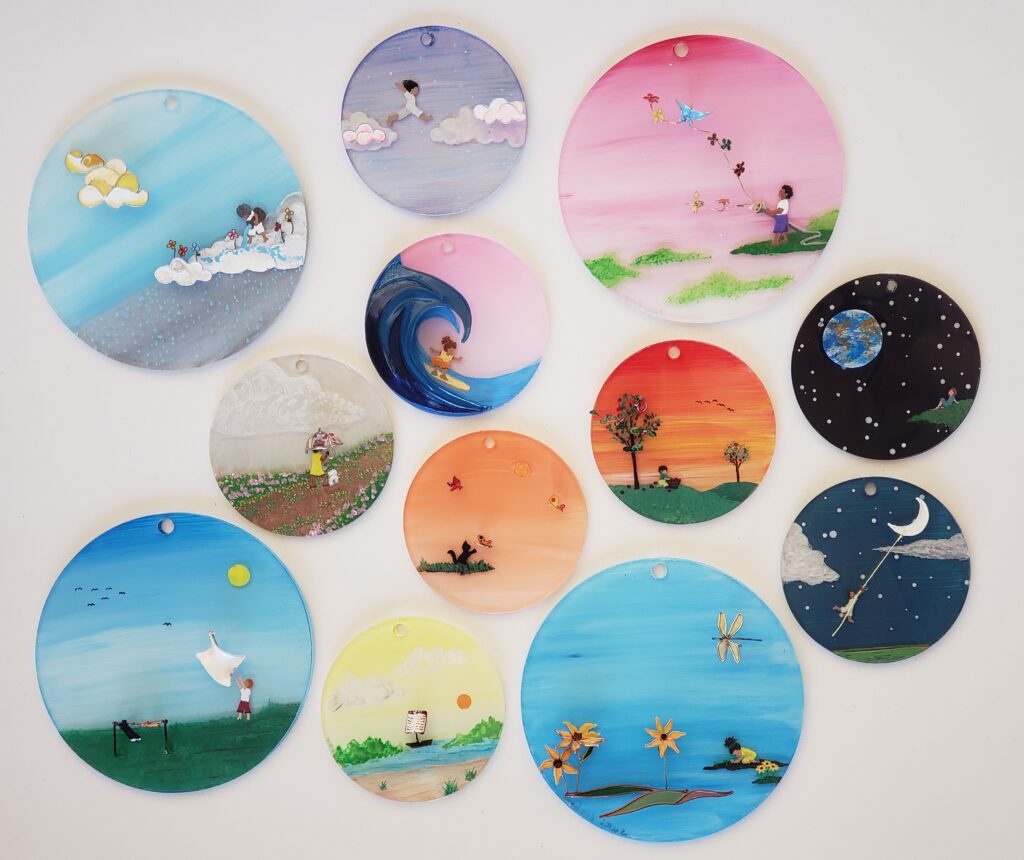
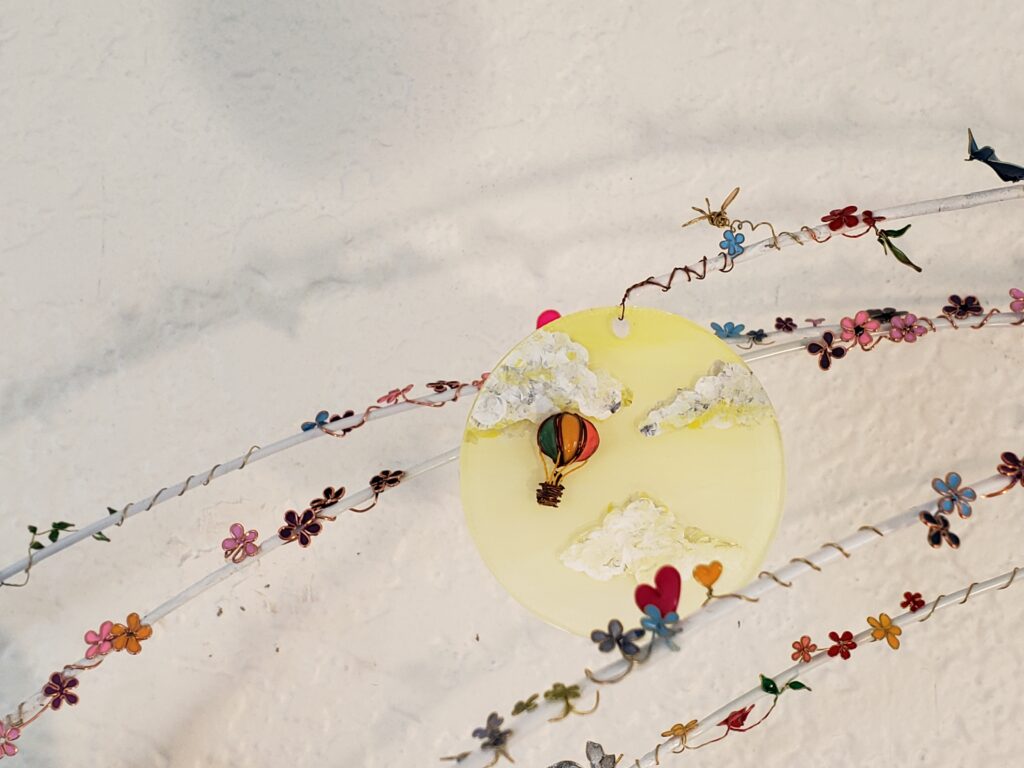
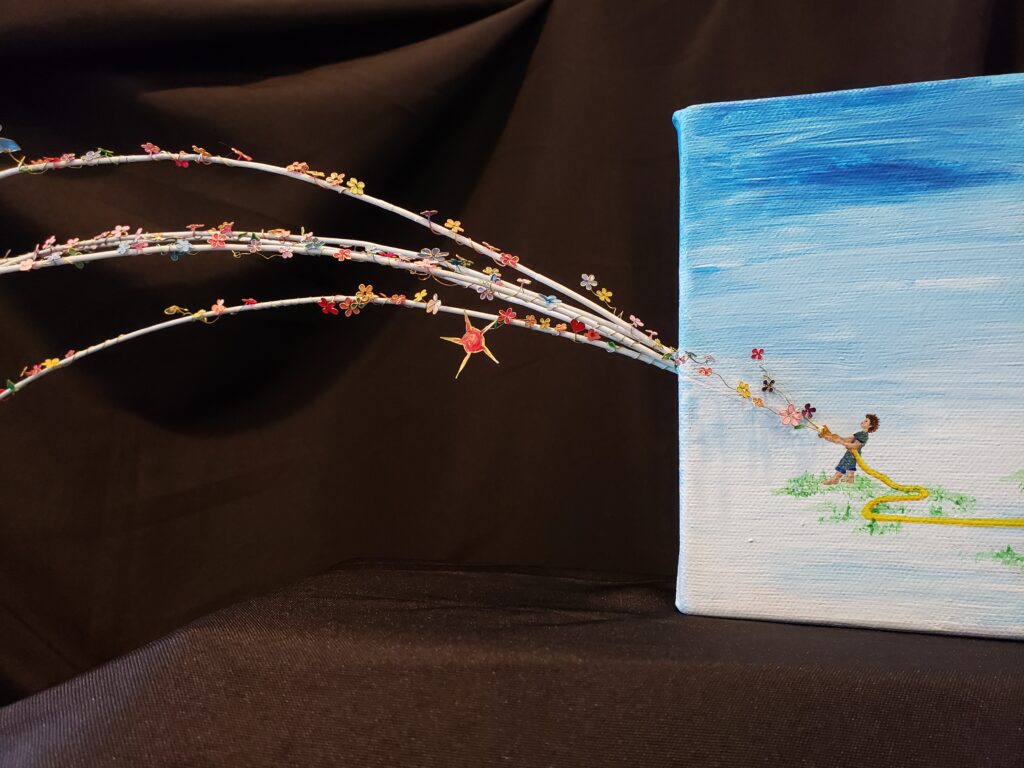
___
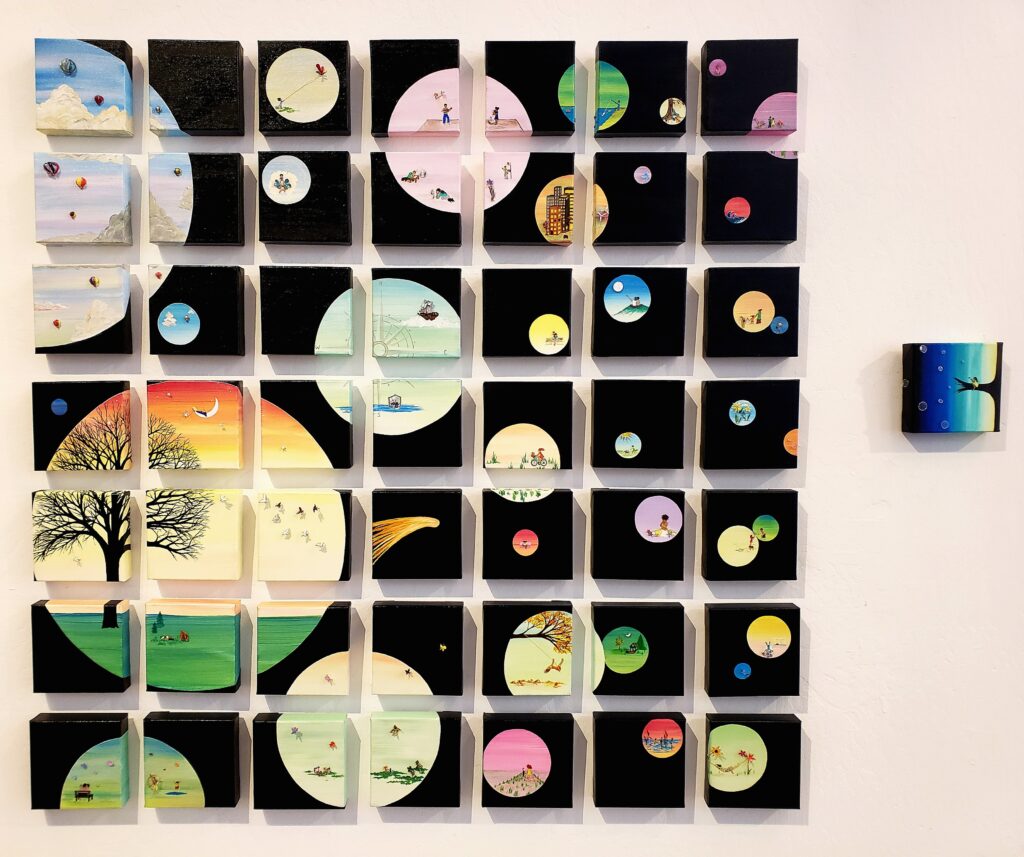
“My Love” 1st in the Creation series (Sold)
Acrylic, wire and enamel on canvas
5.5′ x 4.5′ x 2″
2023
“My Love” Detail Images
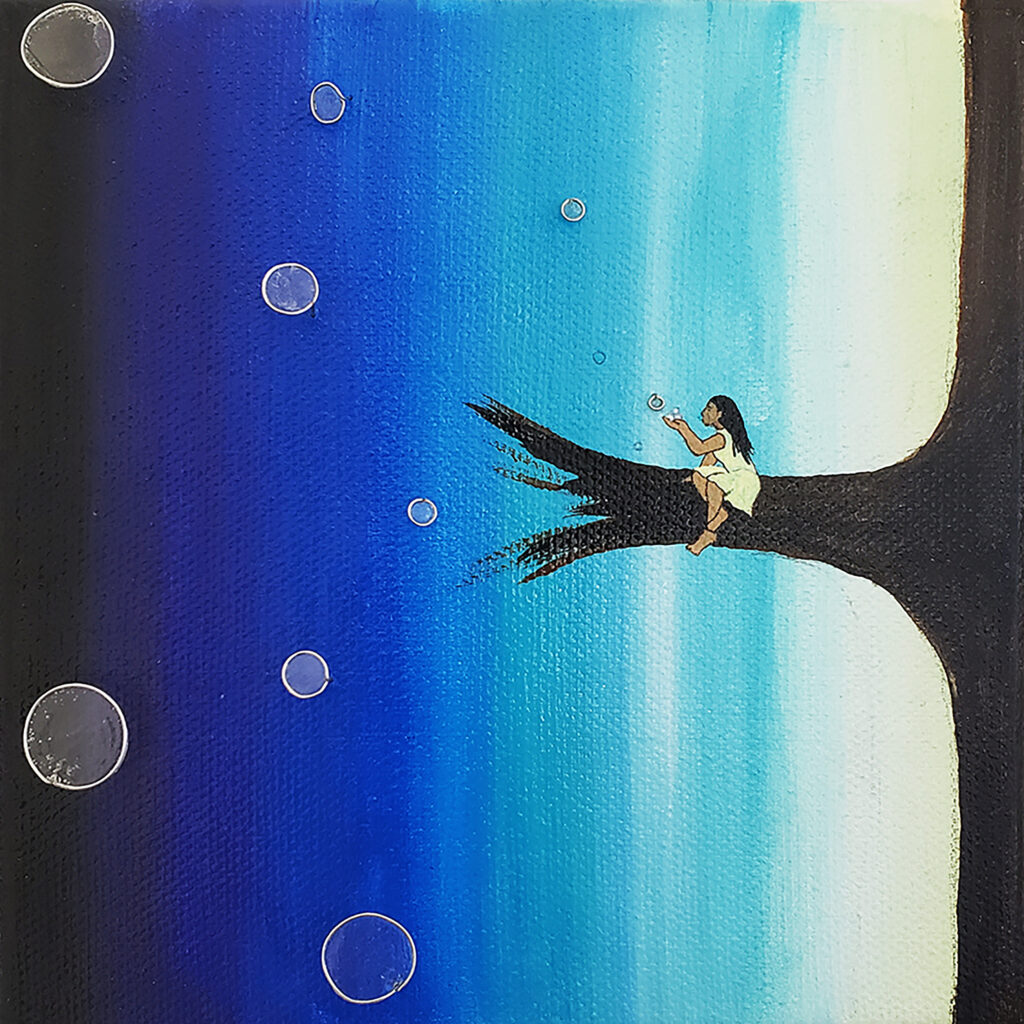
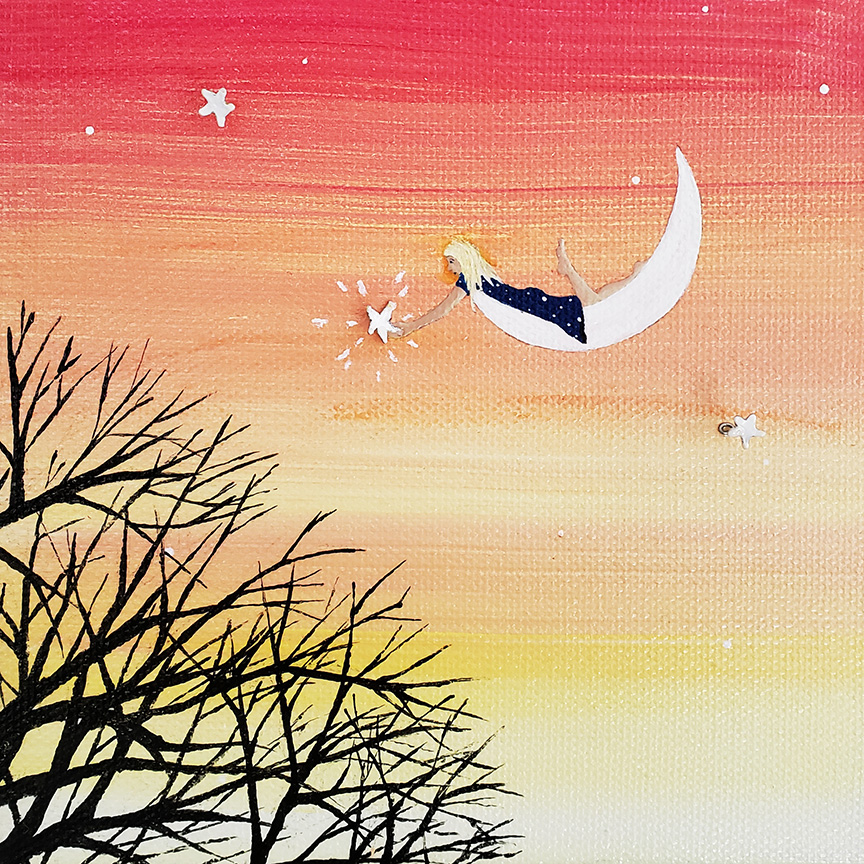
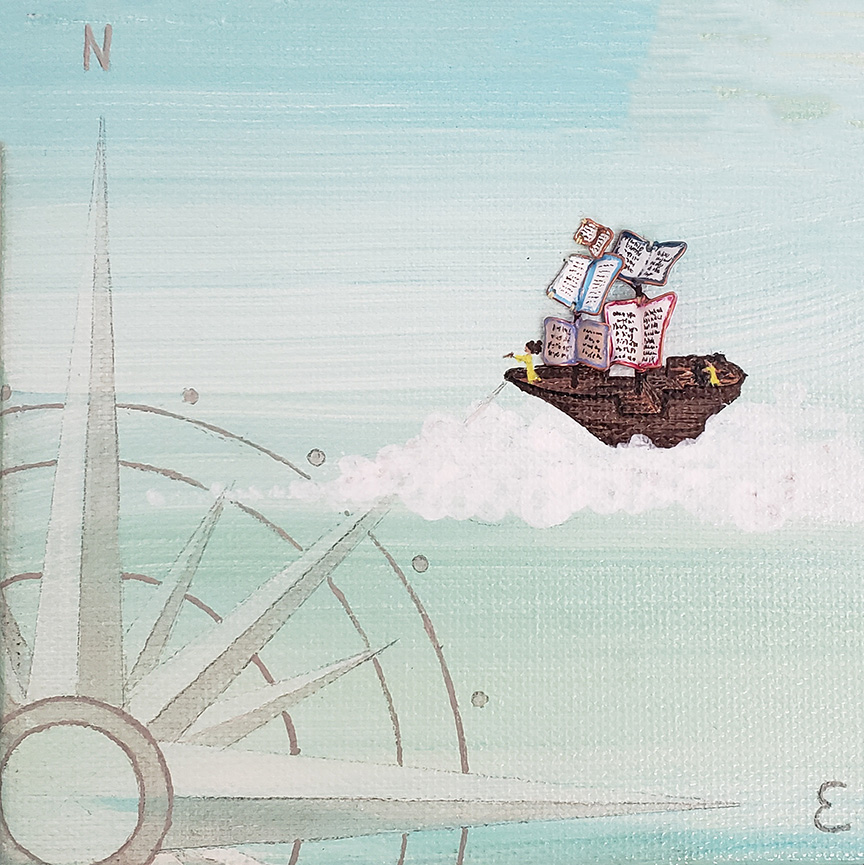
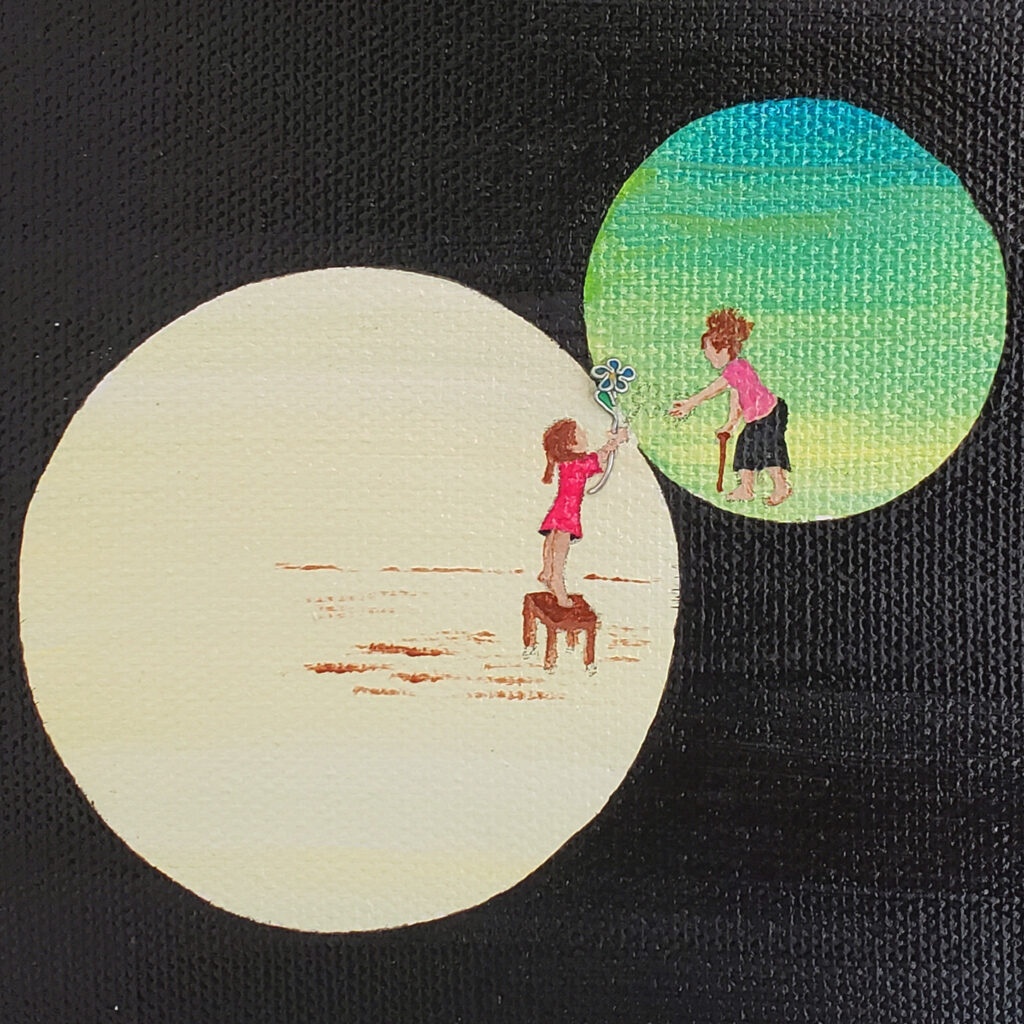
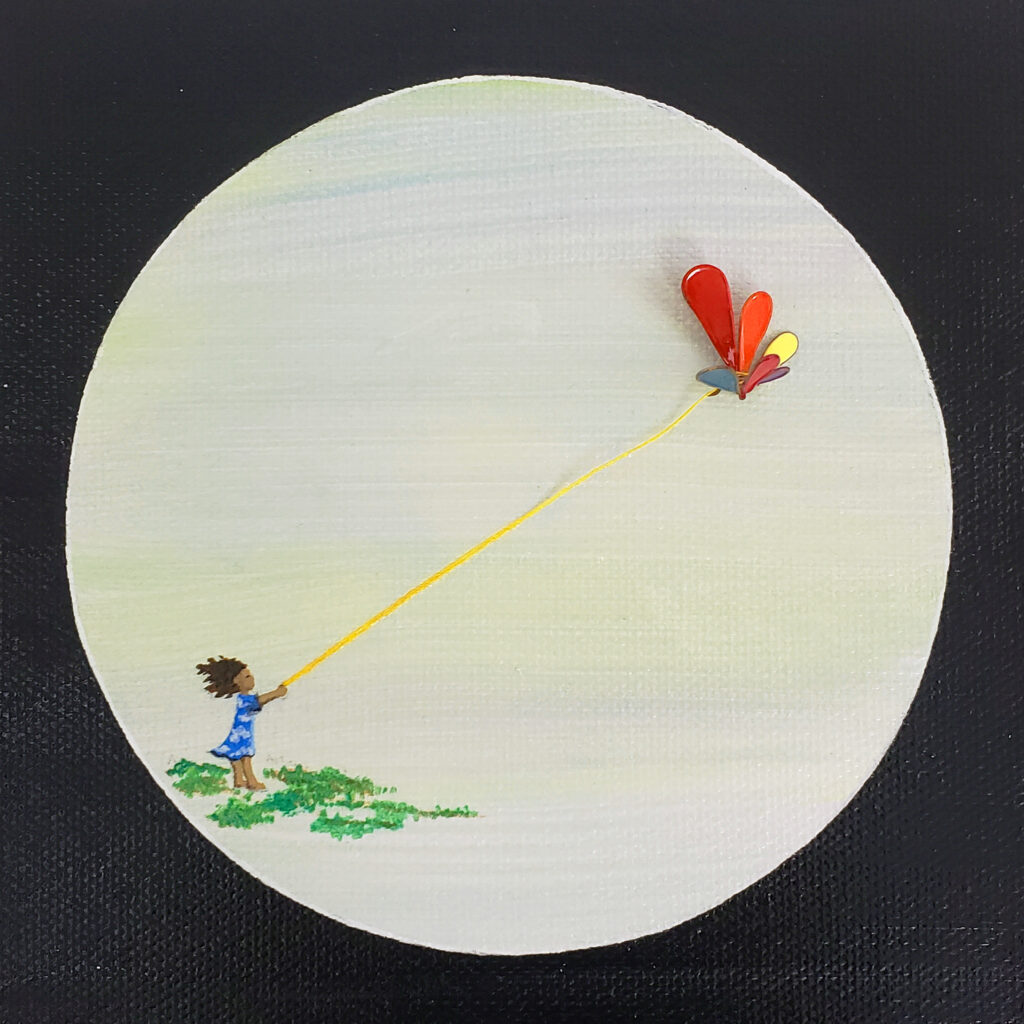
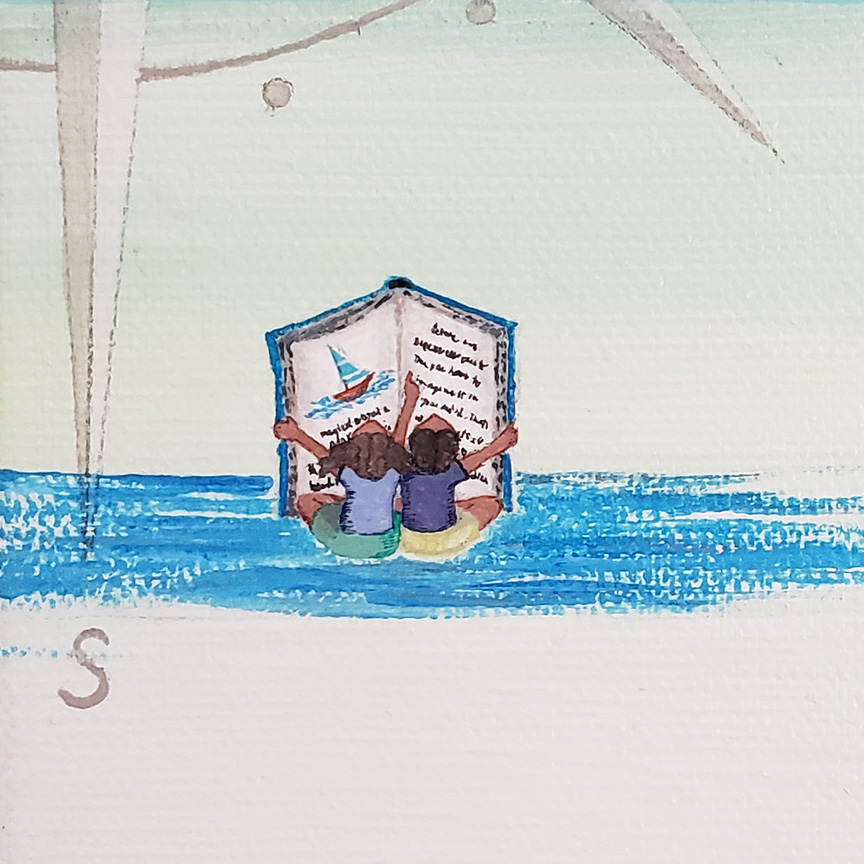
About This Work
“My Love” is made up of 50 6”x 6” panels informed by one panel to the right with a small girl blowing bubbles into the void. It could be interpreted that this tiny one is the beginning of everything; of life, perhaps.
Suki’s intention with this piece was to capture the sweetness of life in each bubble.
At times fragmented into separate panels but ultimately all part of the connected whole, each bubble captures a moment; of companionship, solitude, our beautiful planet, and the experiences that remind us that in the chaos, what matters is this.
Note: Each tiny wire element is designed and handmade with wire and enamel by the artist.
___
Mykonos Collection
For Efimerides Gallery
2025
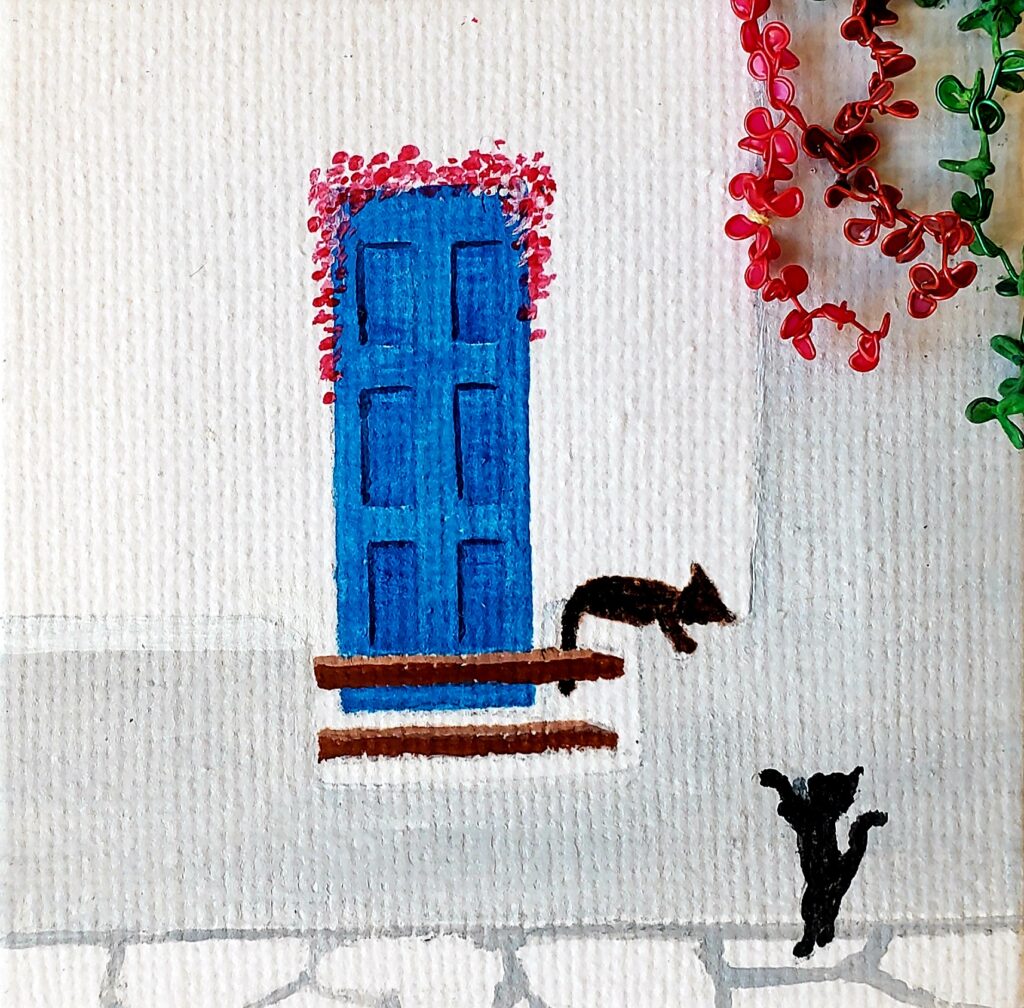
Acrylic, wire, enamel on canvas 2.4″x2.4″
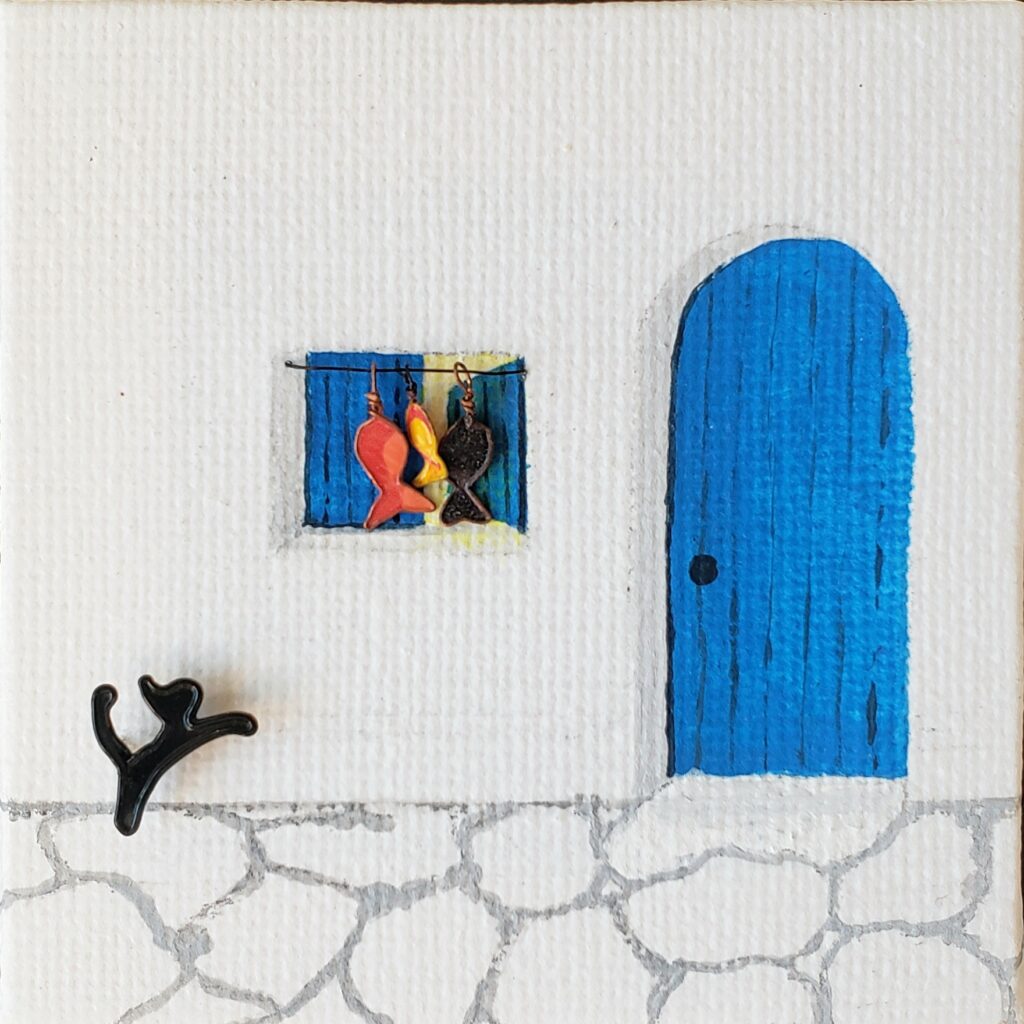
Acrylic, wire, enamel on canvas 2.4″x2.4″
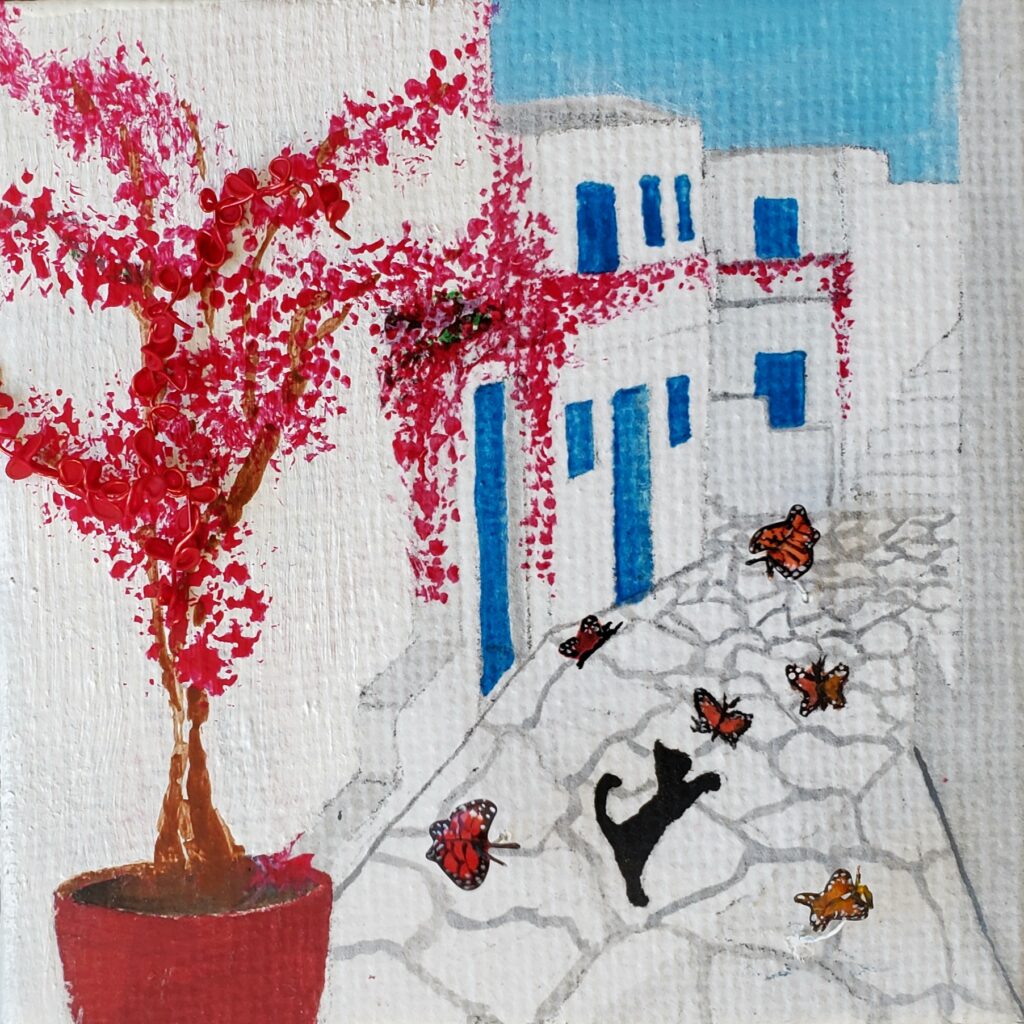
Acrylic, wire, enamel on canvas 2.4″x2.4″
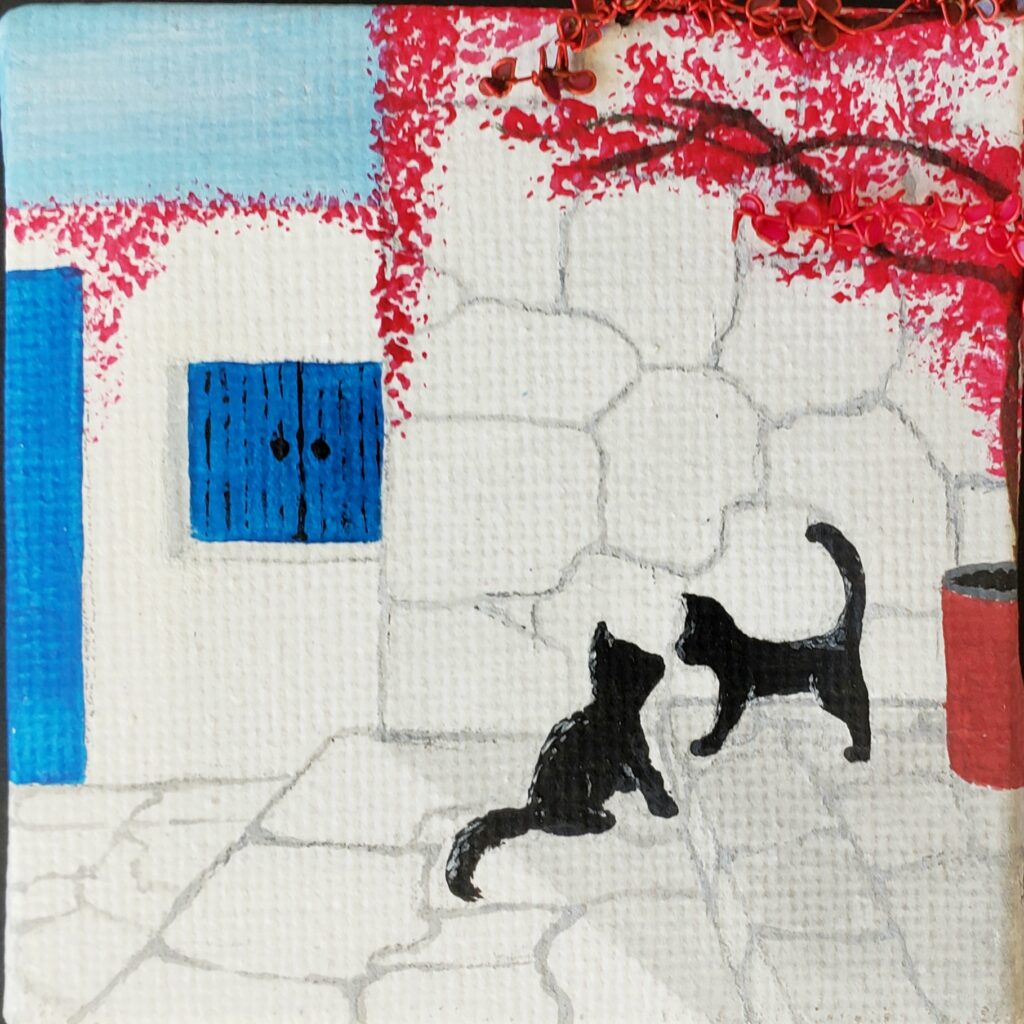
Acrylic, wire, enamel on canvas 2.4″x2.4″
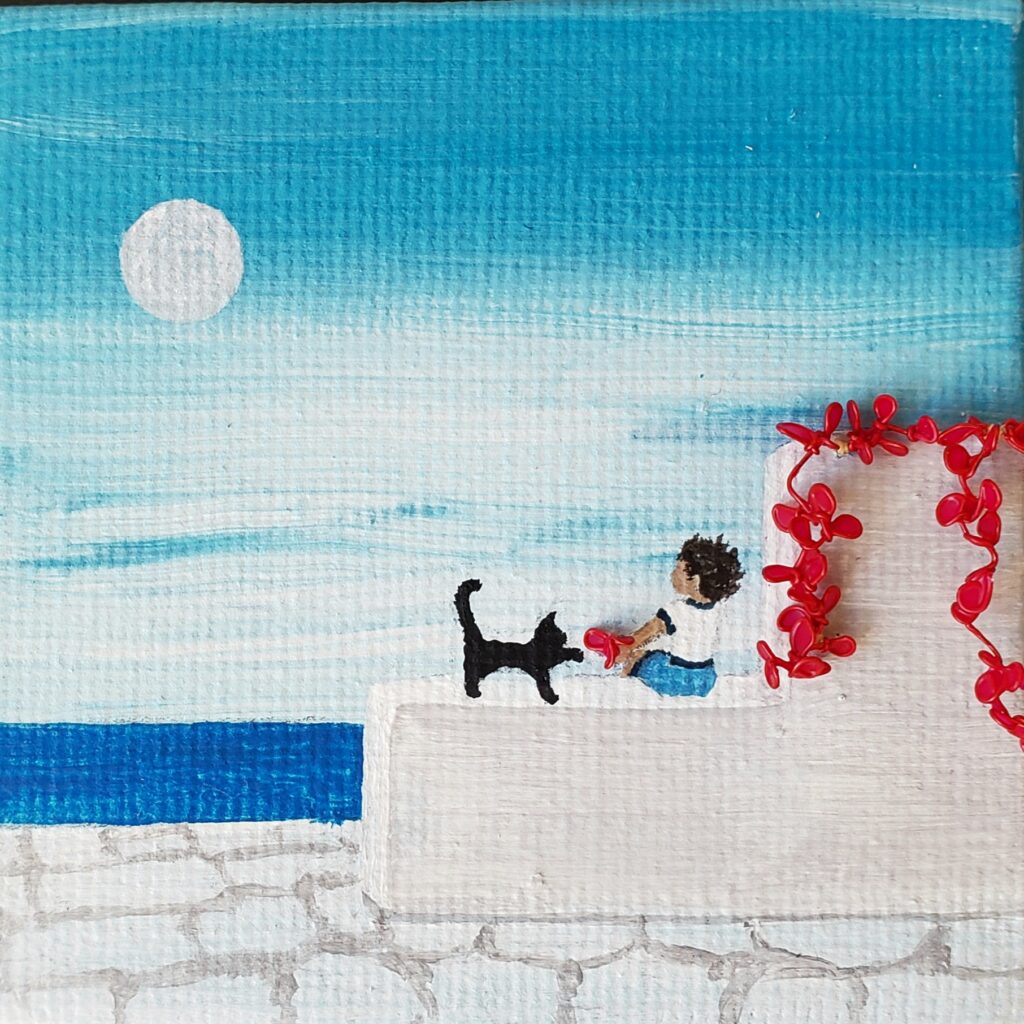
Acrylic, wire, enamel on canvas 2.4″x2.4″
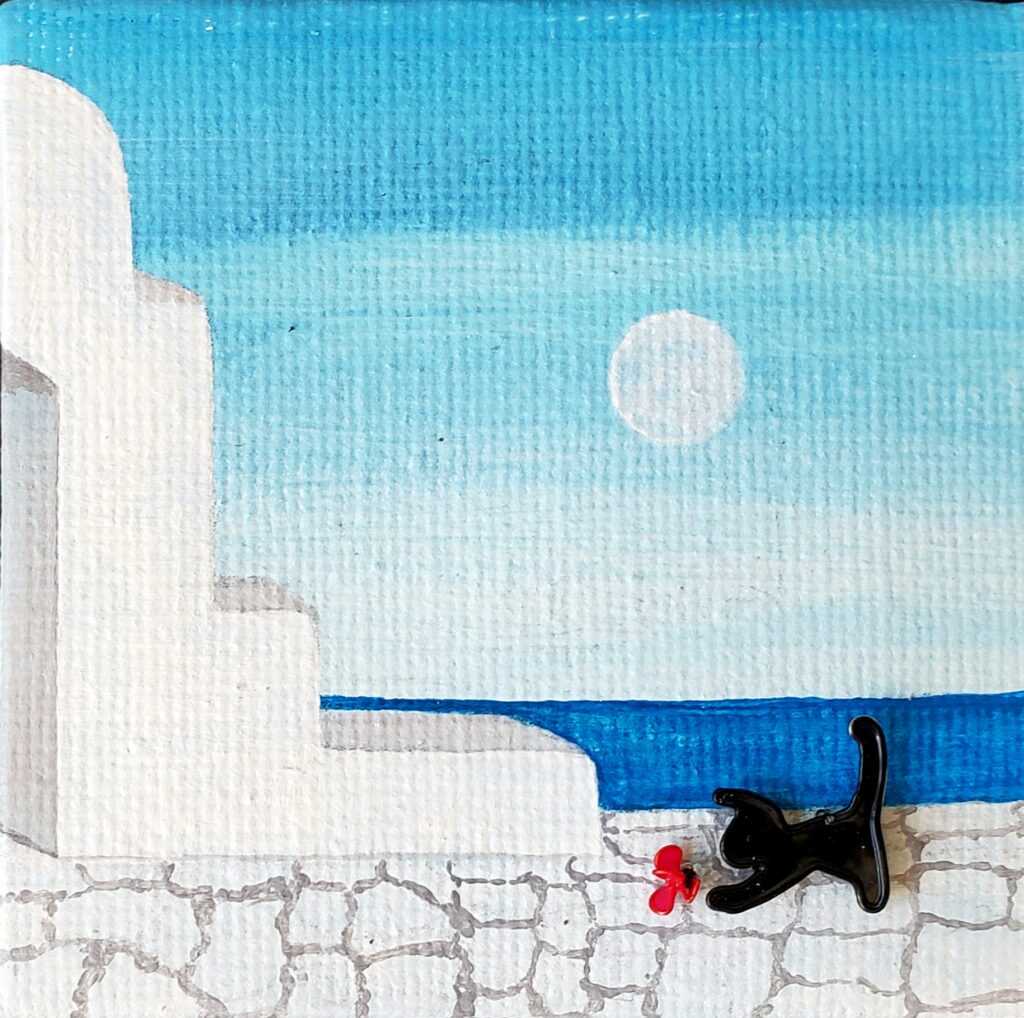
Acrylic, wire, enamel on canvas 2.4″x2.4″
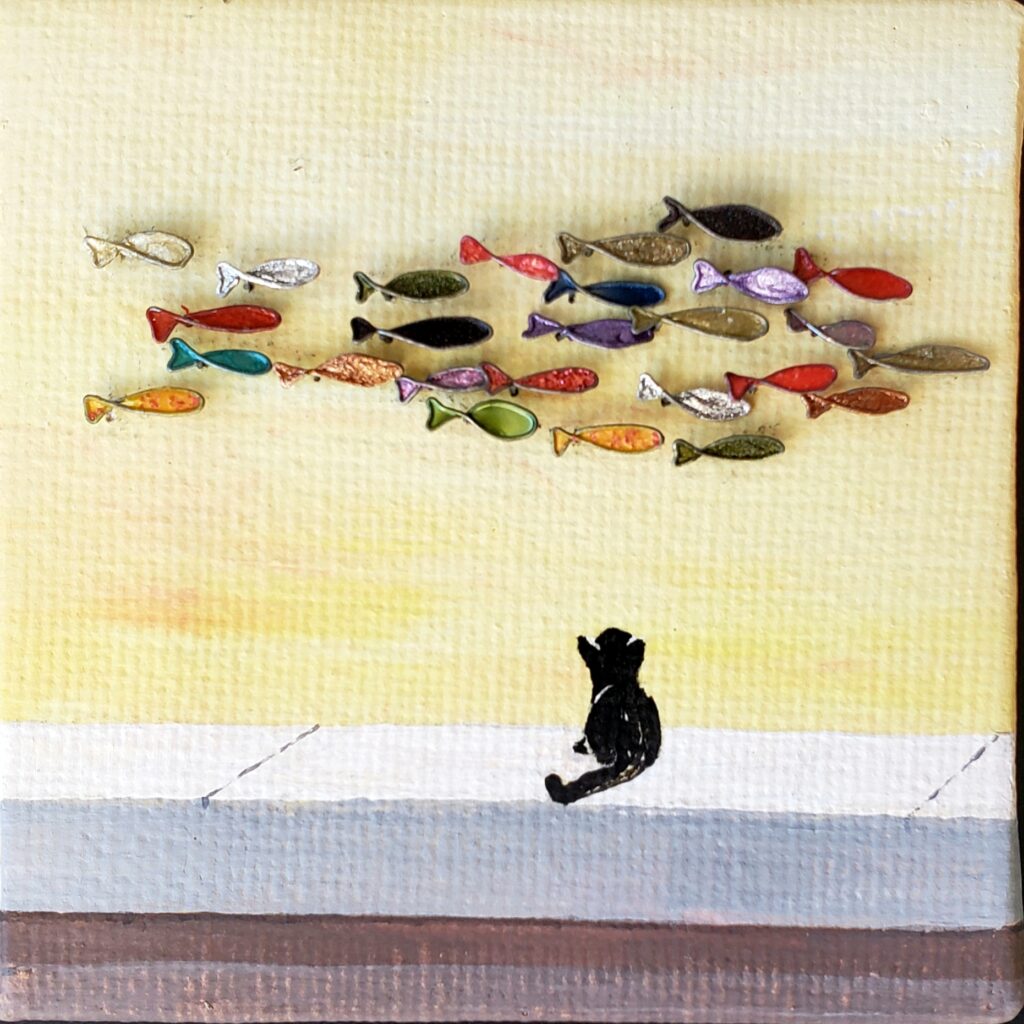
Acrylic, wire, enamel on canvas 2.4″x2.4″
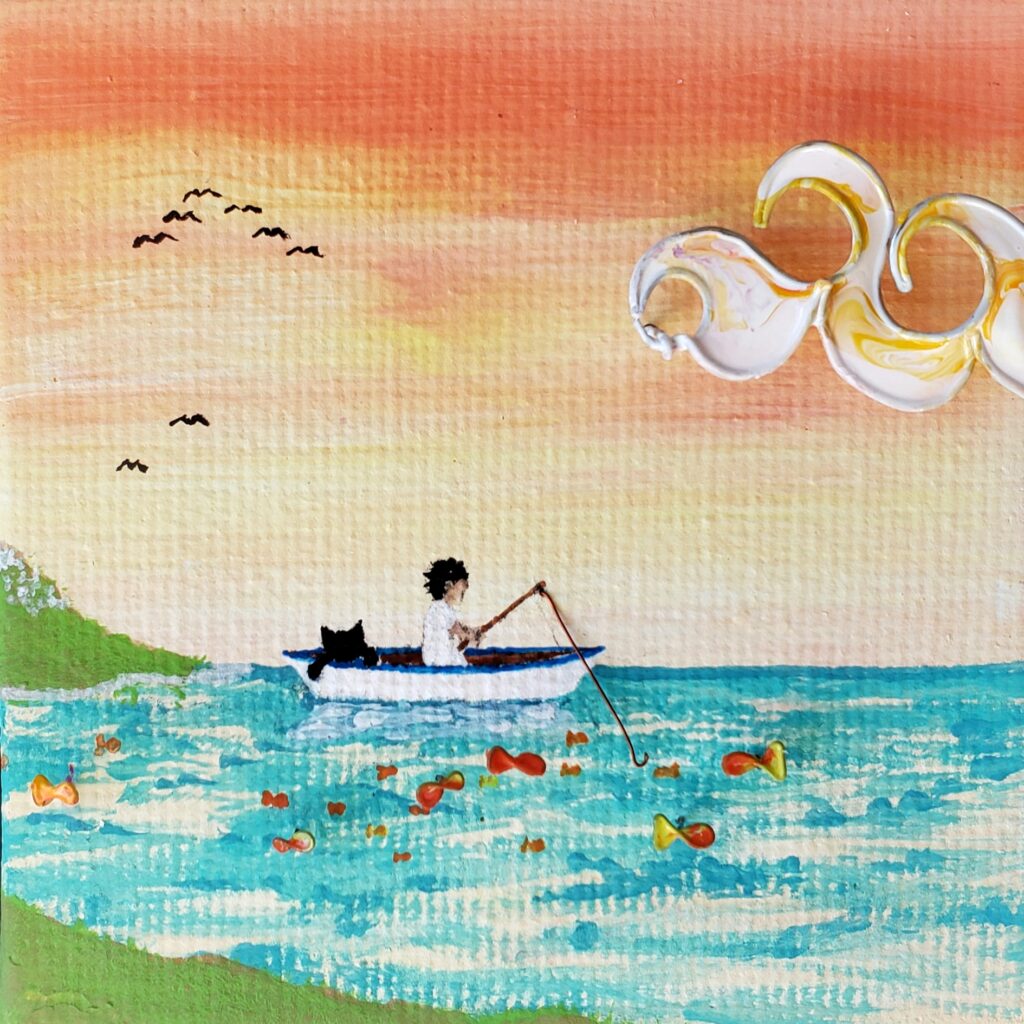
Acrylic, wire, enamel on canvas 2.4″x2.4″
2024
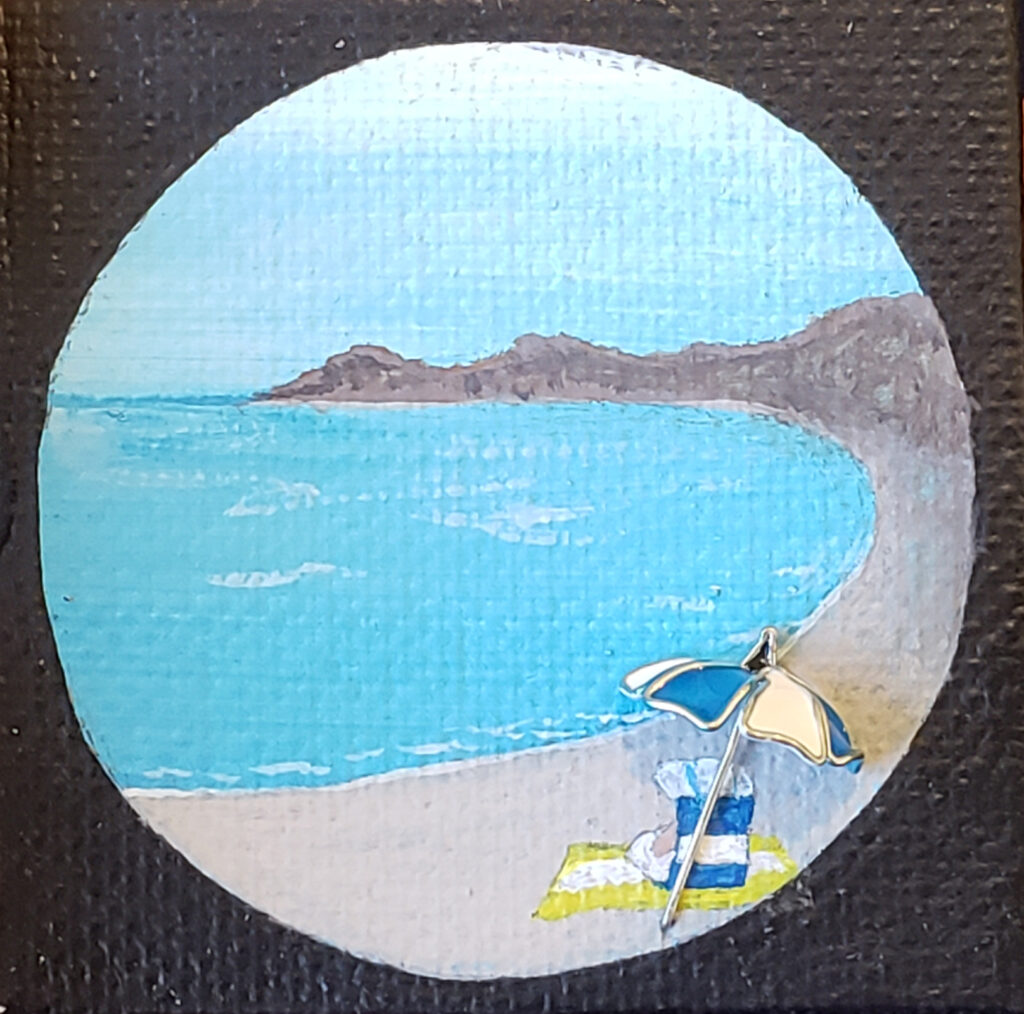
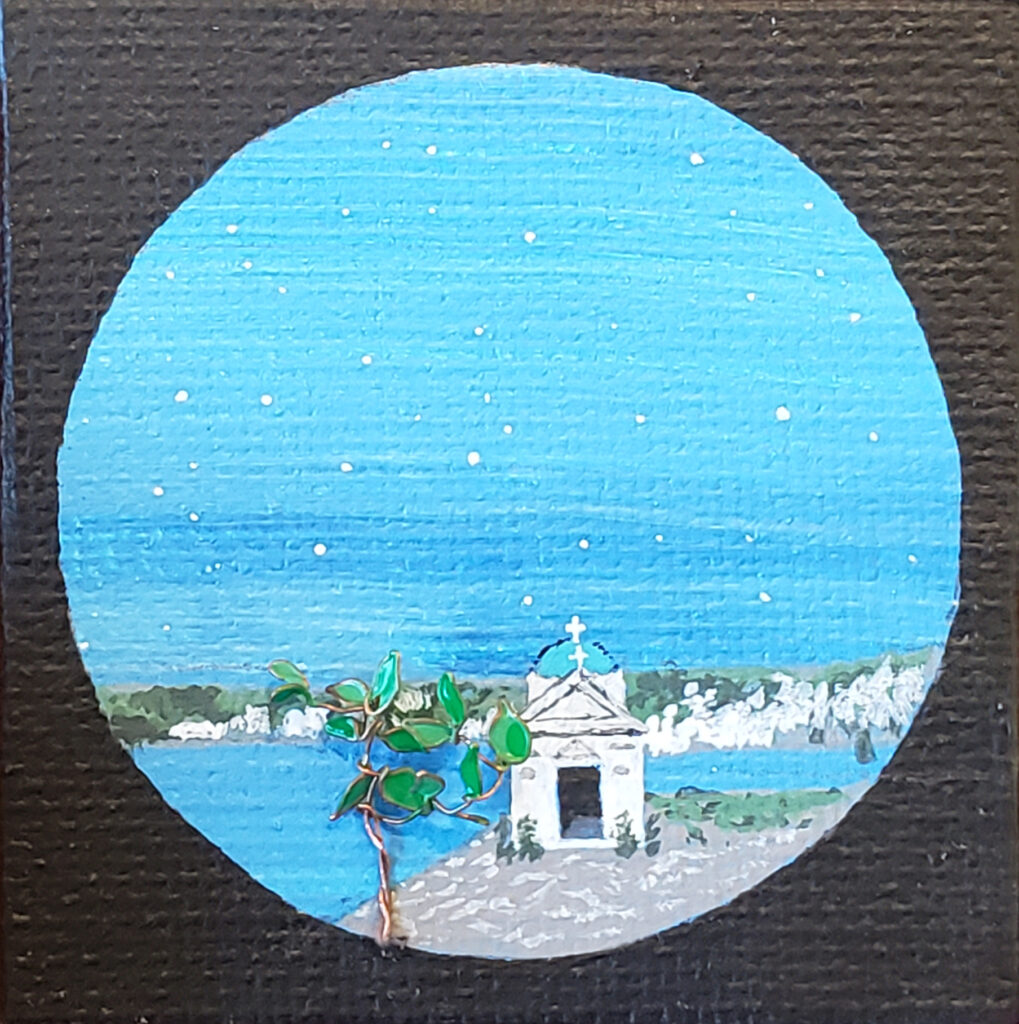
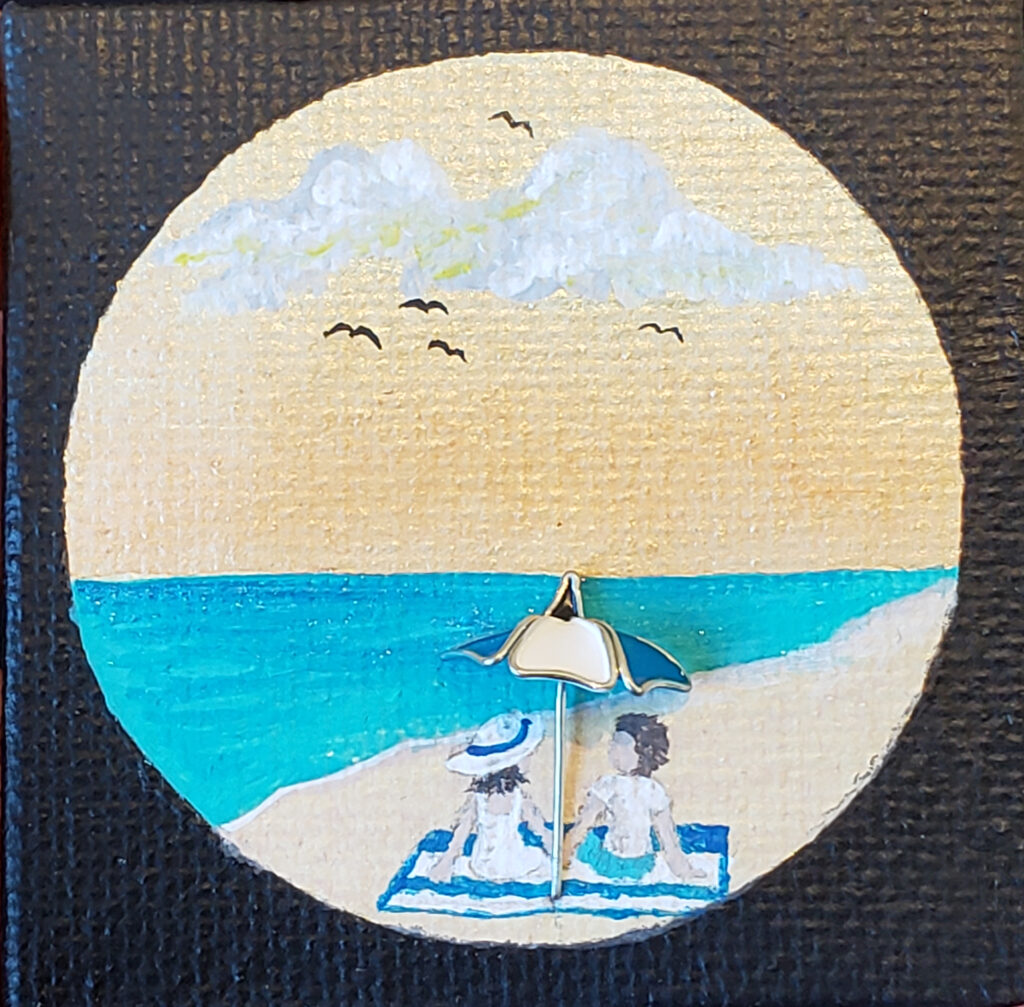
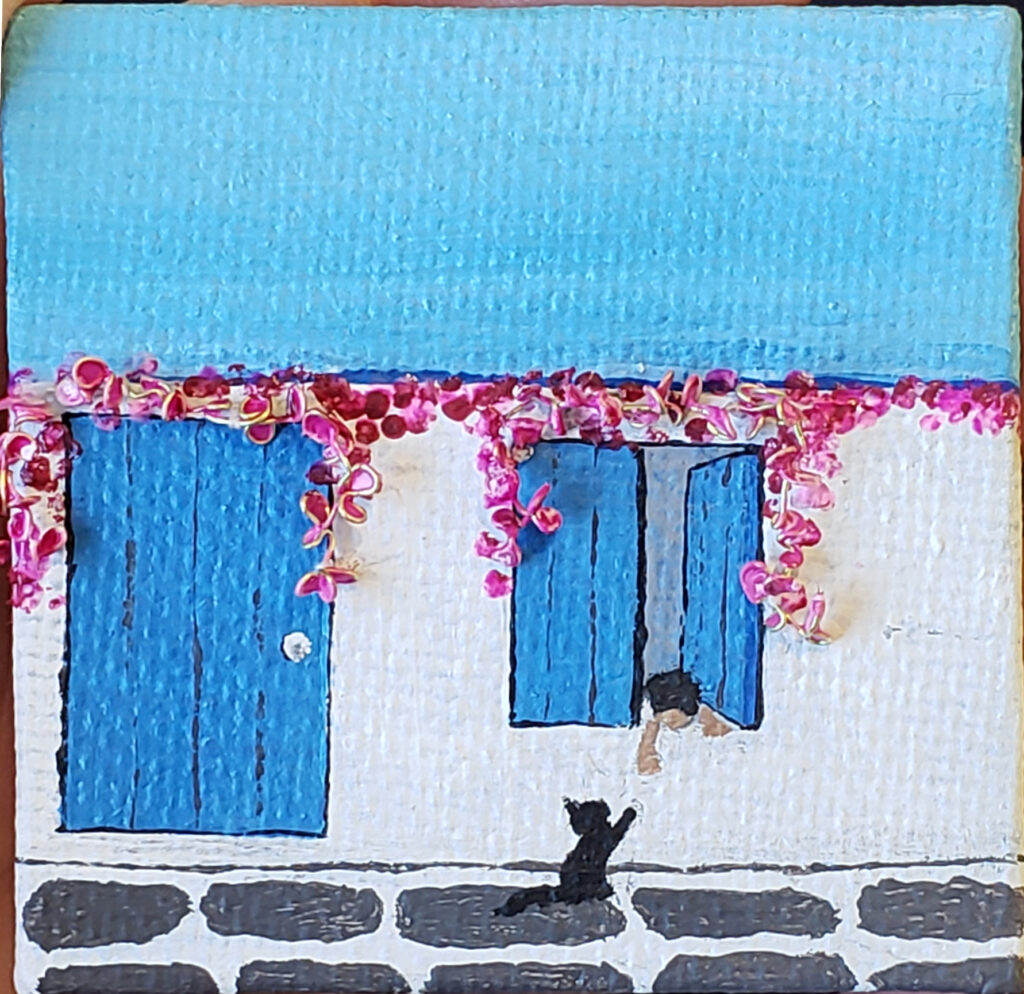
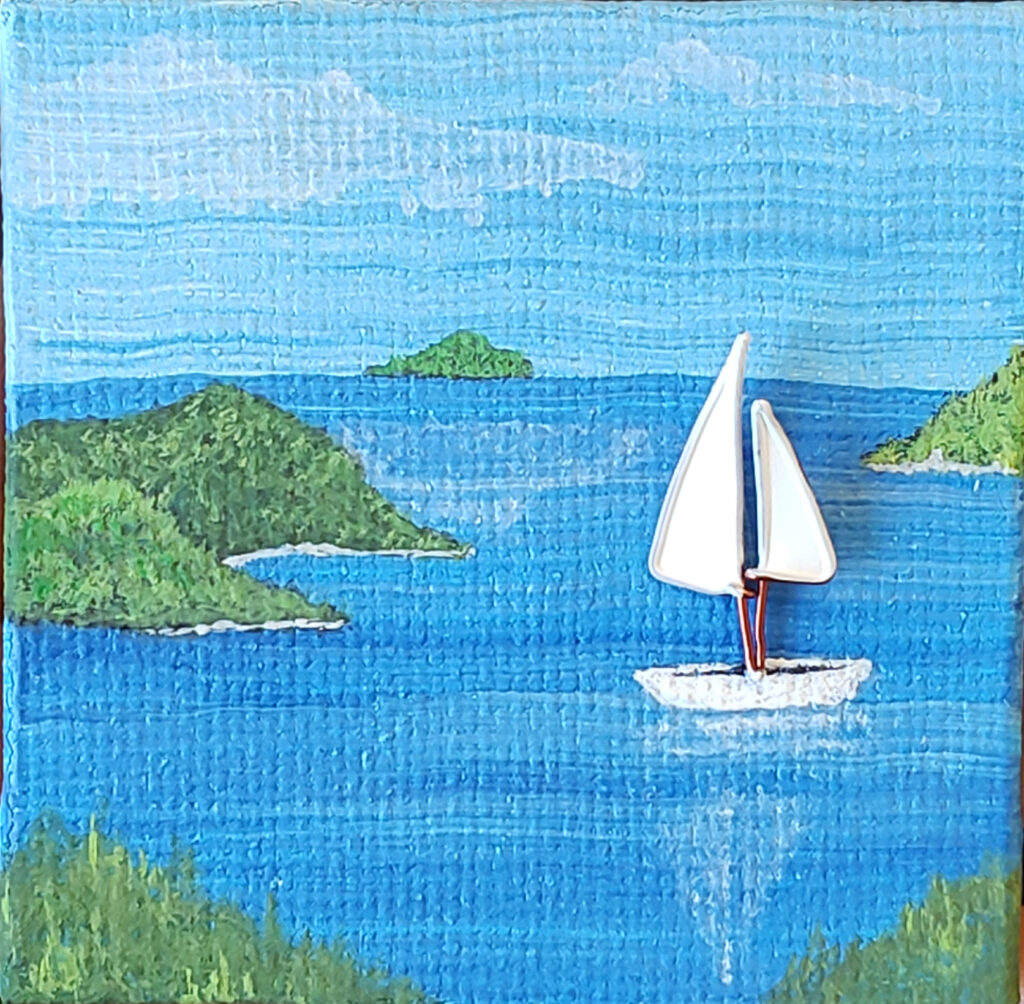
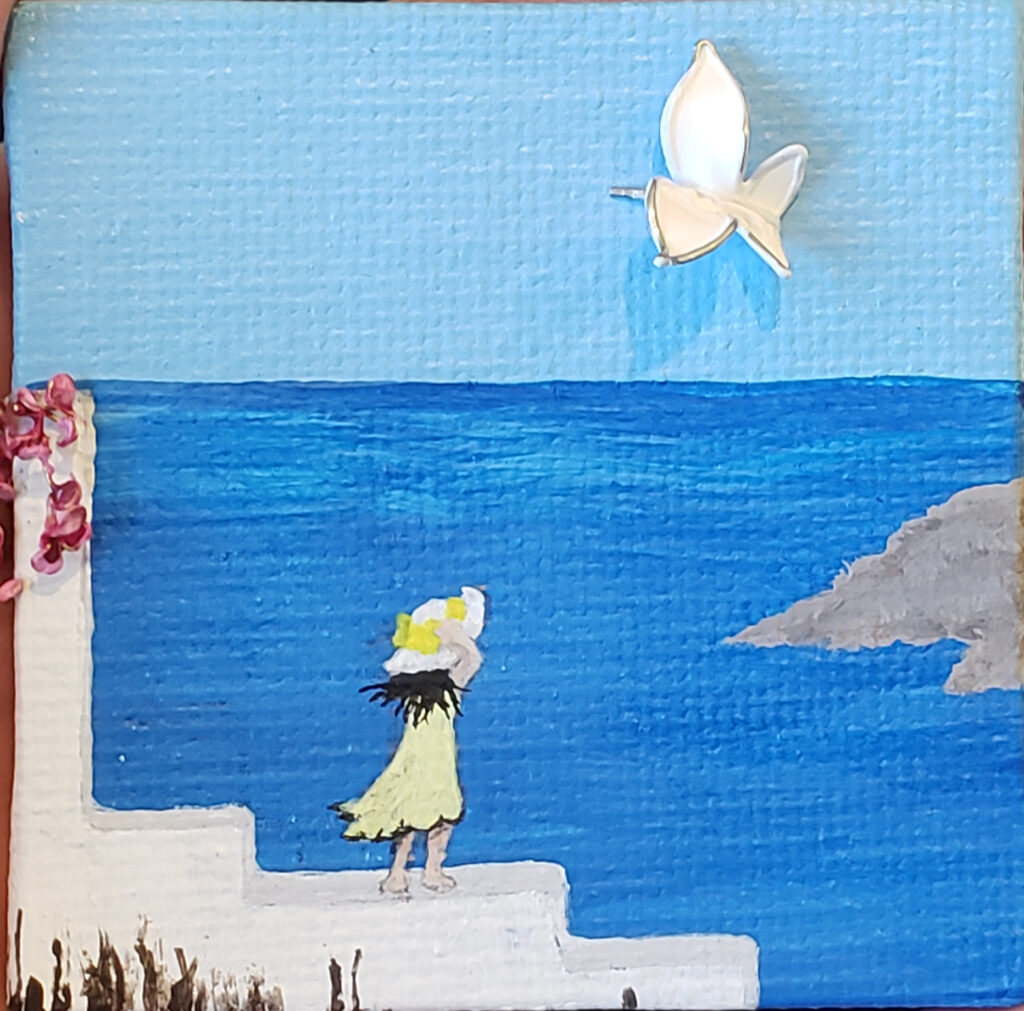
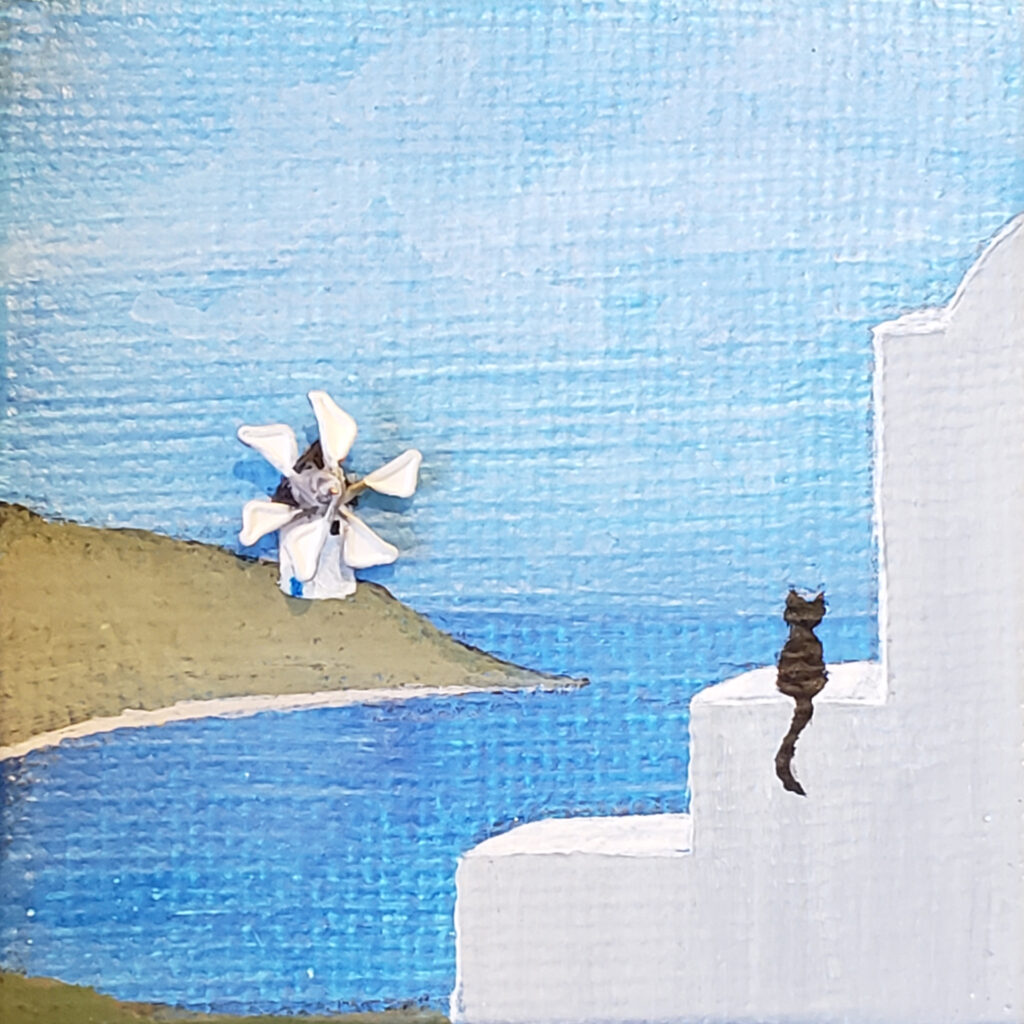
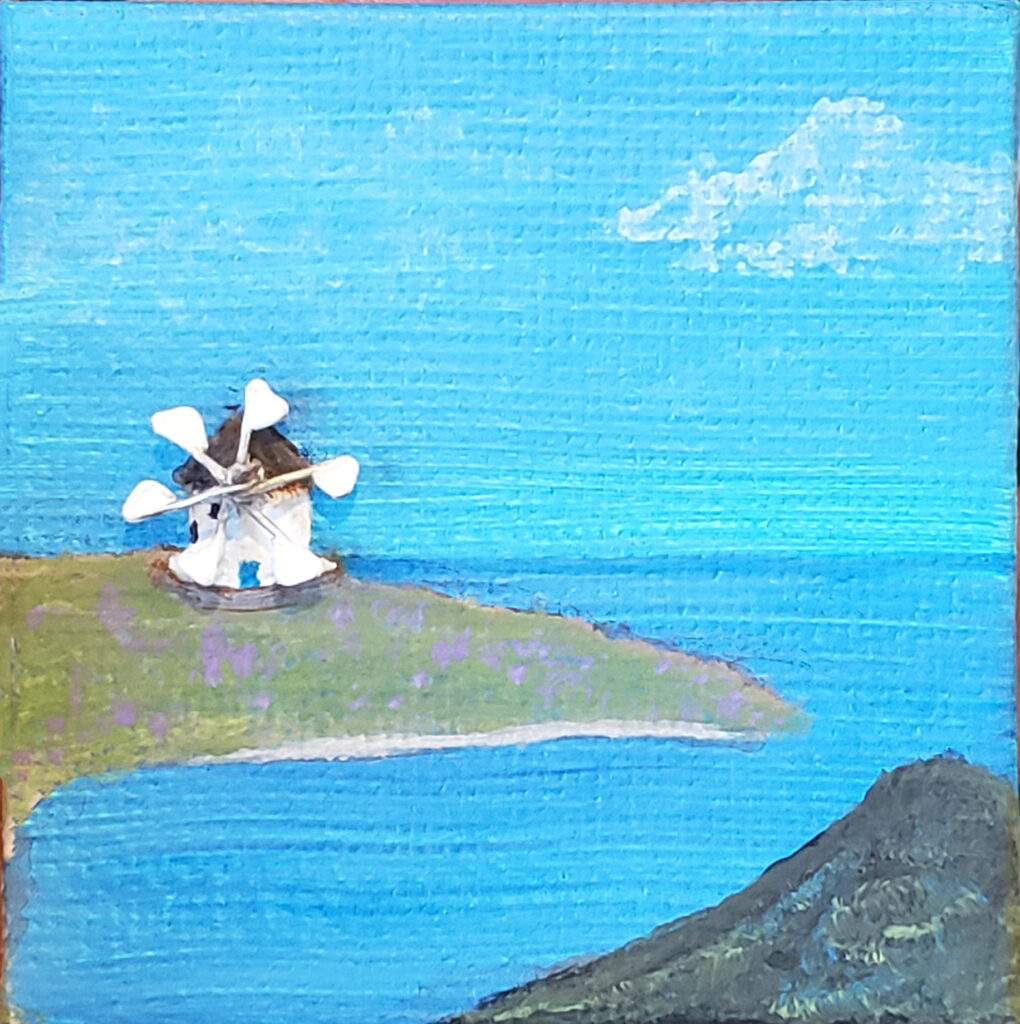
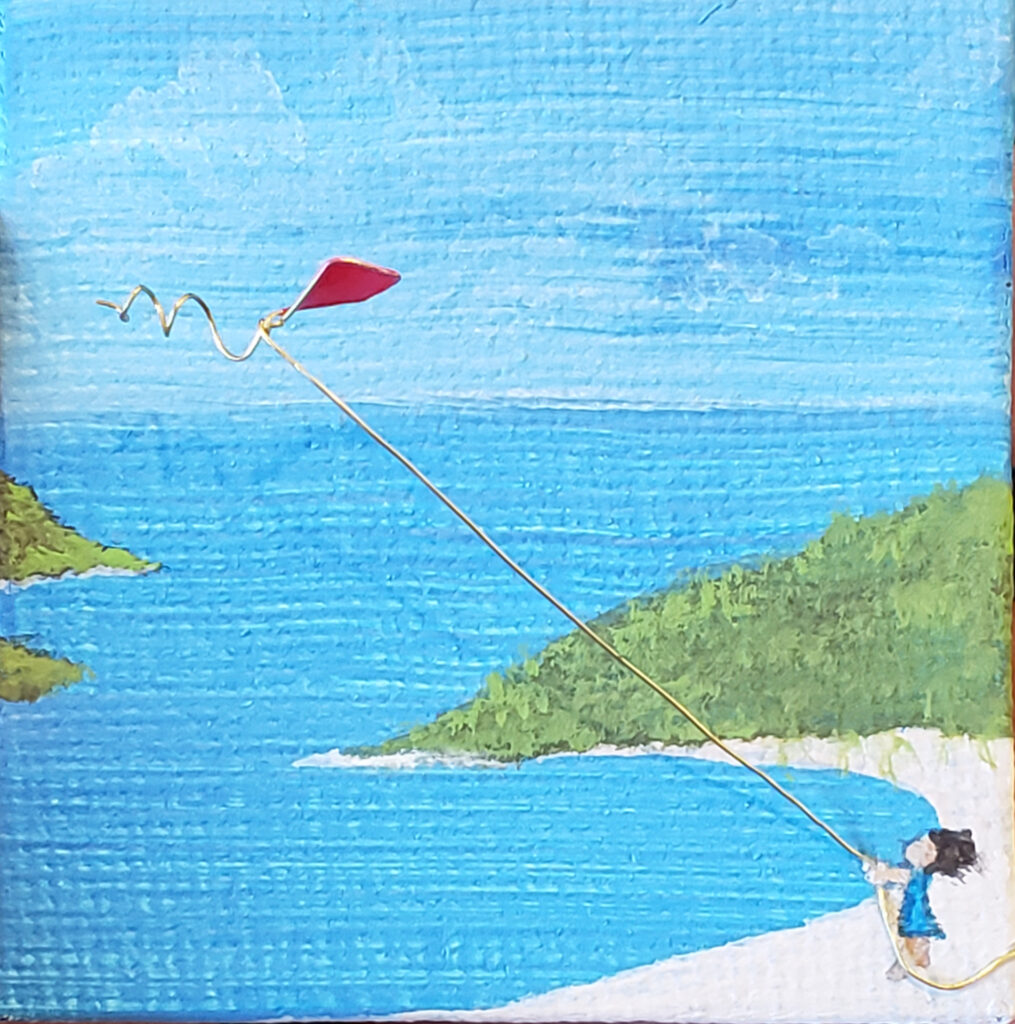
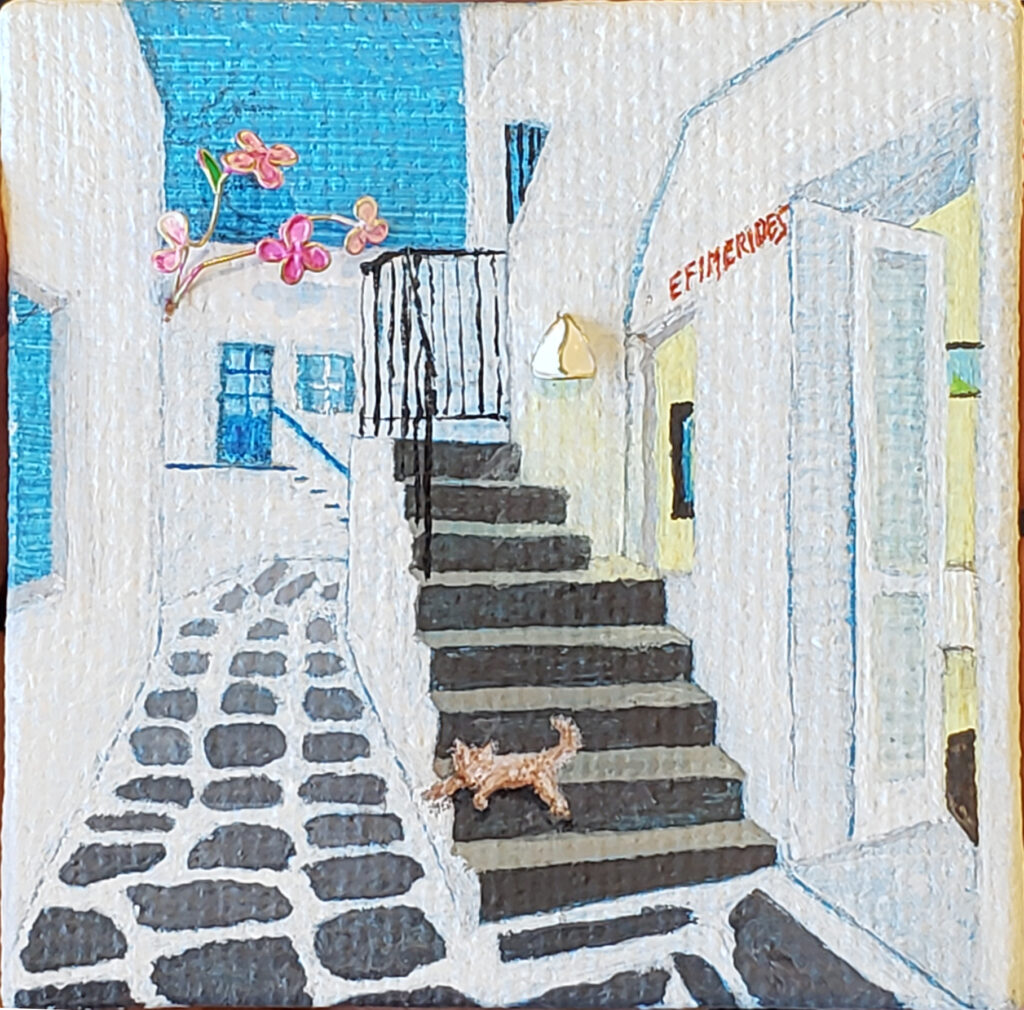
___
Night Sky
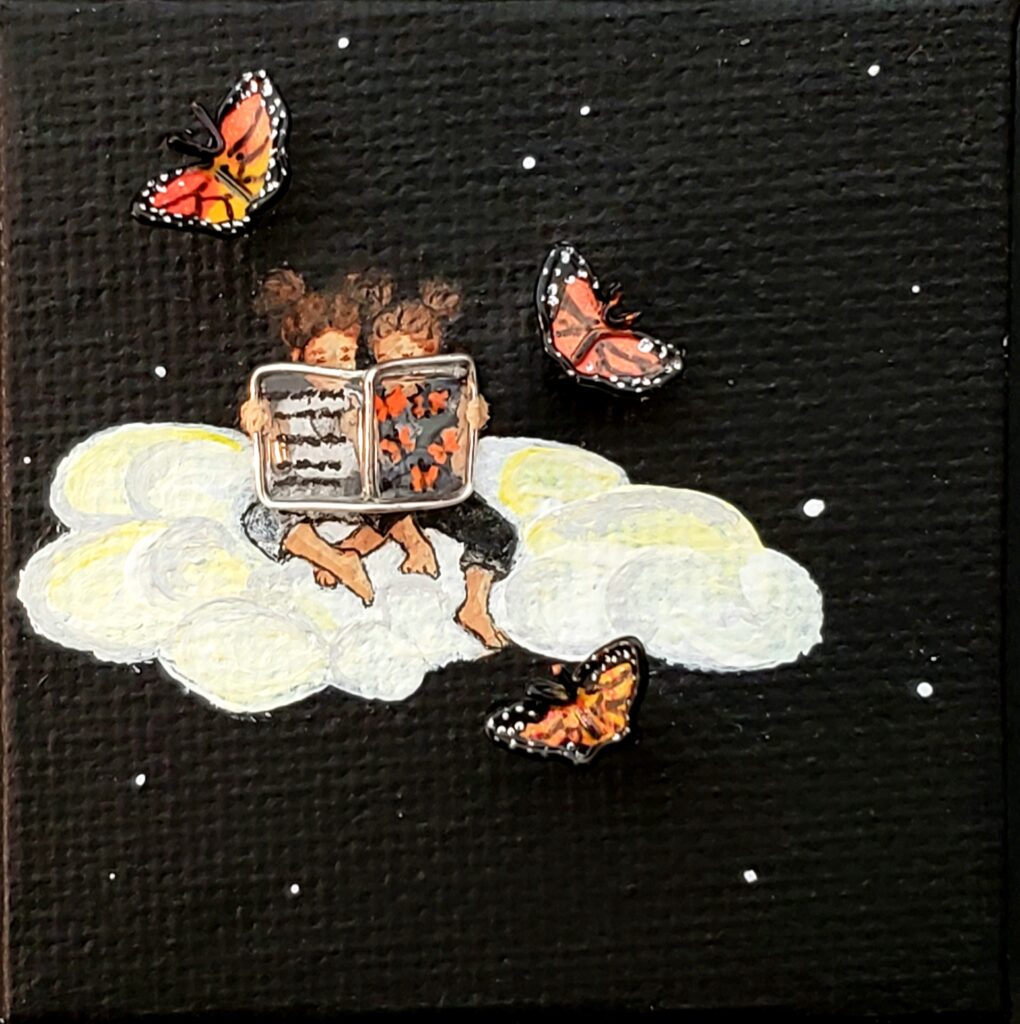
Acrylic, wire, enamel on canvas 2″x2″
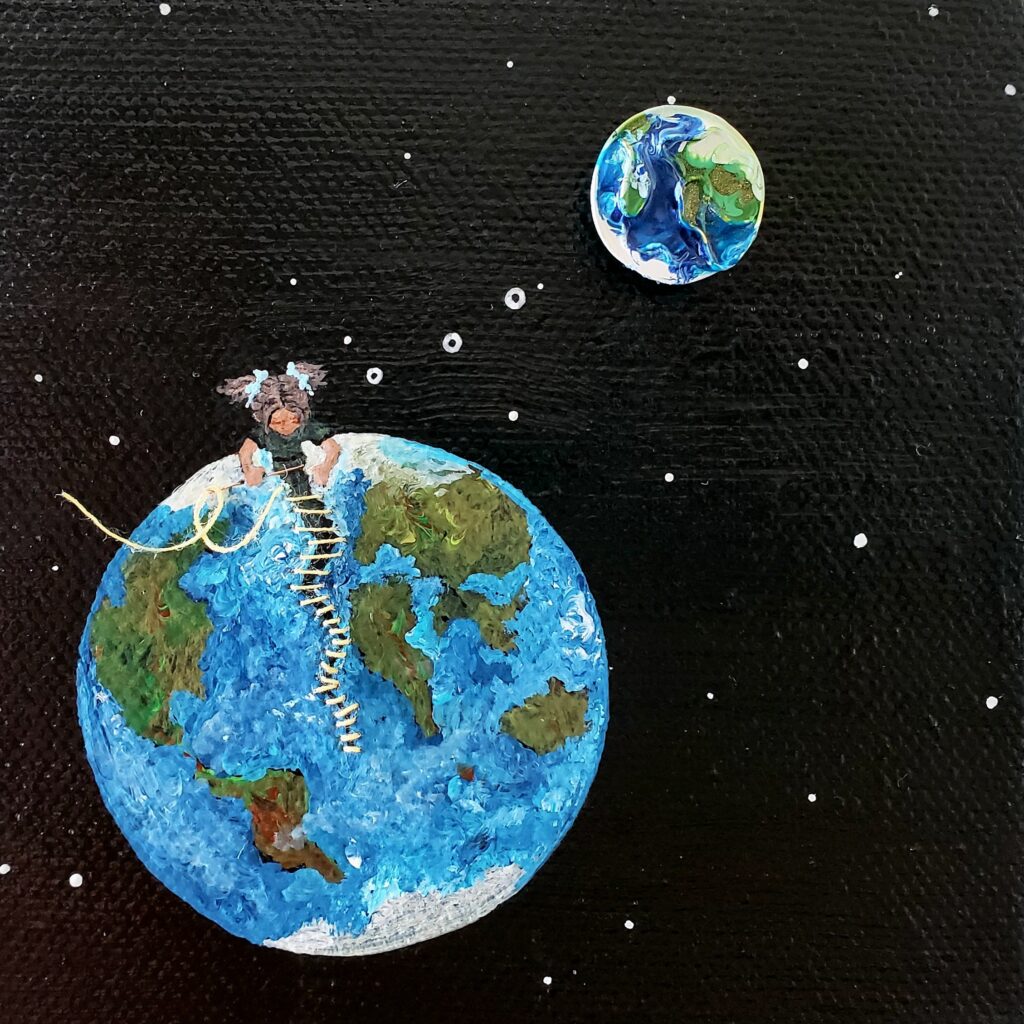
Acrylic, wire, enamel on canvas
4″x 4″
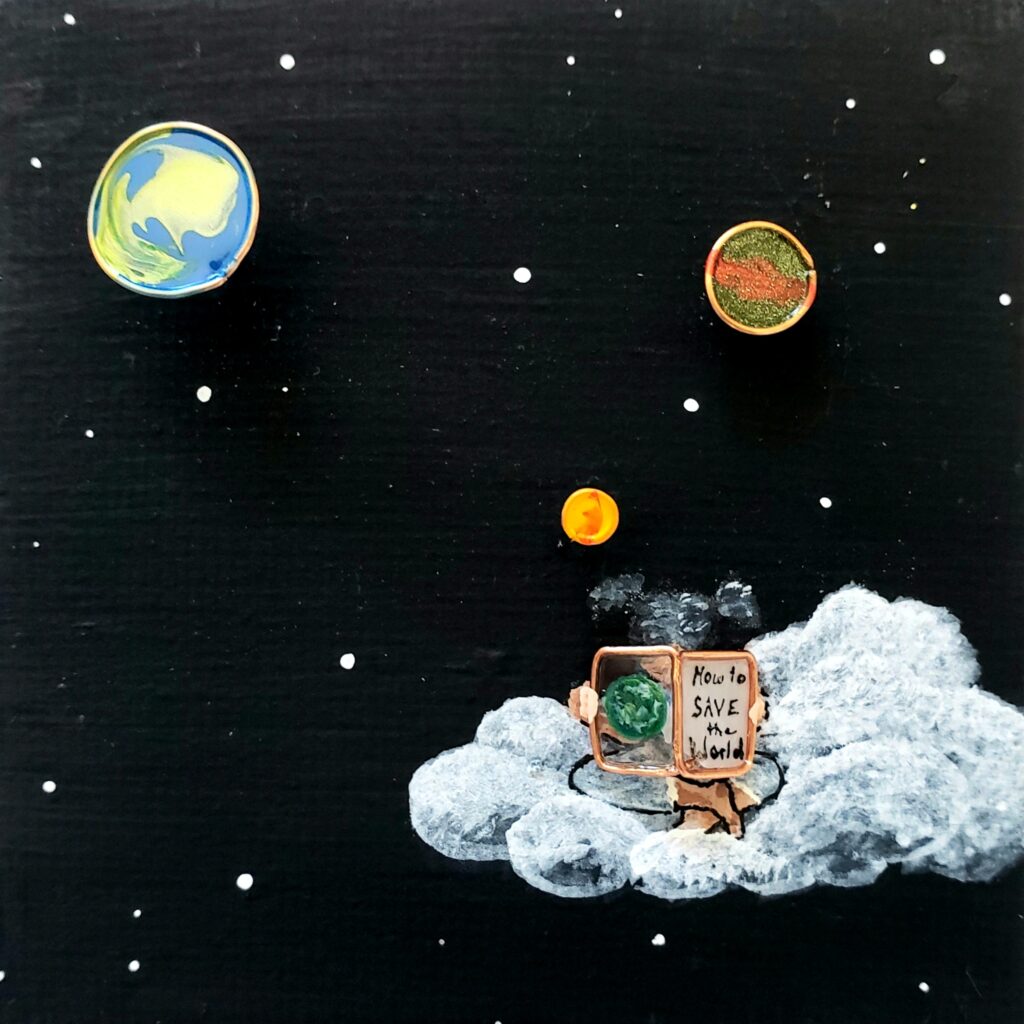
Acrylic, wire, enamel on canvas 2.4″x2.4″
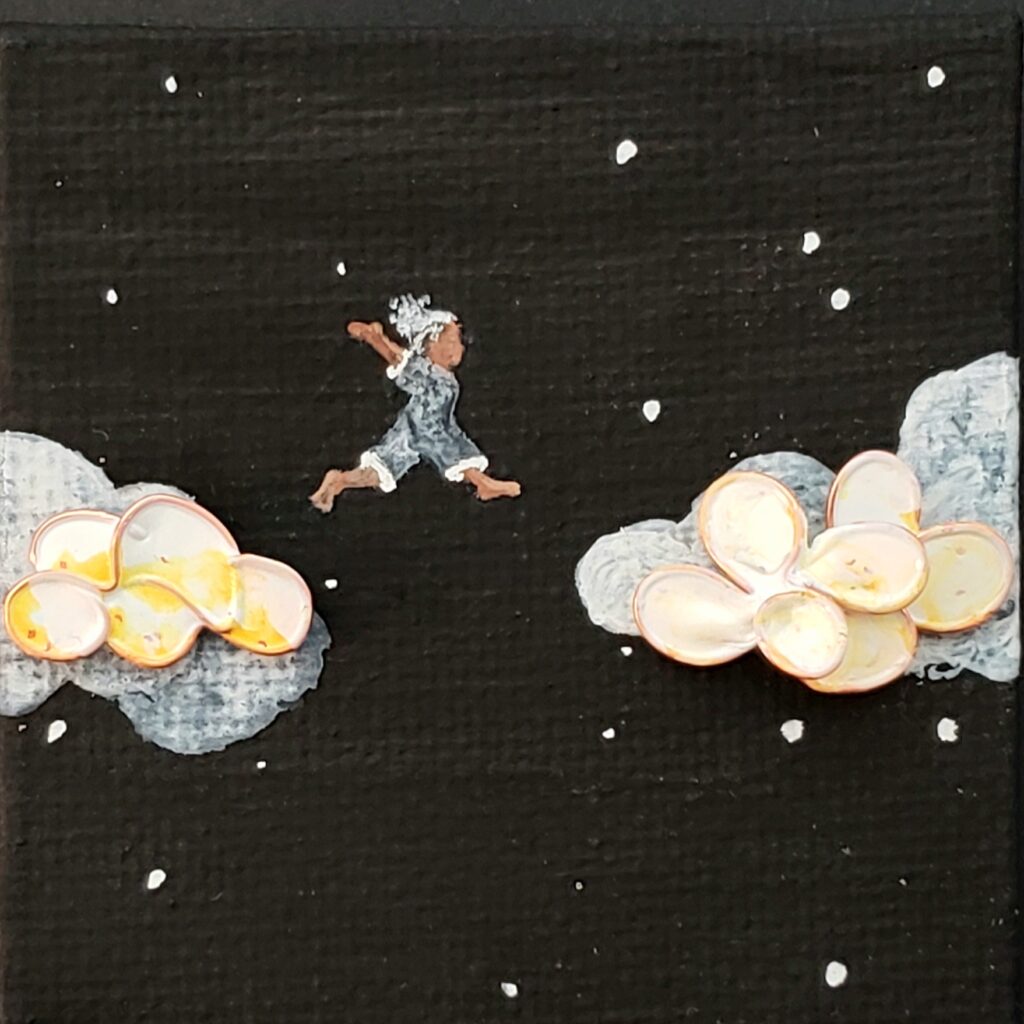
Acrylic, wire, enamel on canvas
2.4″x2.4″
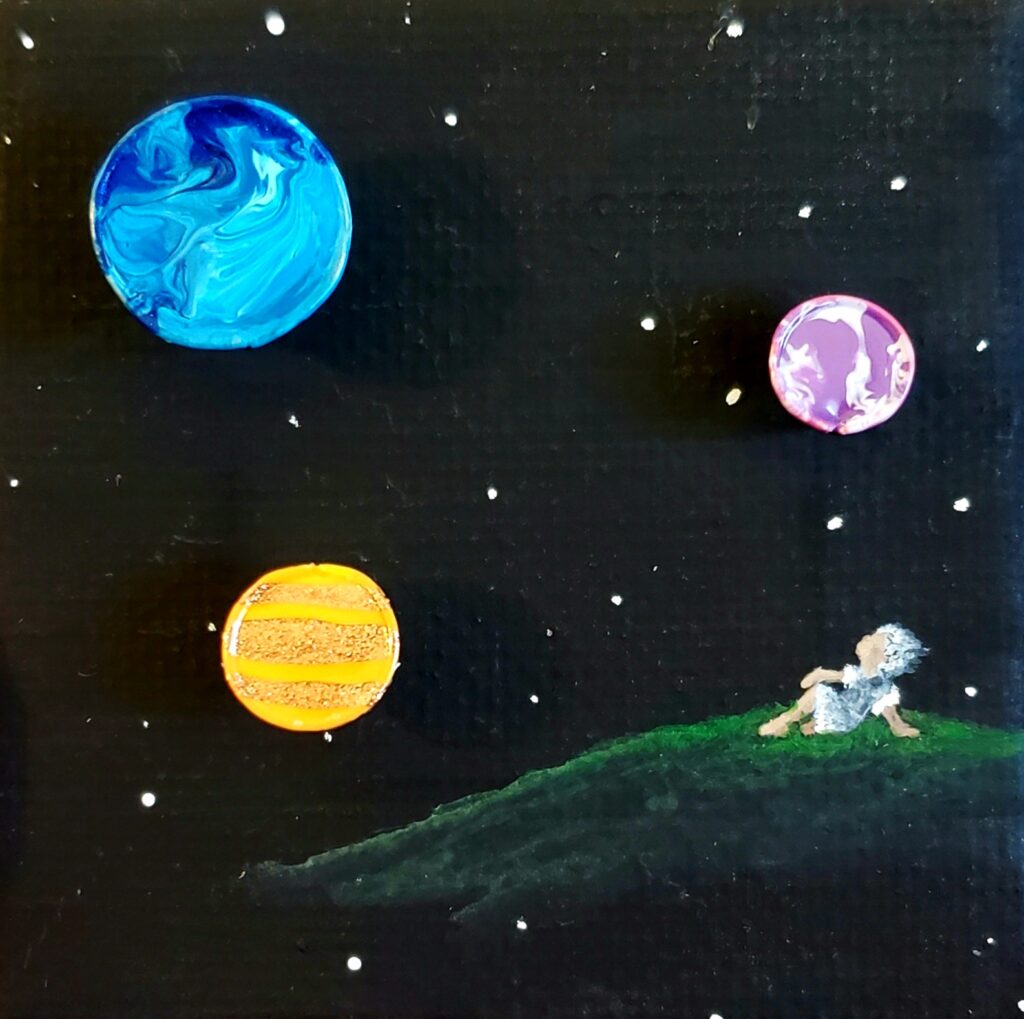
Acrylic, wire, enamel on canvas 2.4″x2.4″
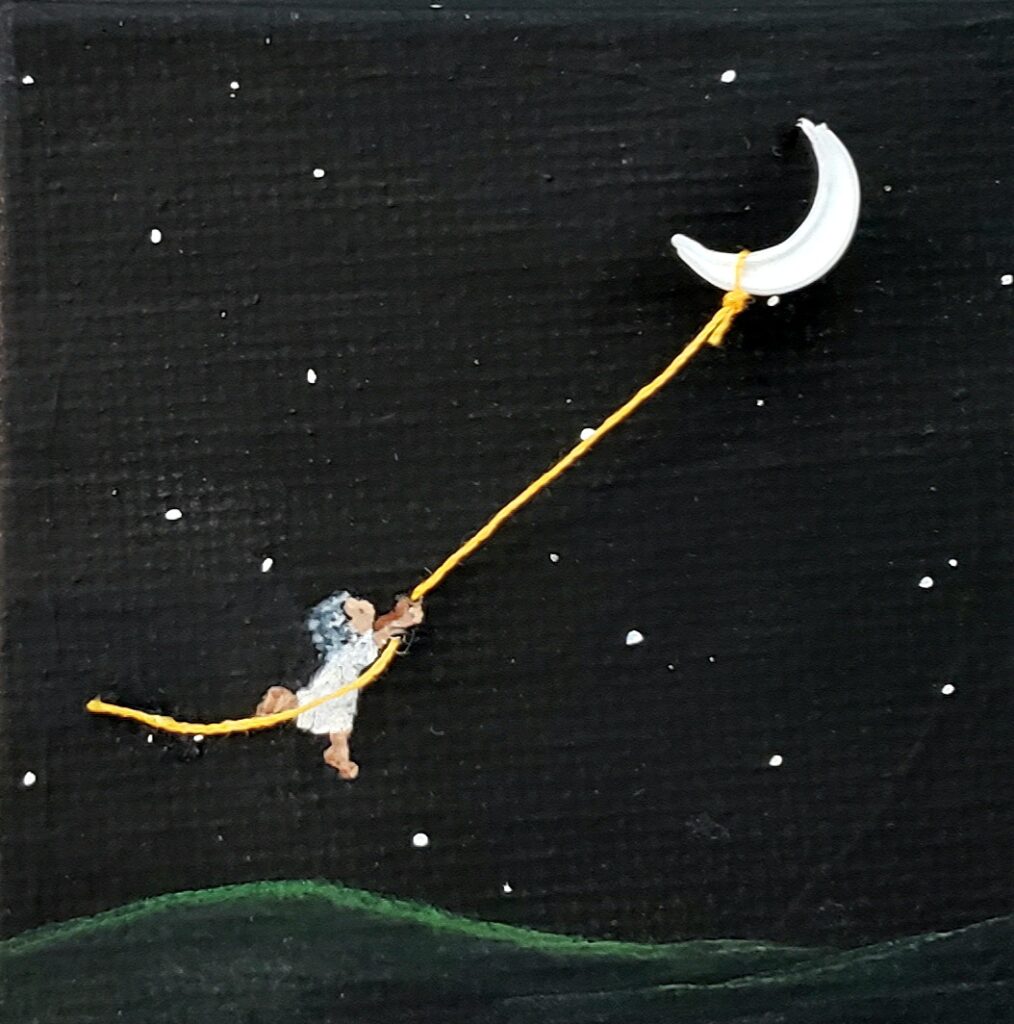
Acrylic, wire, enamel on canvas 2.4″x2.4″
Joy
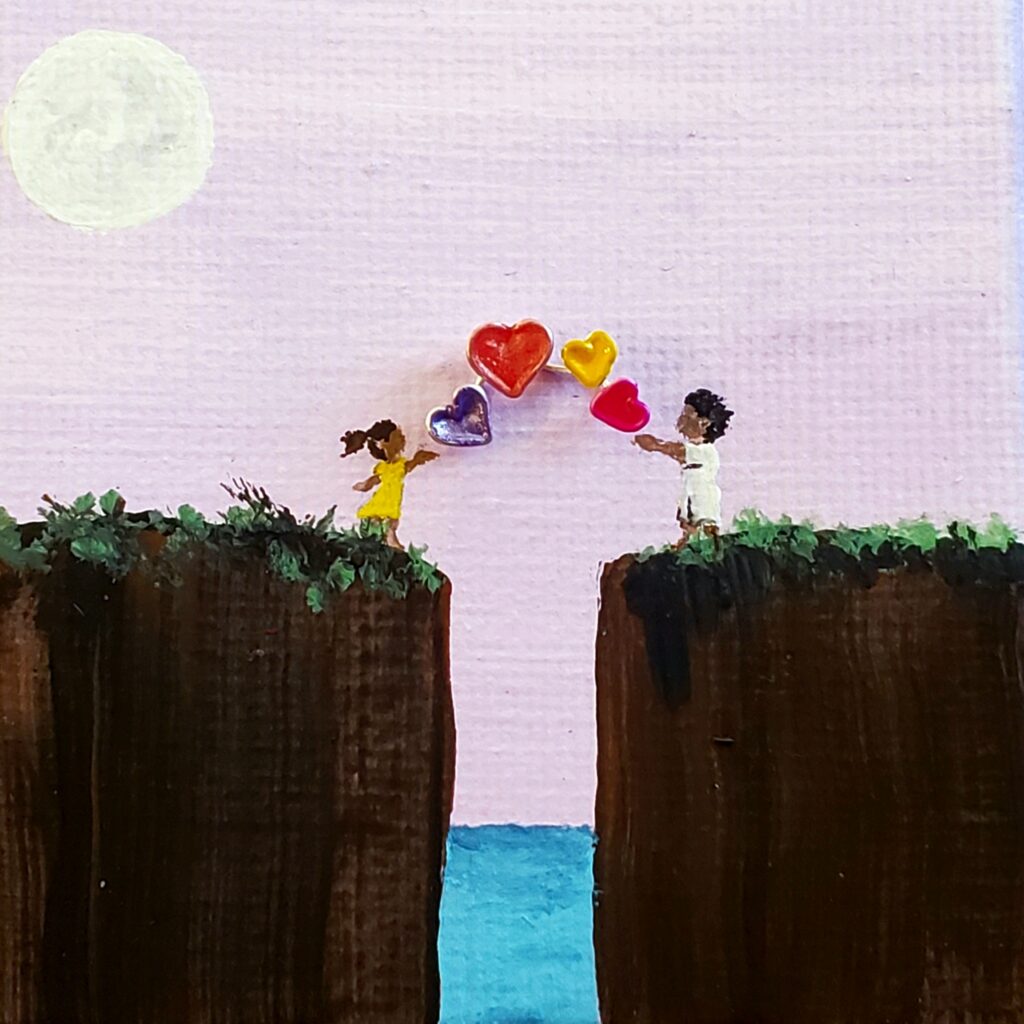
Acrylic, wire and enamel on canvas – 2.4″x2.4″
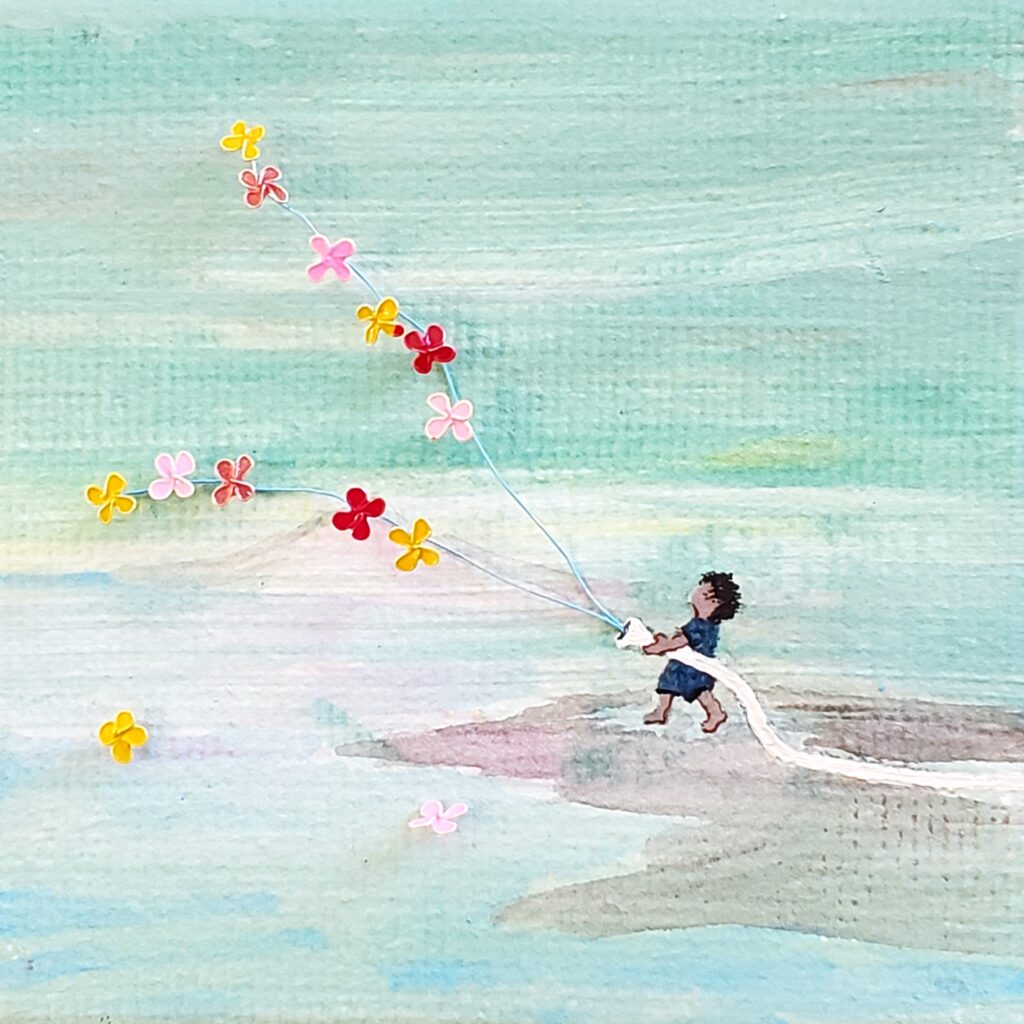
Acrylic, wire and enamel on canvas – 2.4″x2.4″
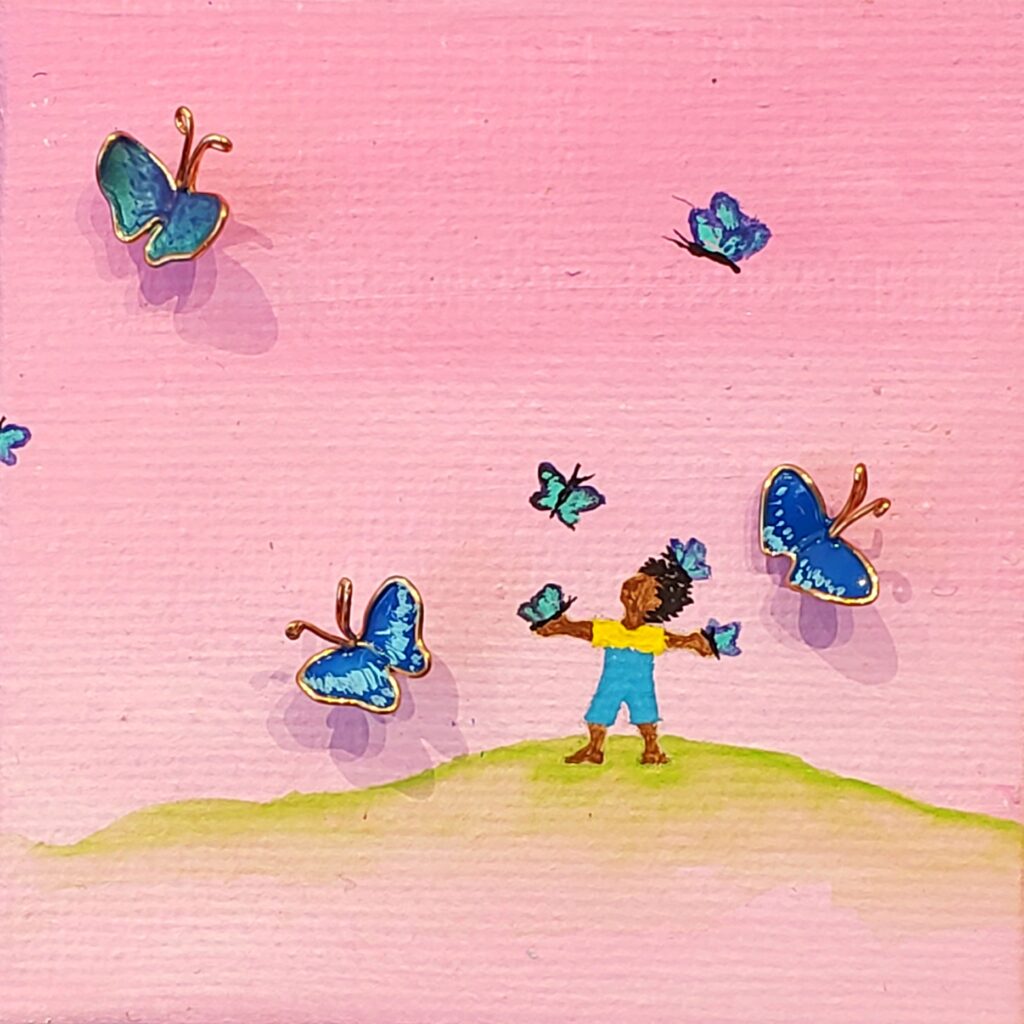
Acrylic, wire and enamel on canvas – 2.4″x2.4″
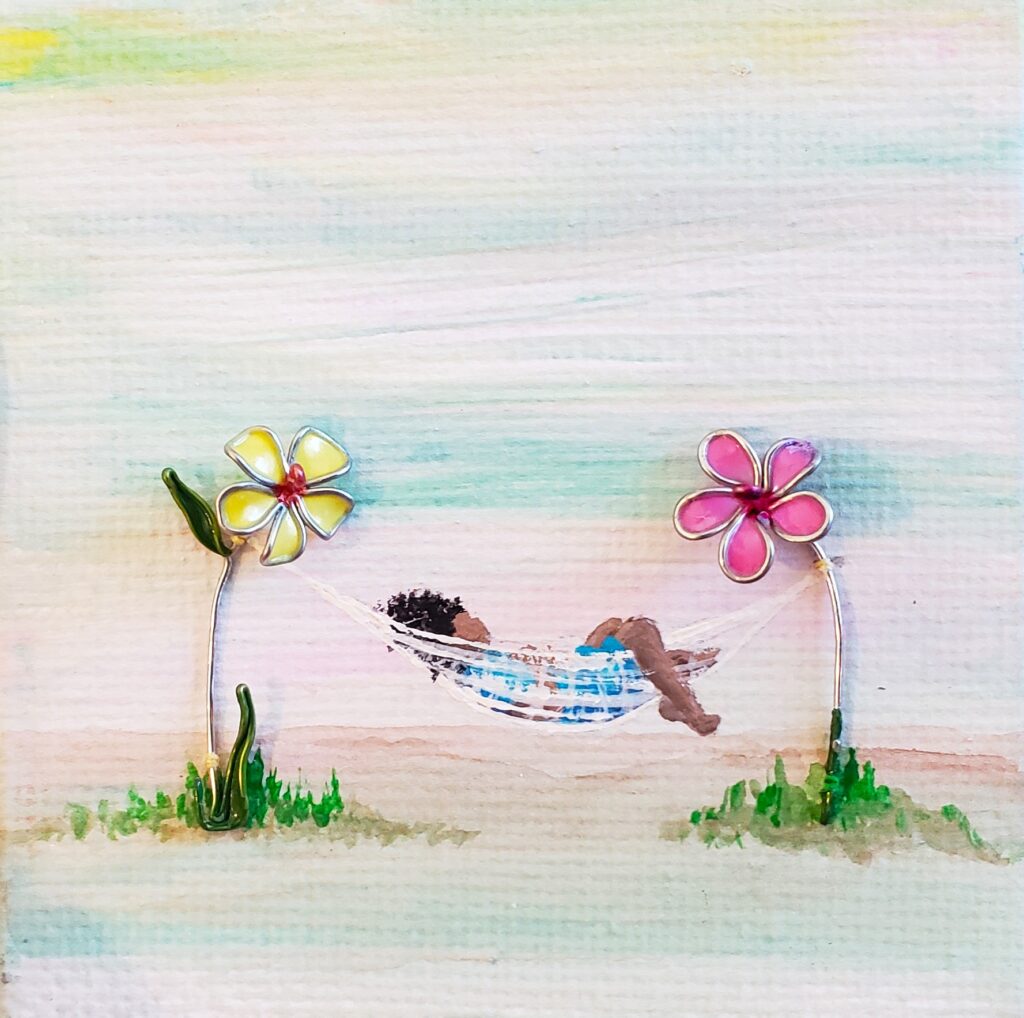
Acrylic, wire and enamel on canvas – 2.4″x2.4″
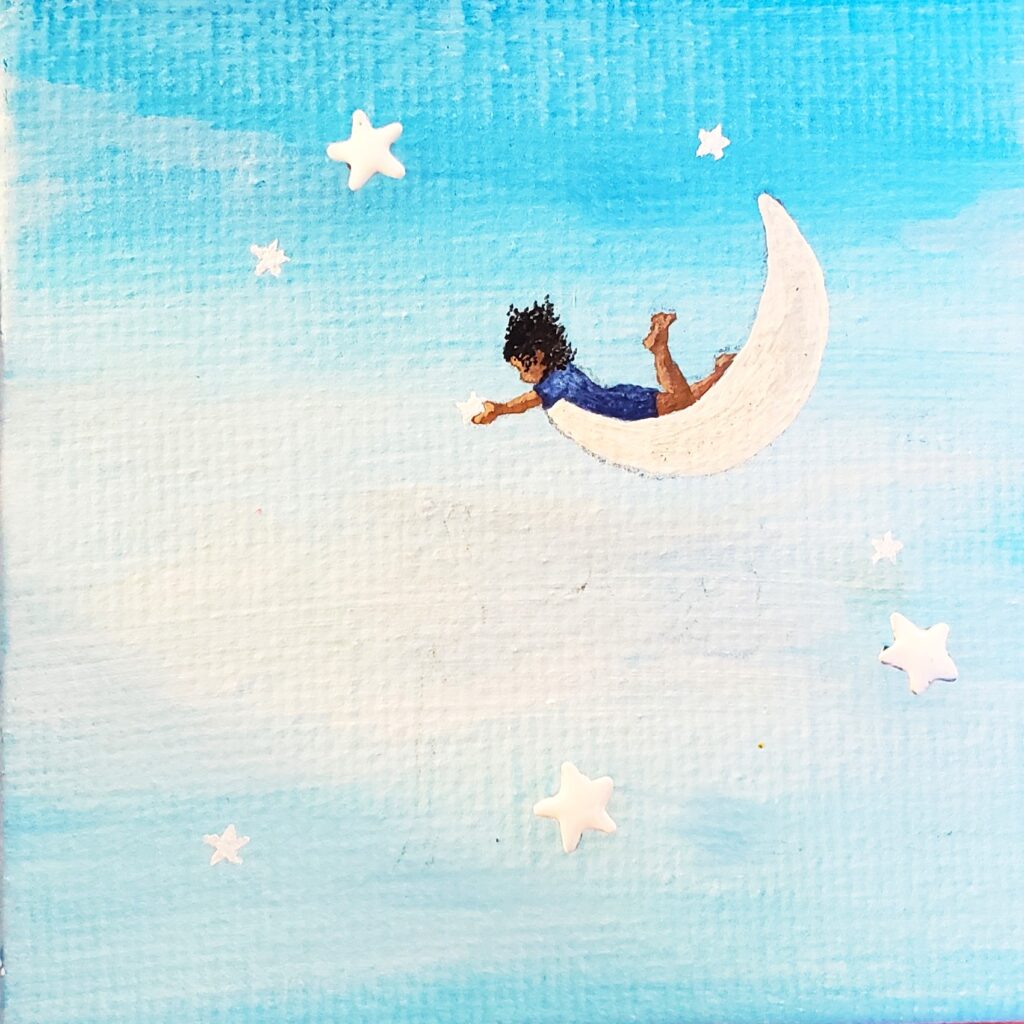
Acrylic, wire and enamel on canvas – 2.4″x2.4″
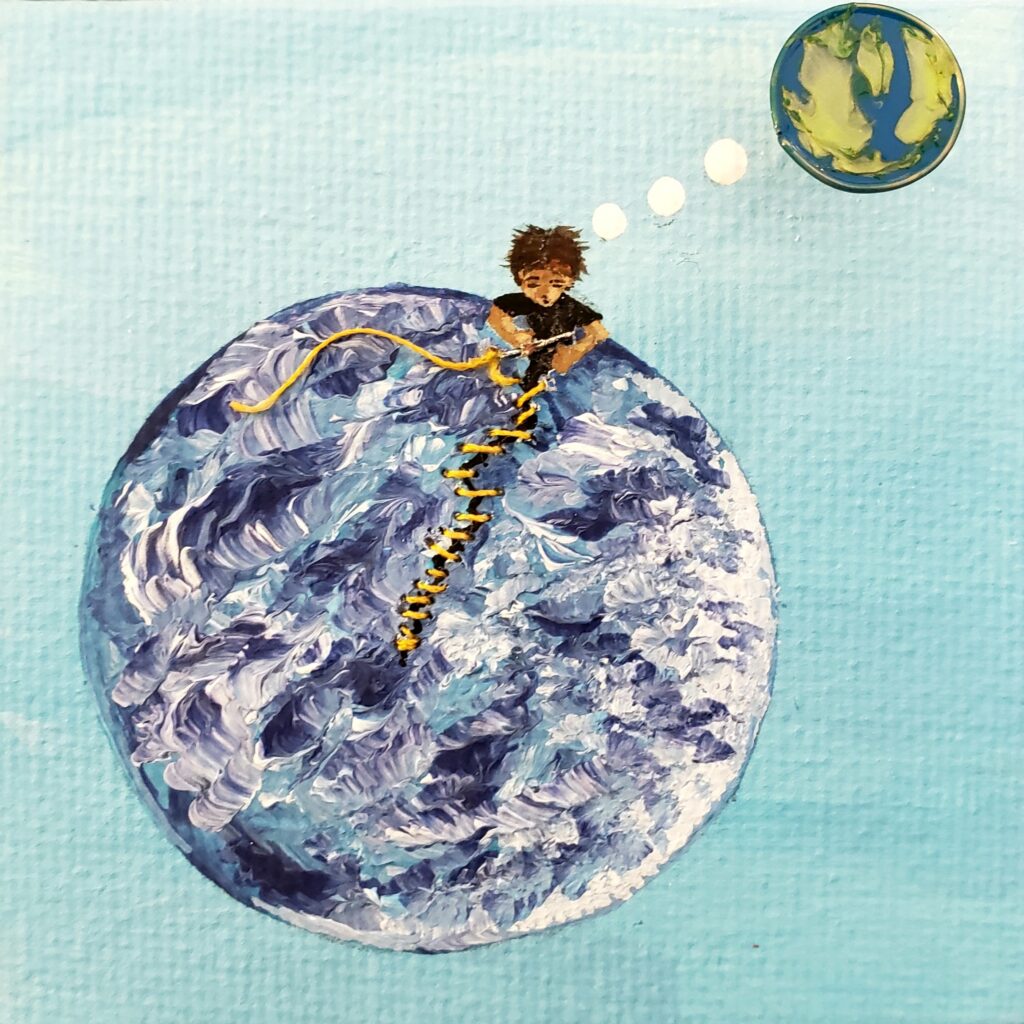
Acrylic, wire and enamel on canvas – 2.4″x2.4″
Cats
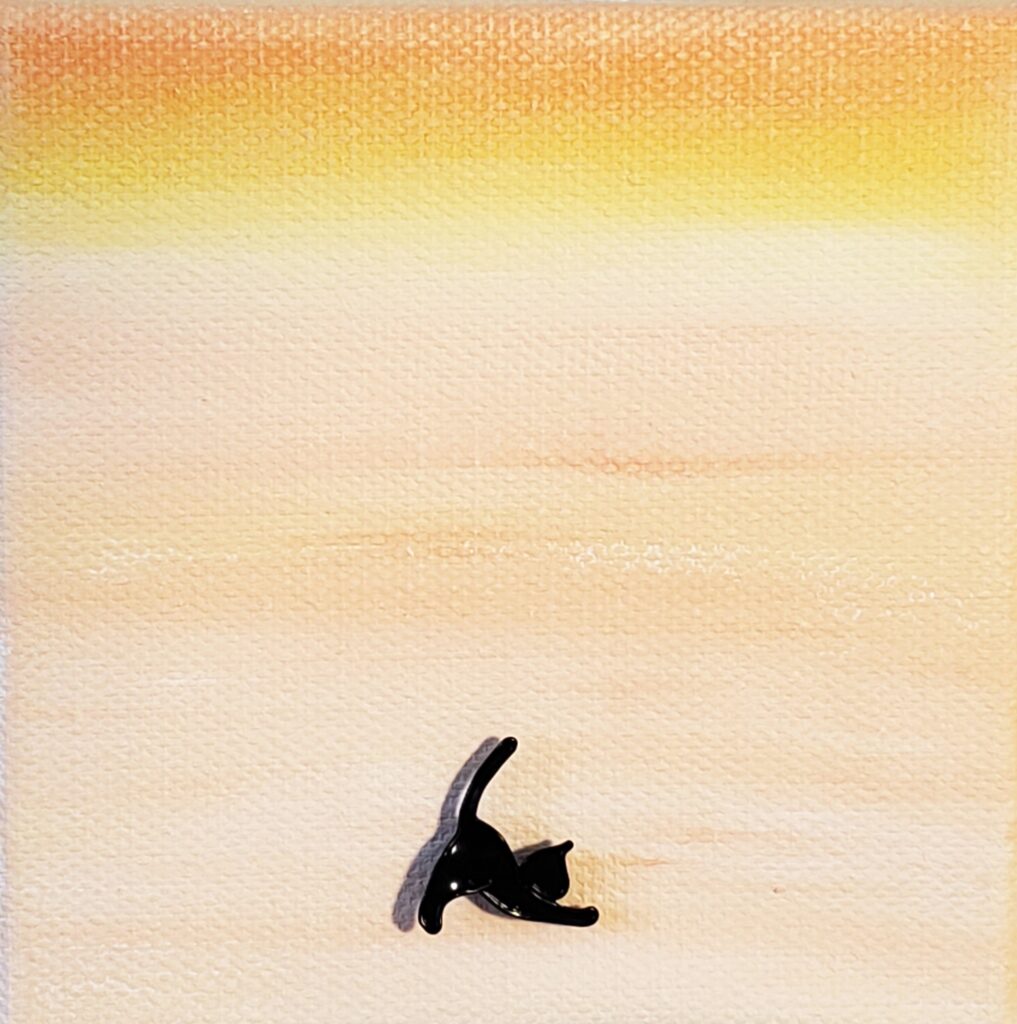
Acrylic, wire, enamel on canvas 4″x4″
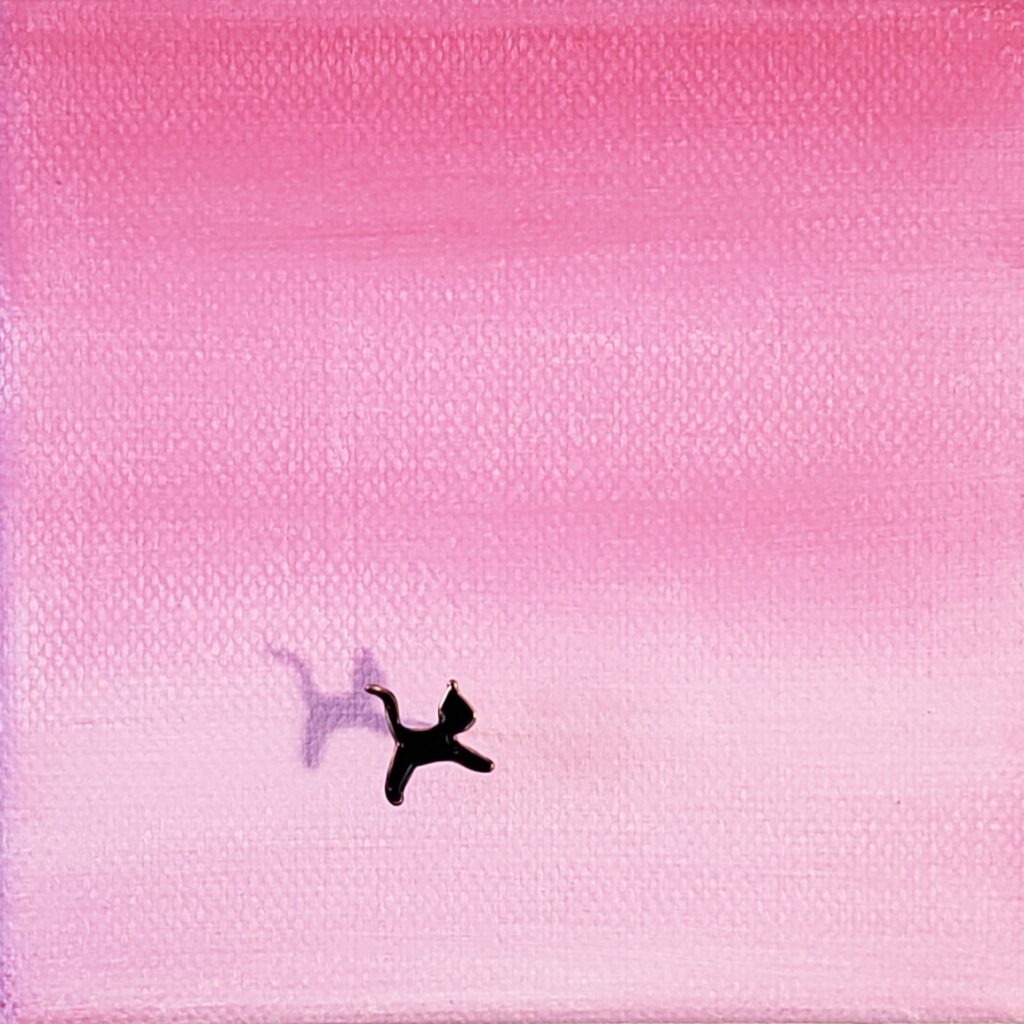
Acrylic, wire, enamel on canvas 4″x4″
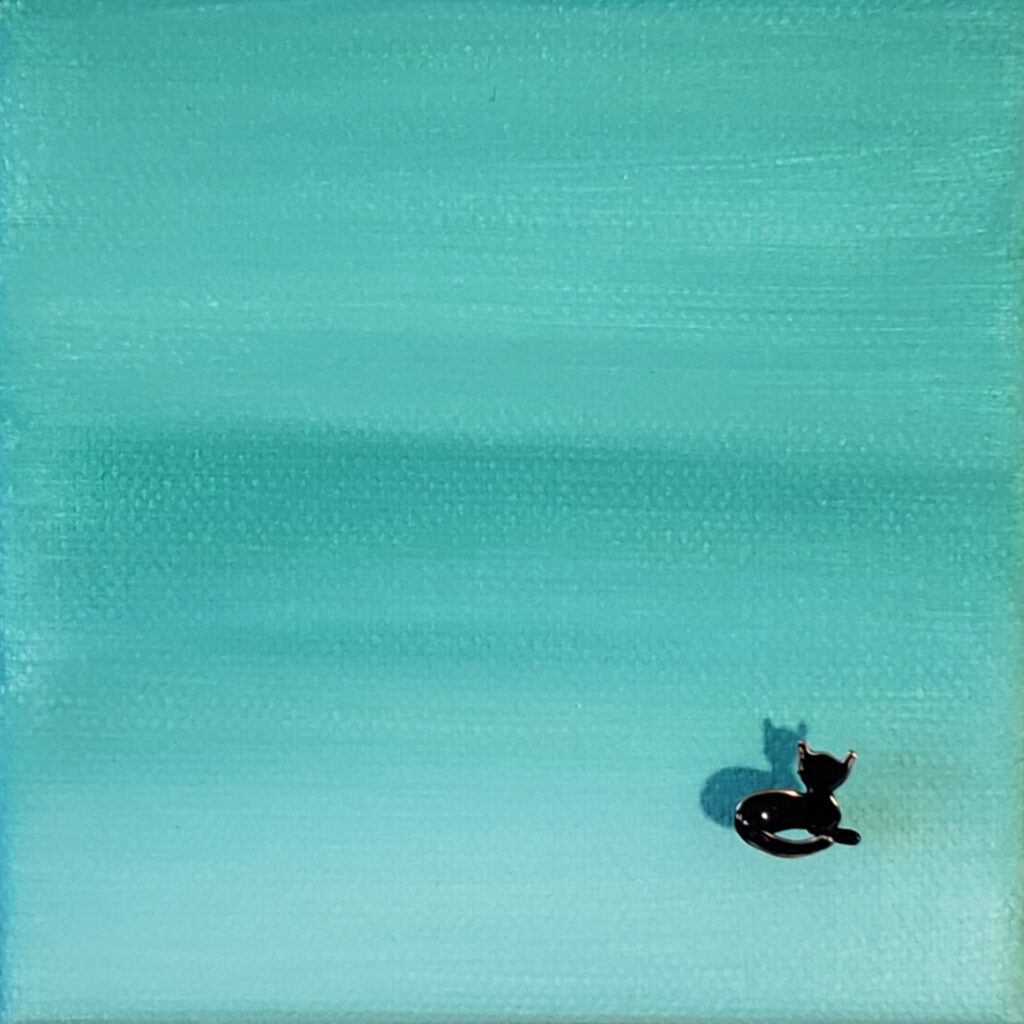
Acrylic, wire, enamel on canvas 4″x4″
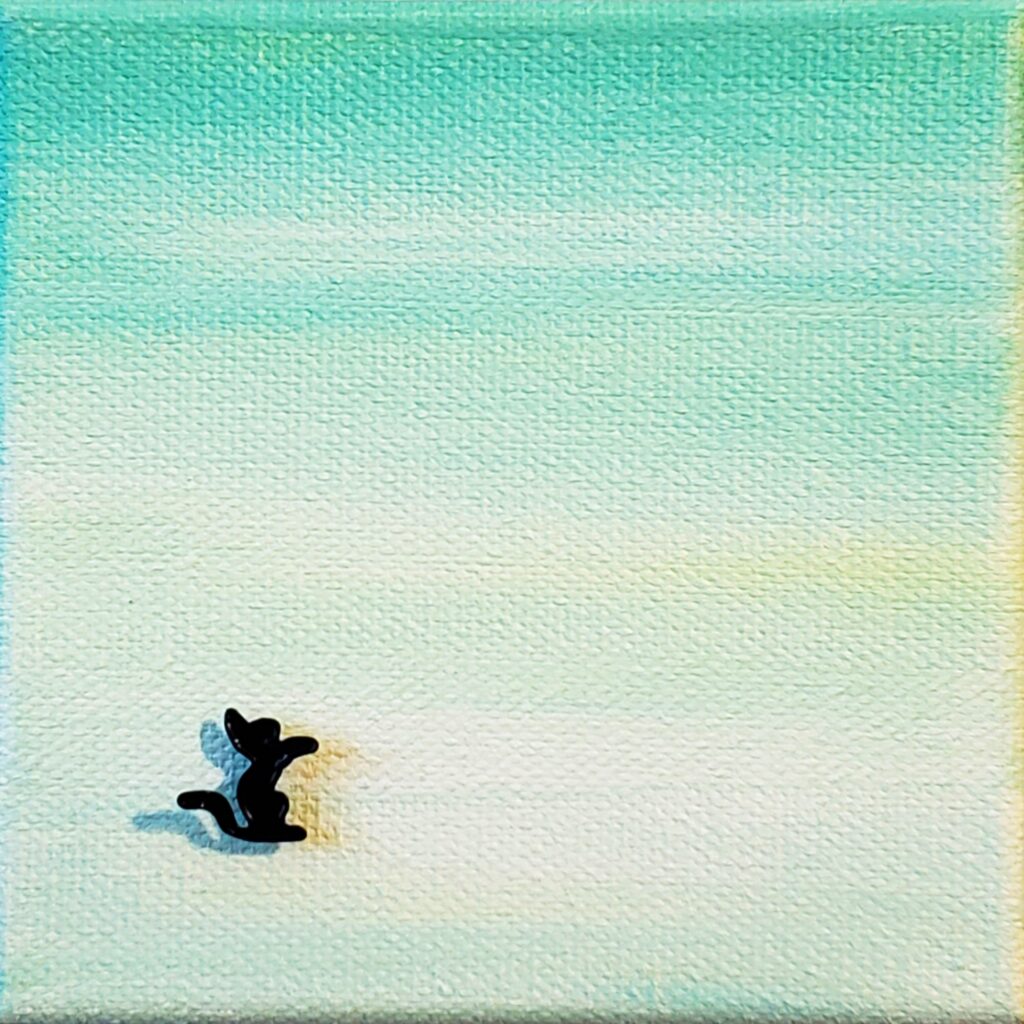
Acrylic, wire, enamel on canvas 4″x4″
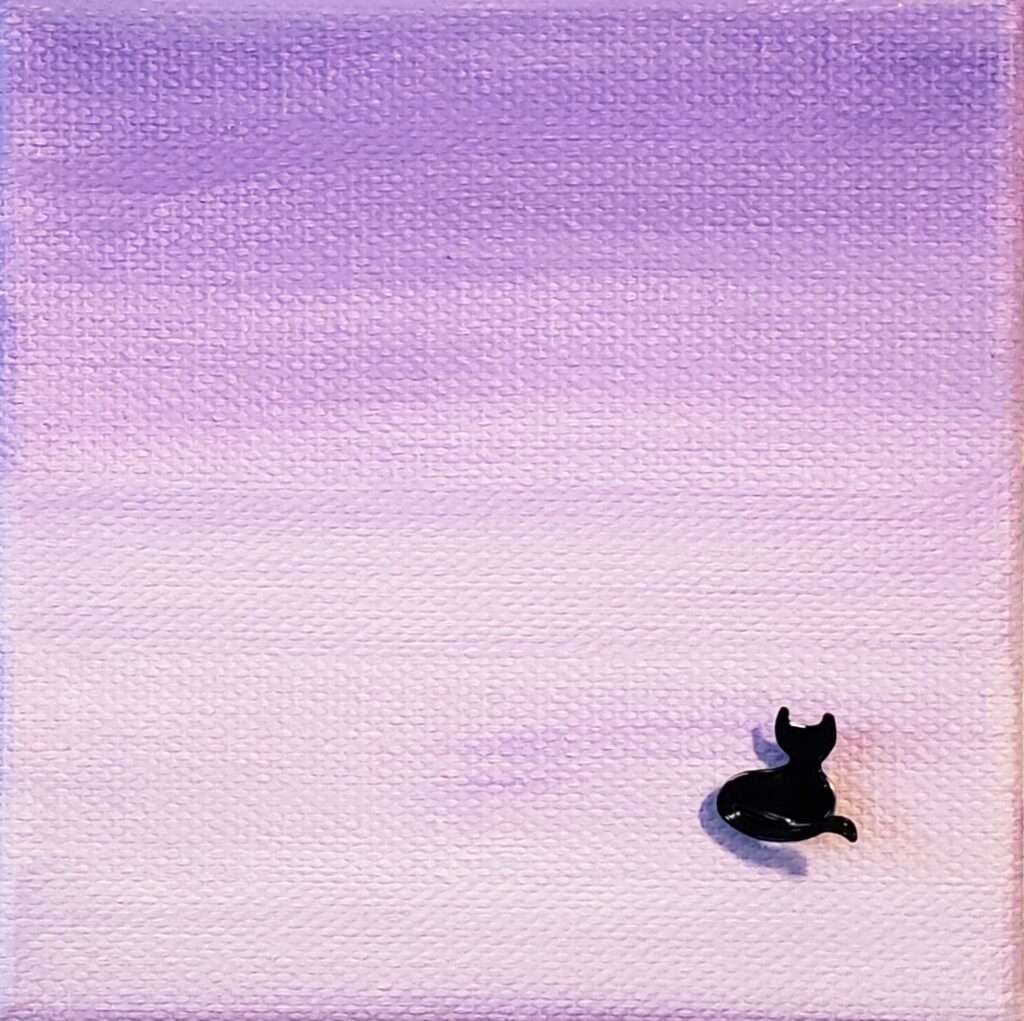
Acrylic, wire, enamel on canvas 4″x4″
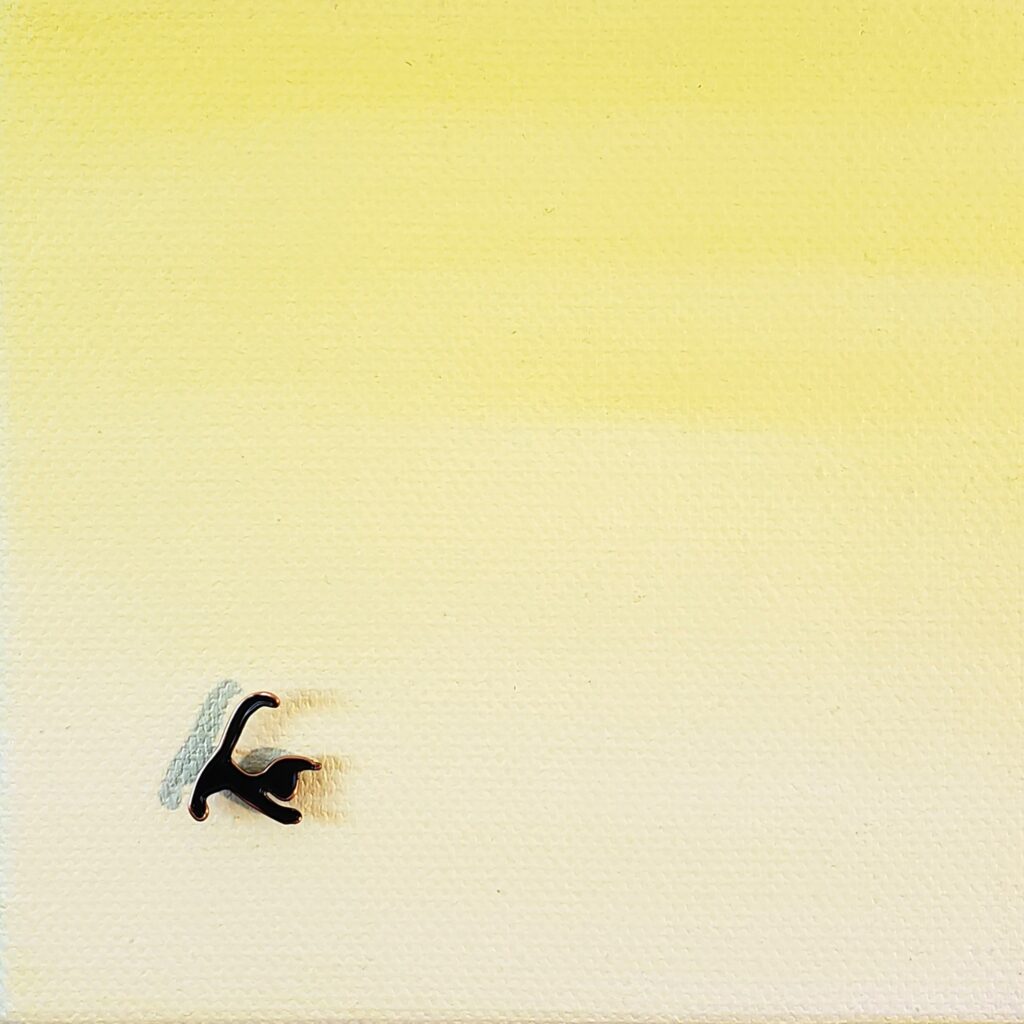
Acrylic, wire, enamel on canvas 4″x4″
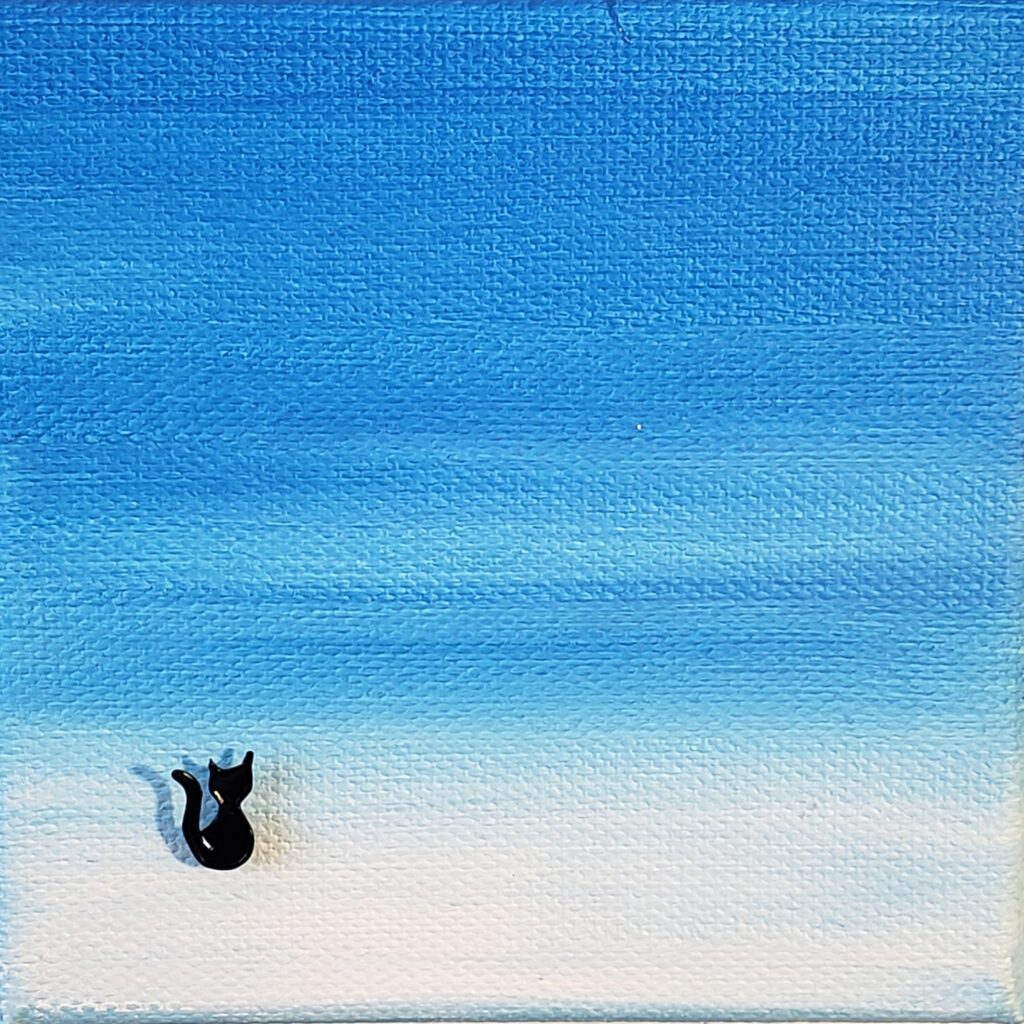
Acrylic, wire, enamel on canvas 4″x4″
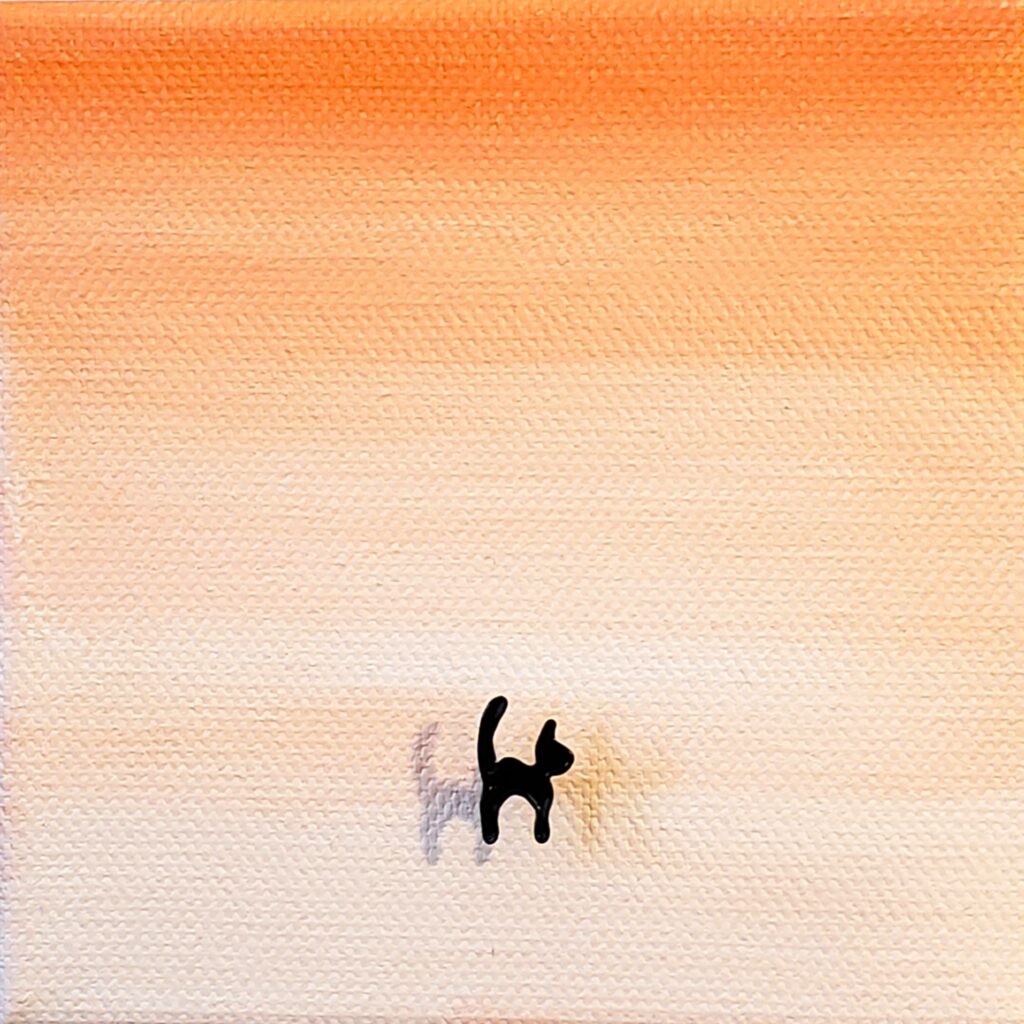
Acrylic, wire, enamel on canvas 4″x4″
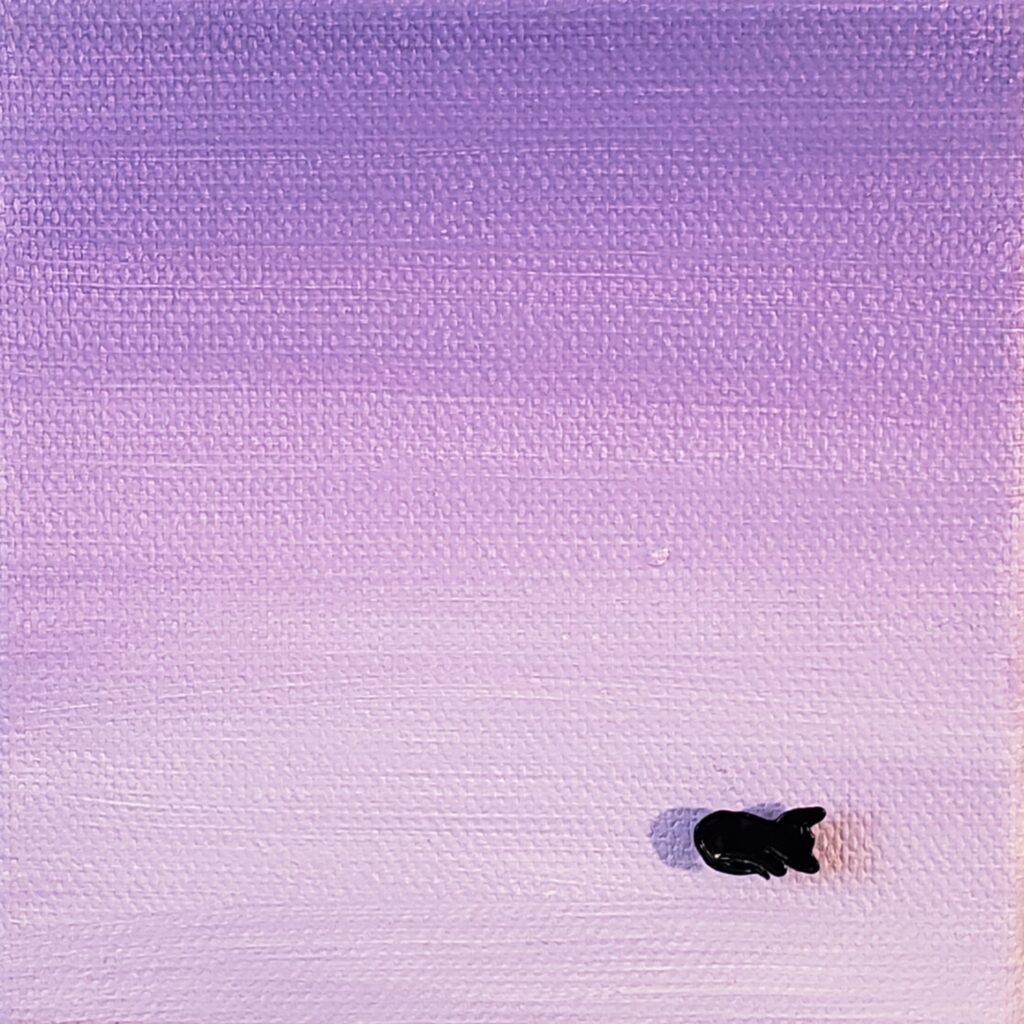
Acrylic, wire, enamel on canvas 4″x4″
Complex Minimalism
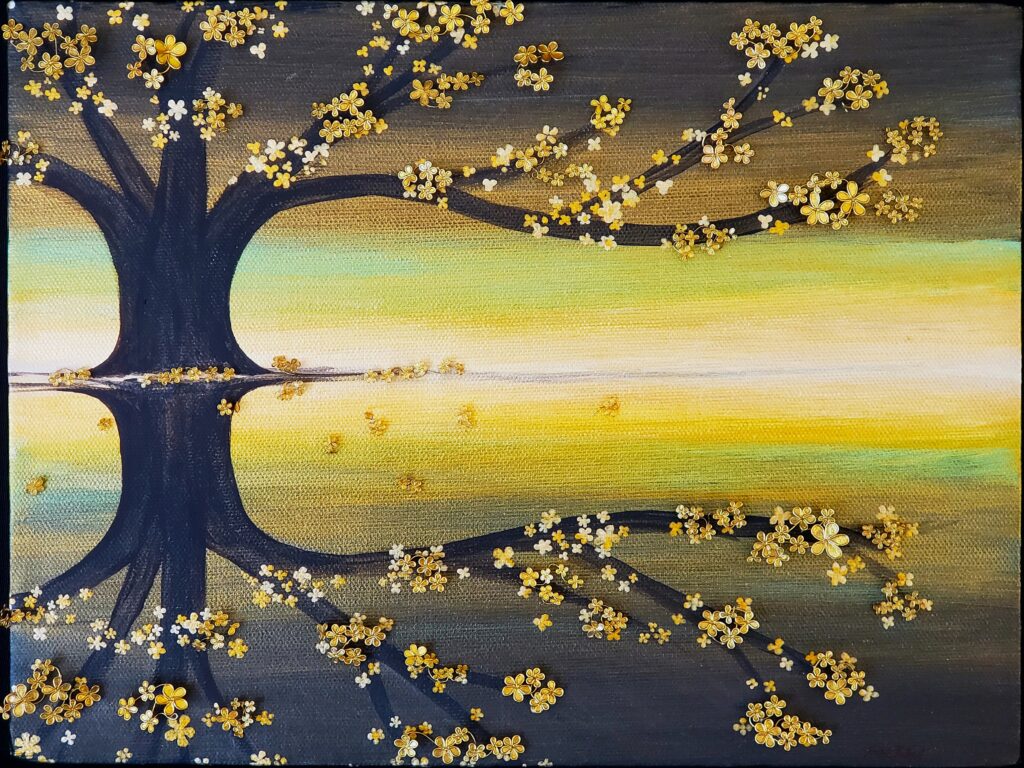
Acrylic, wire and enamel on canvas
12″x9″x1.5″
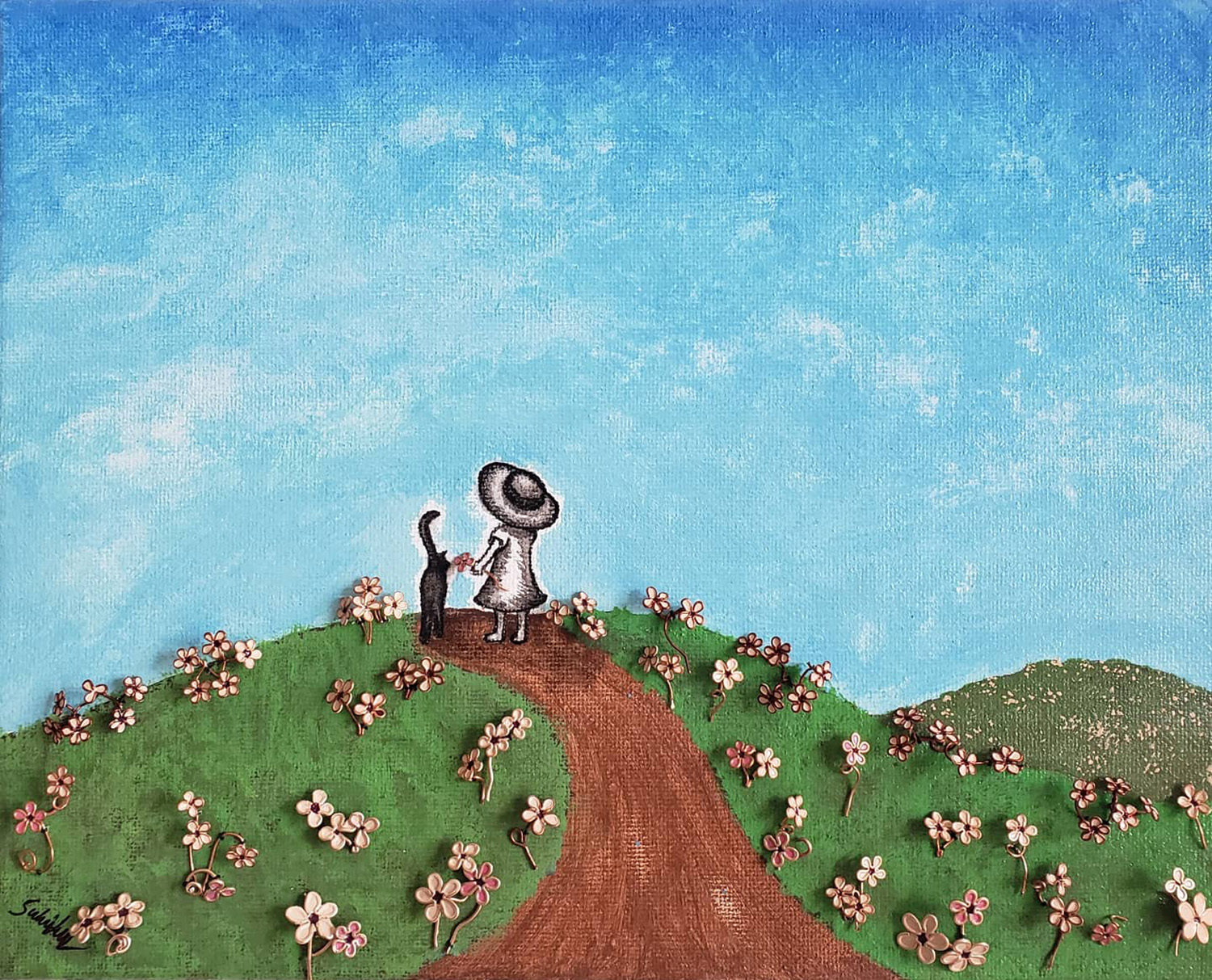
Acrylic, wire, enamel on canvas
8″x10″
